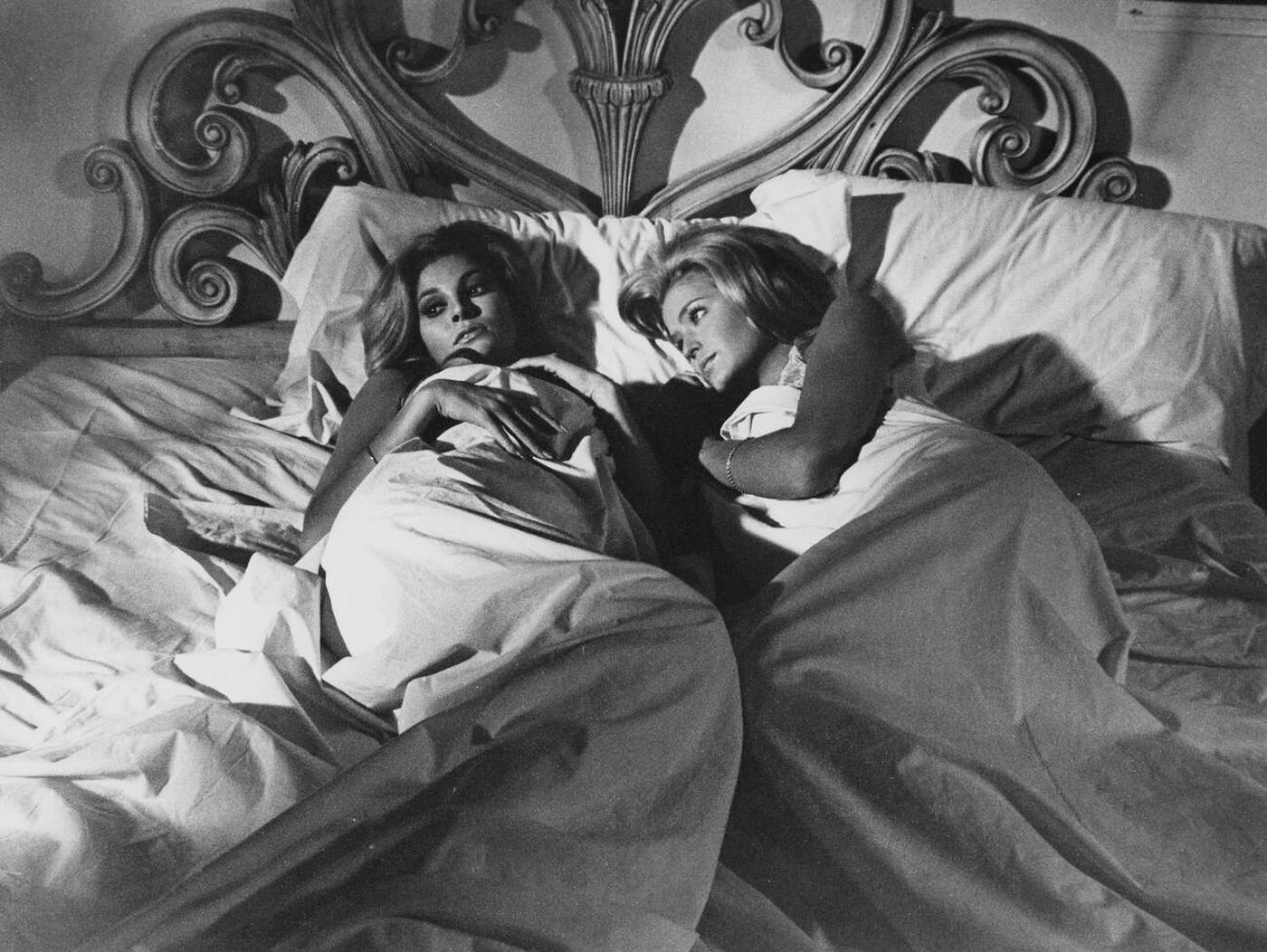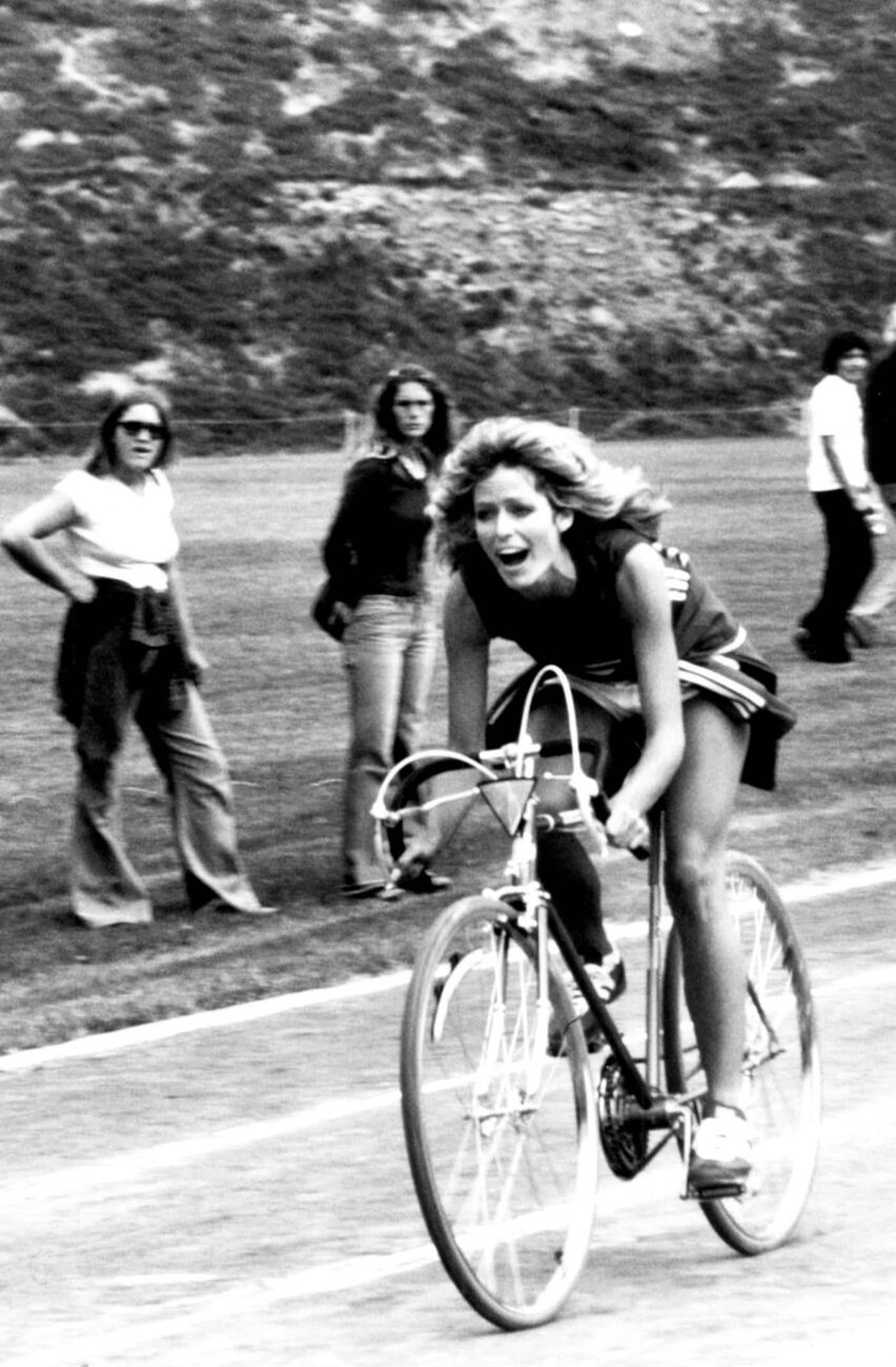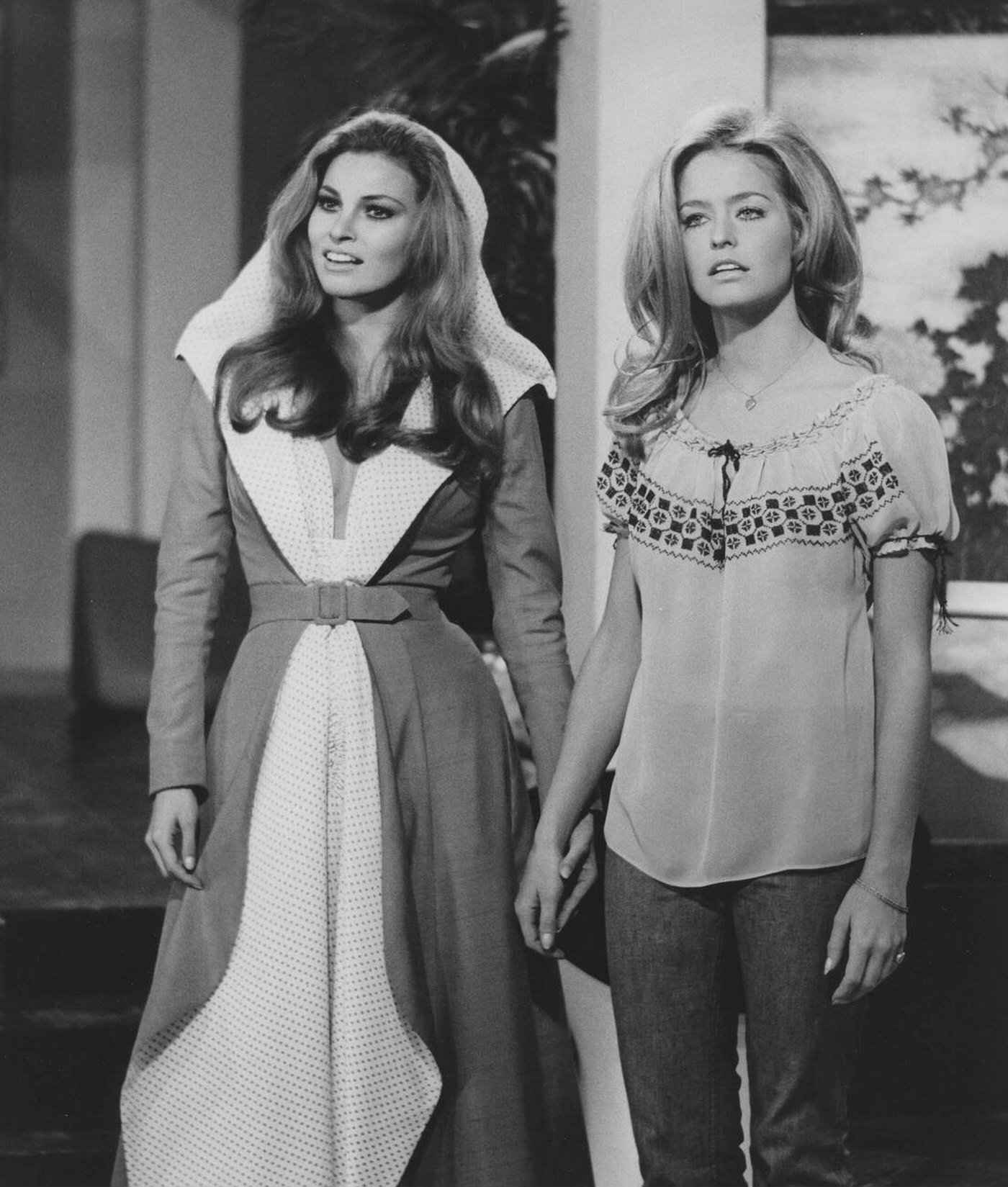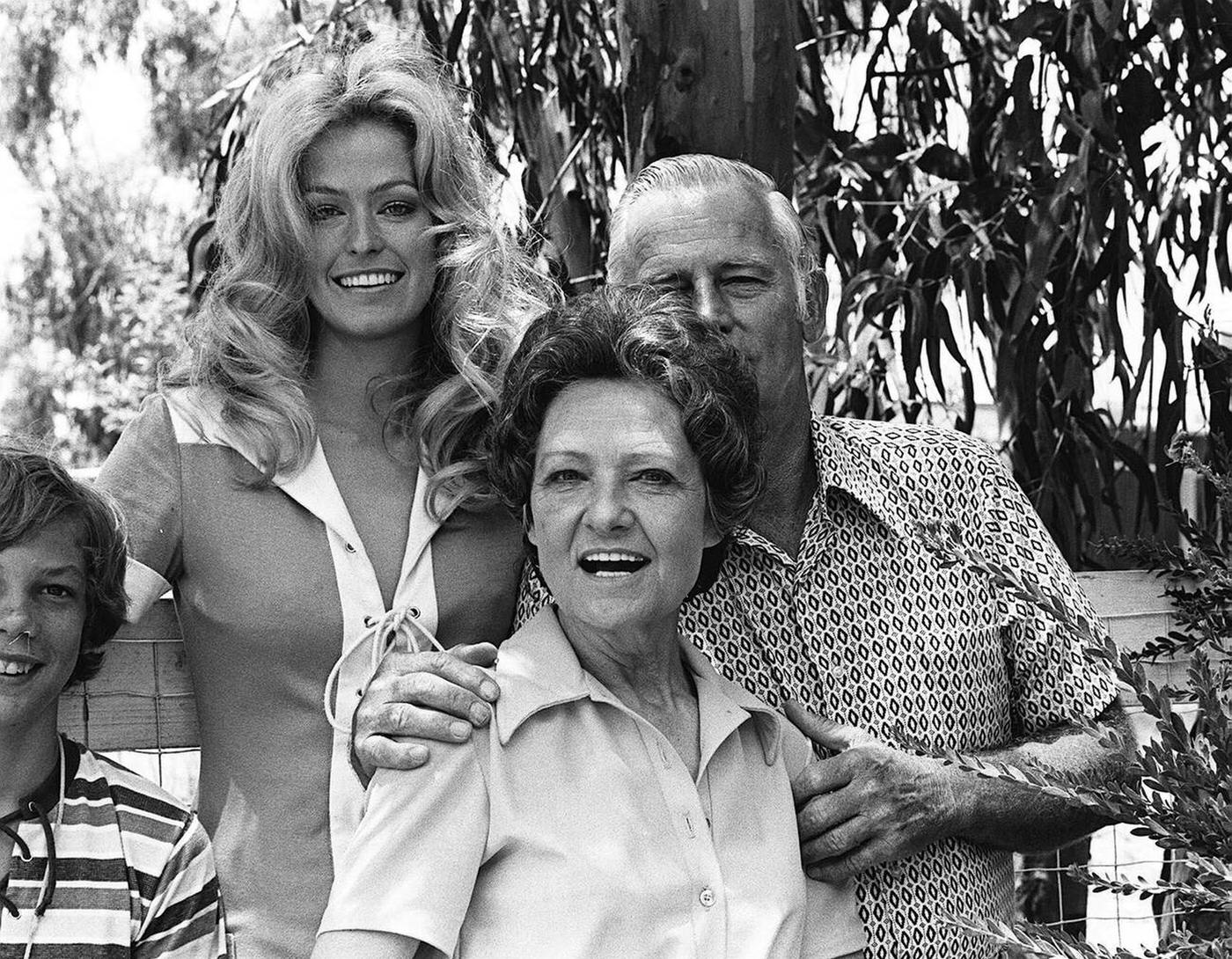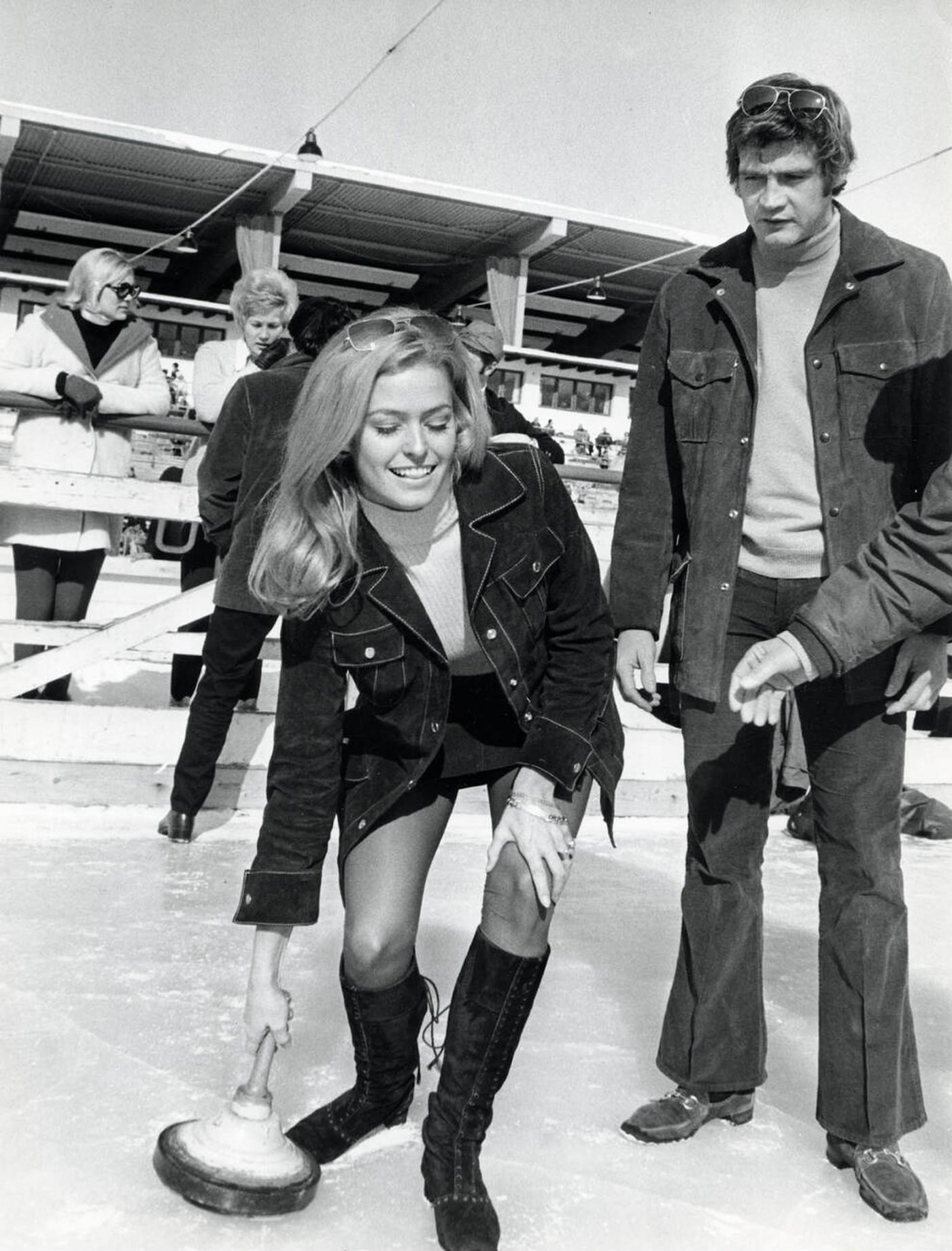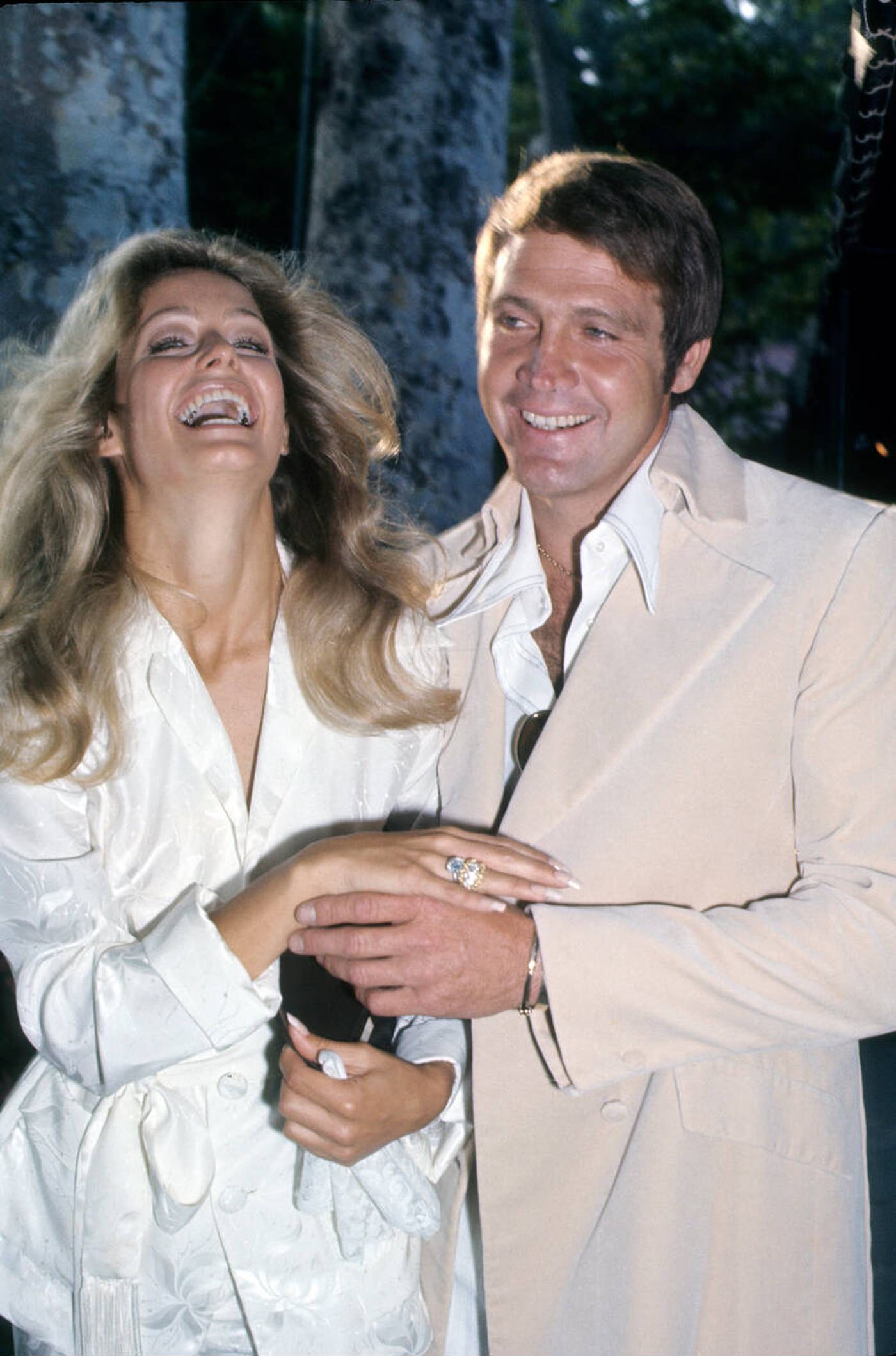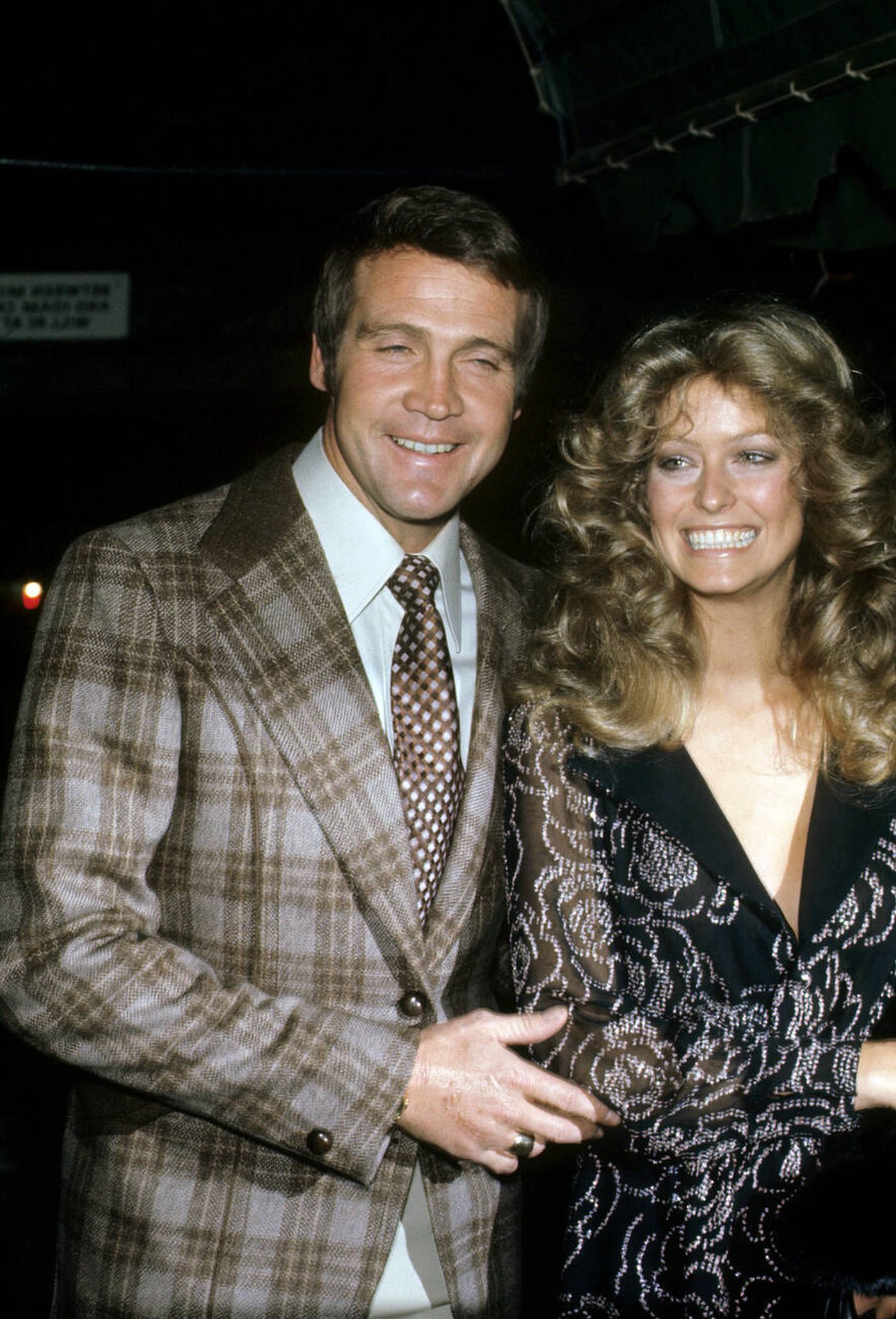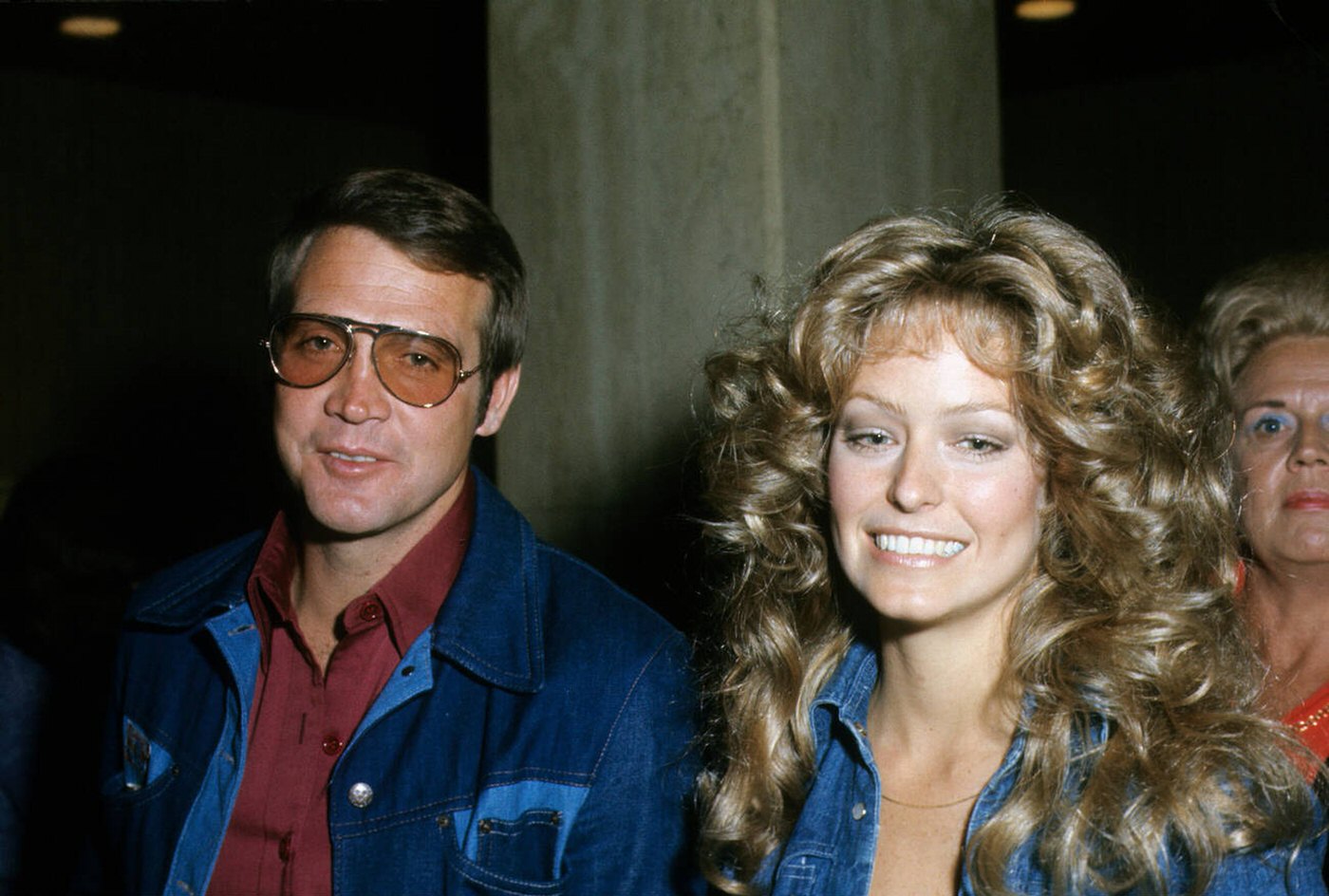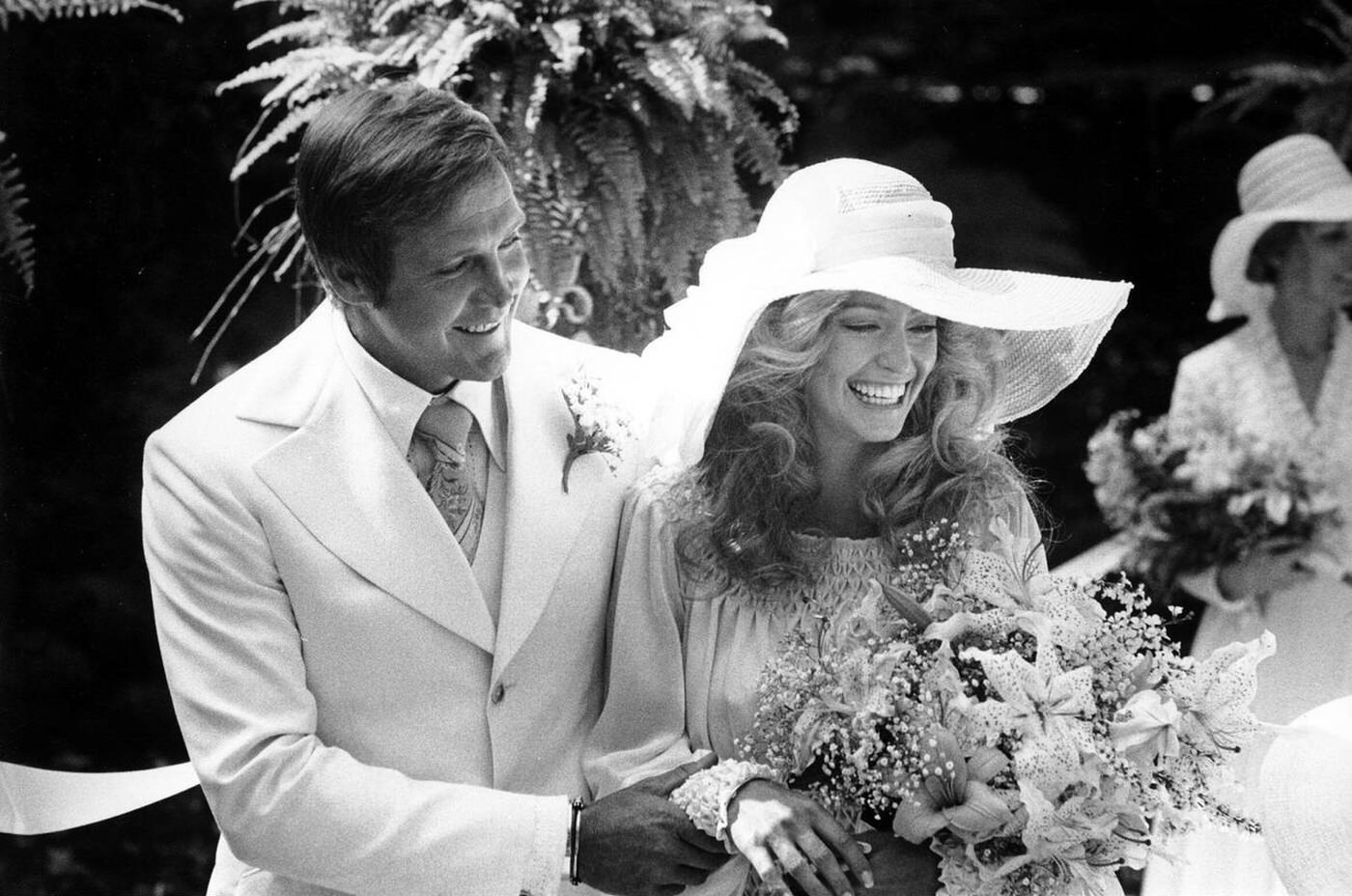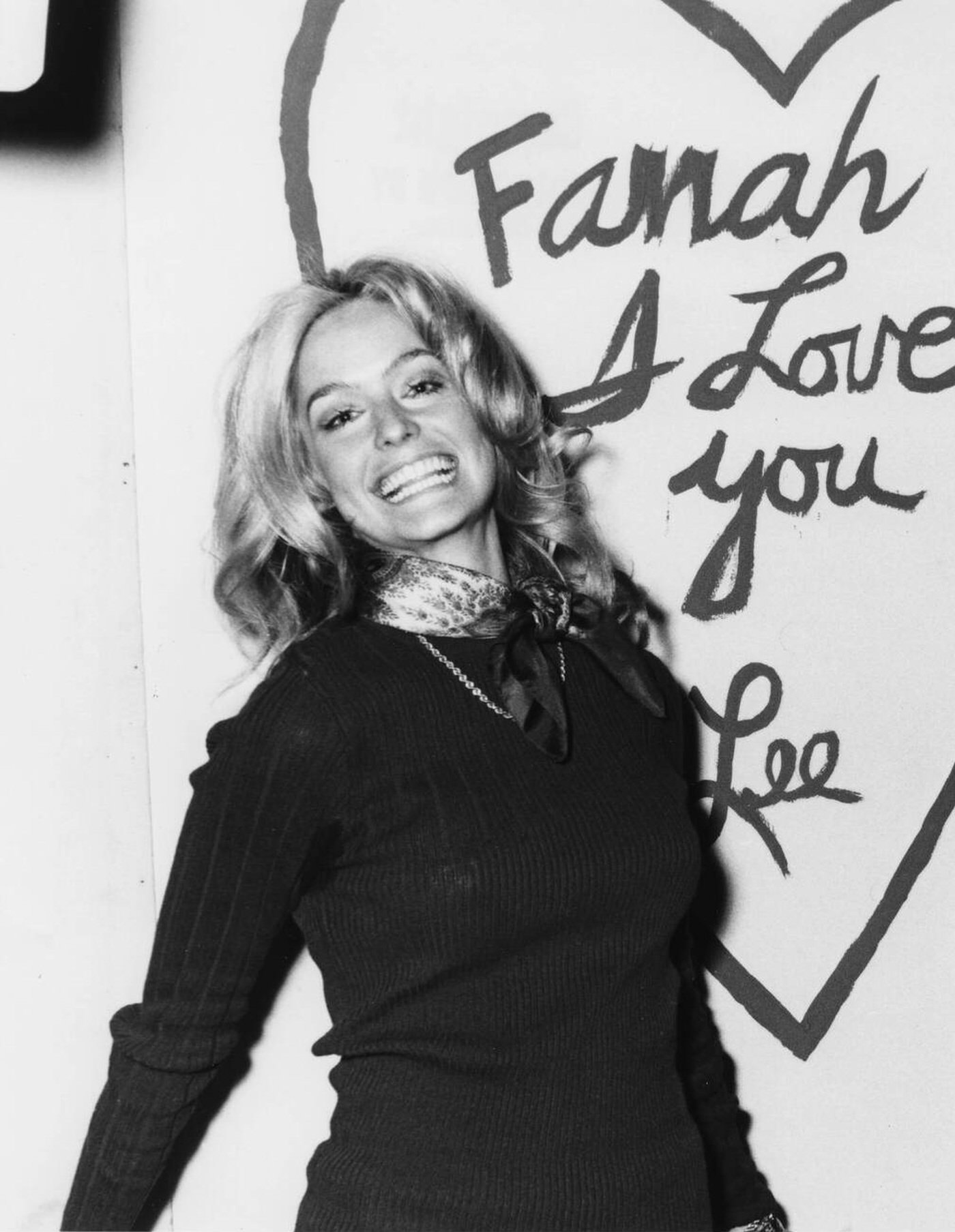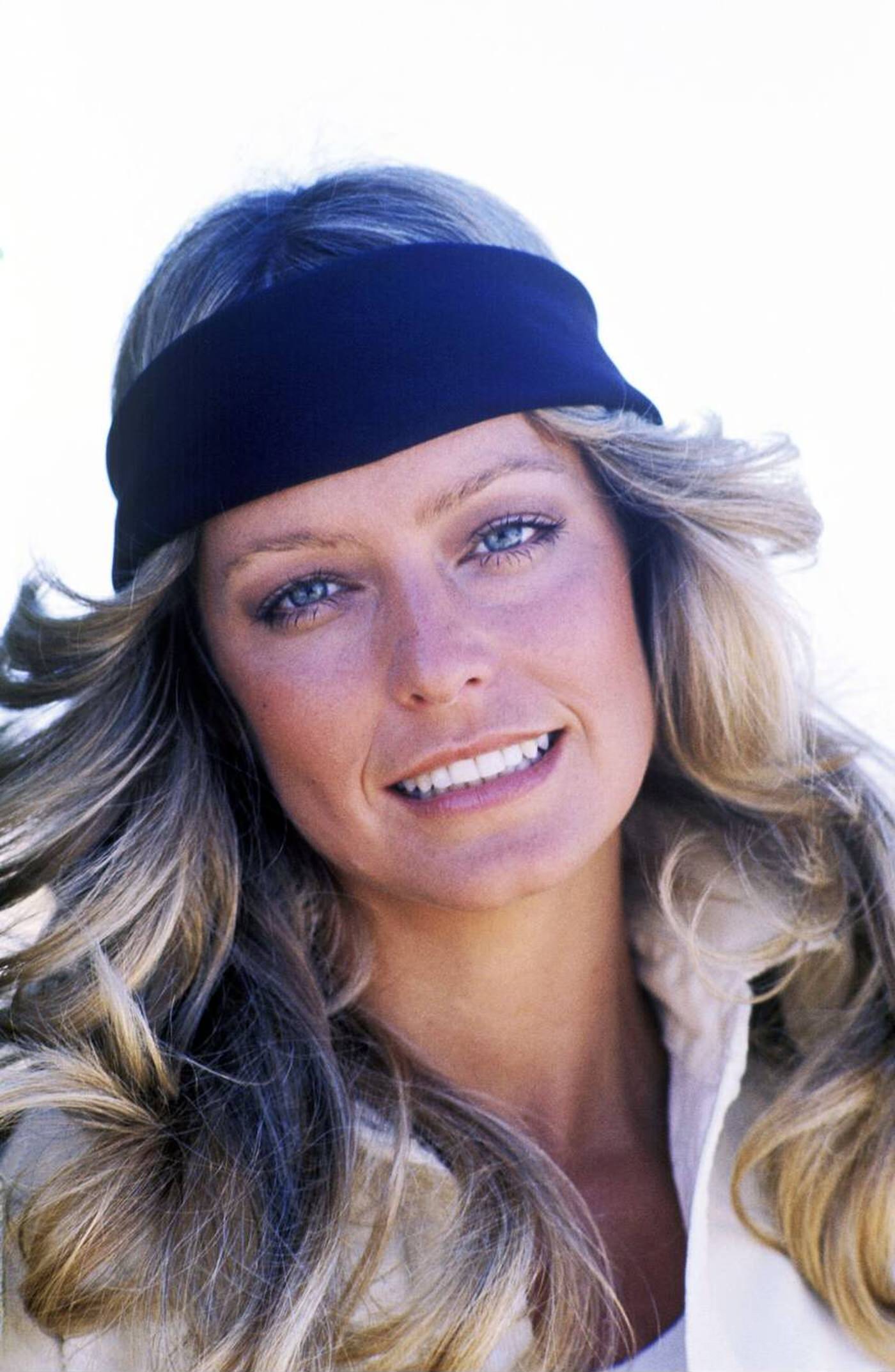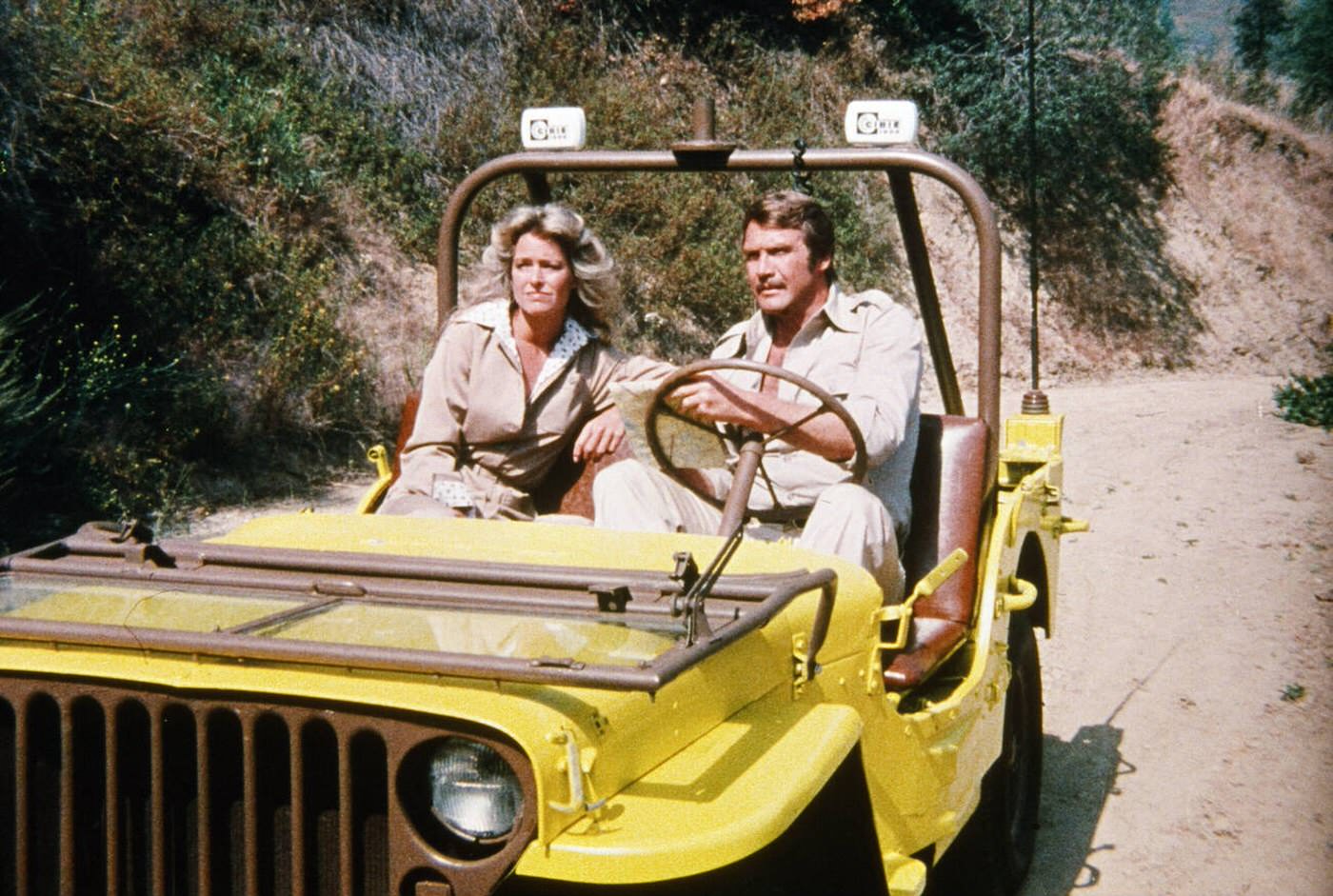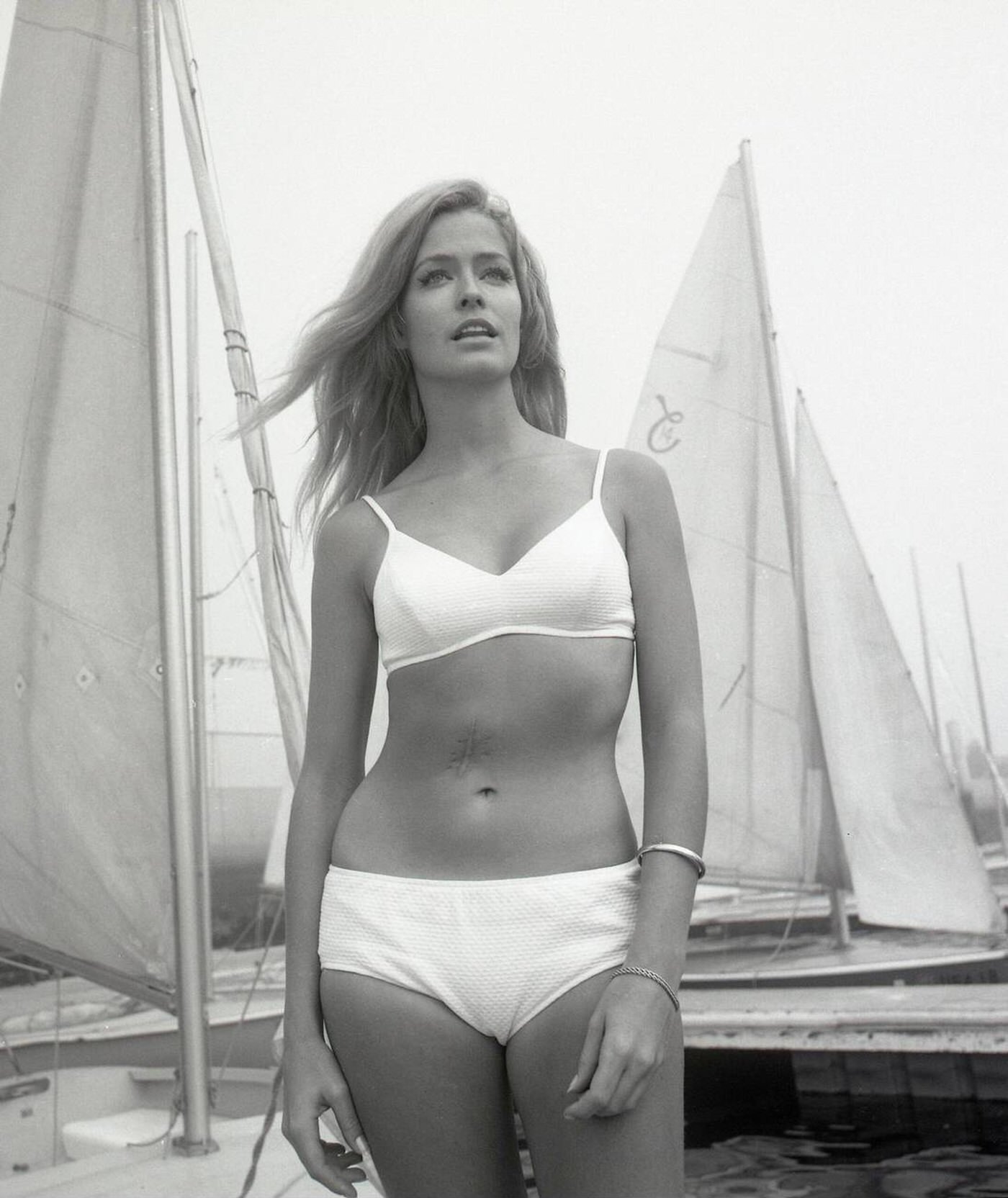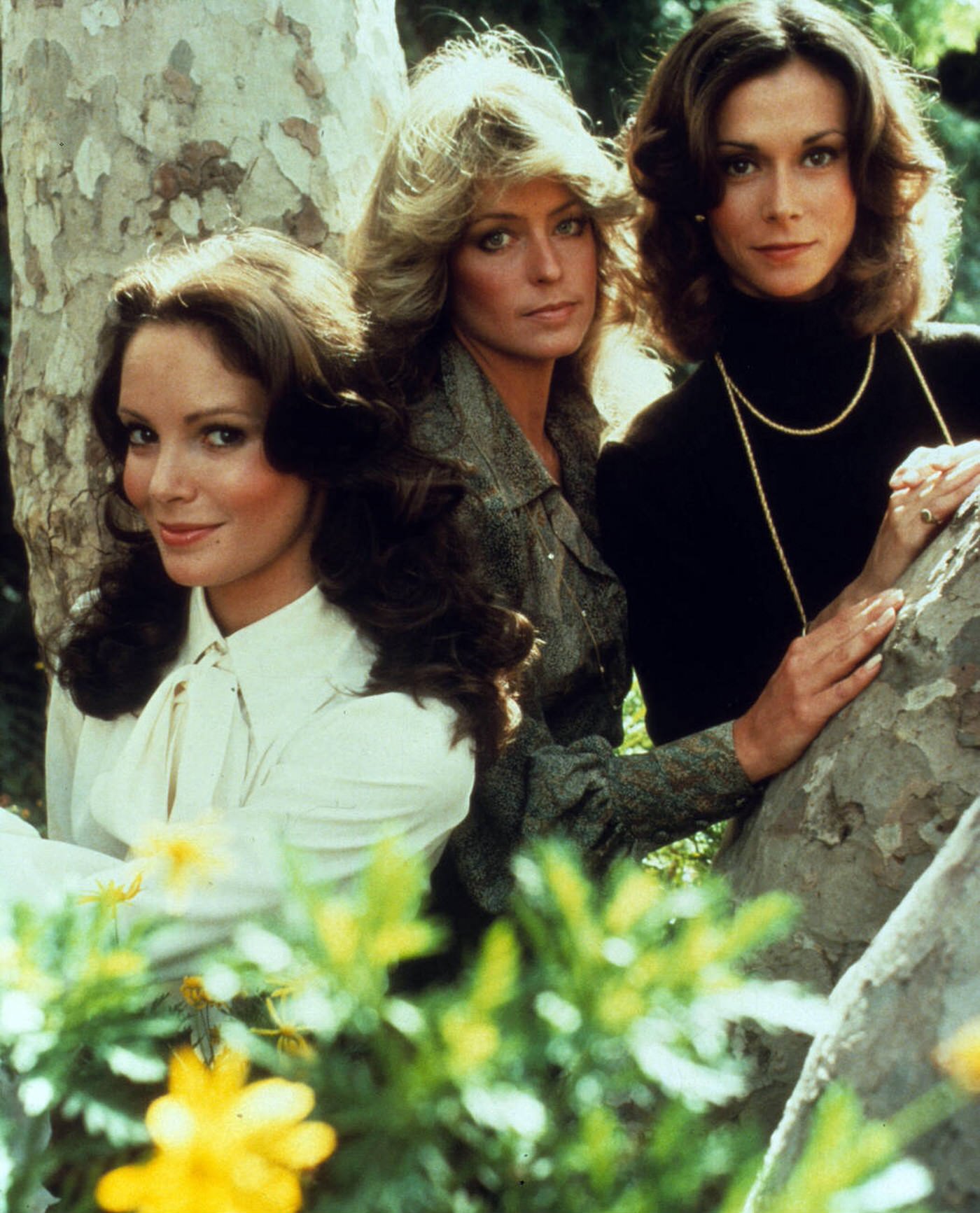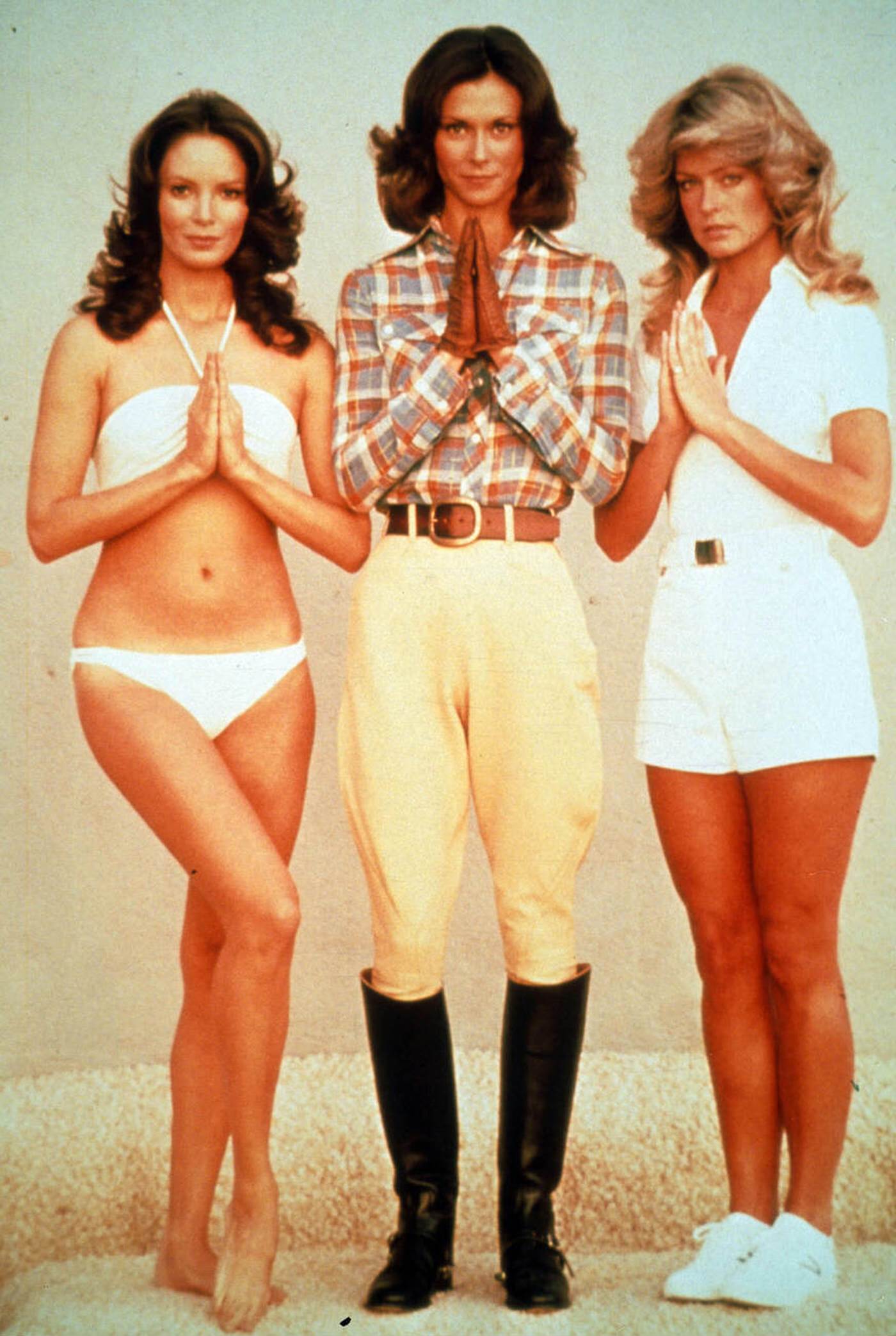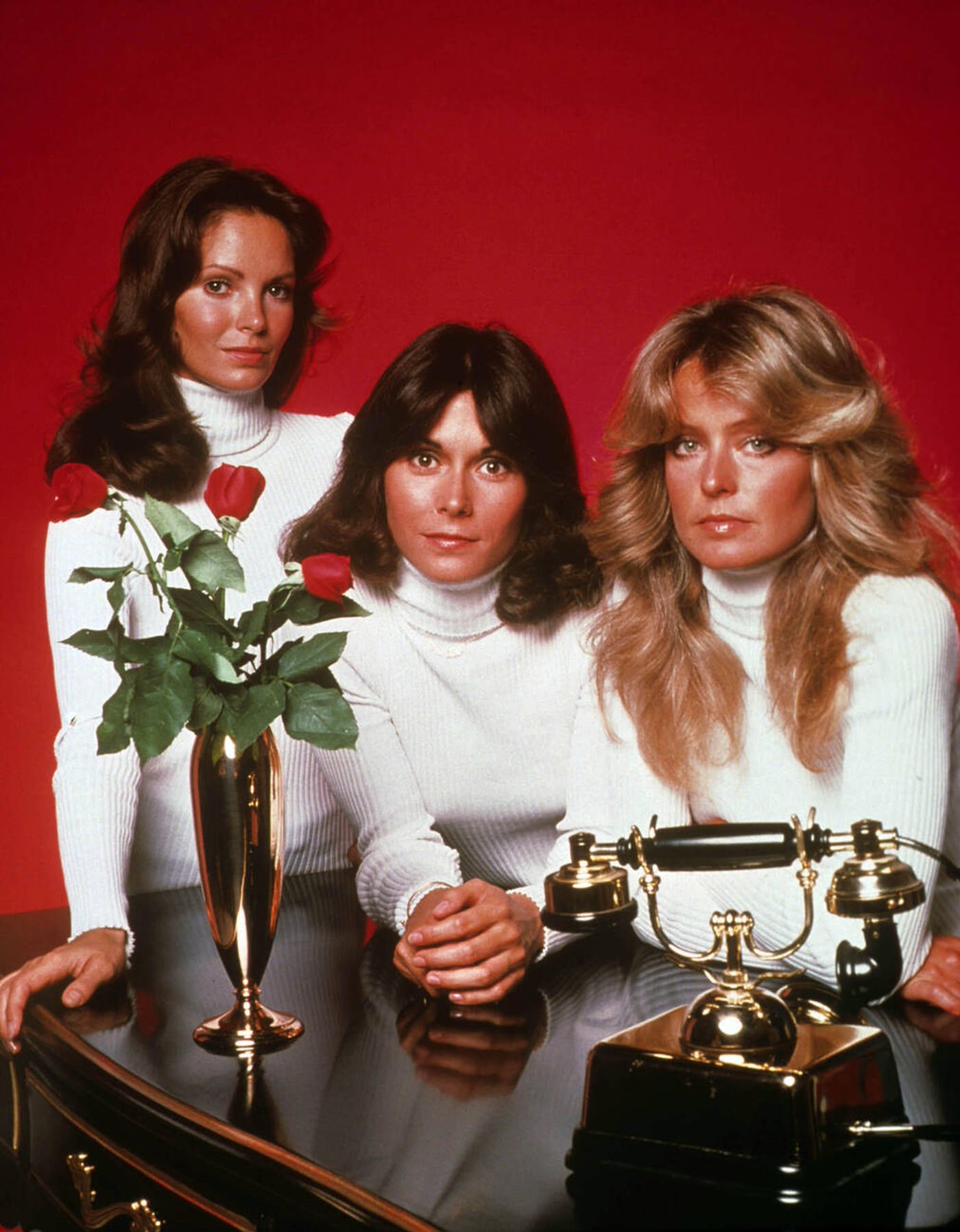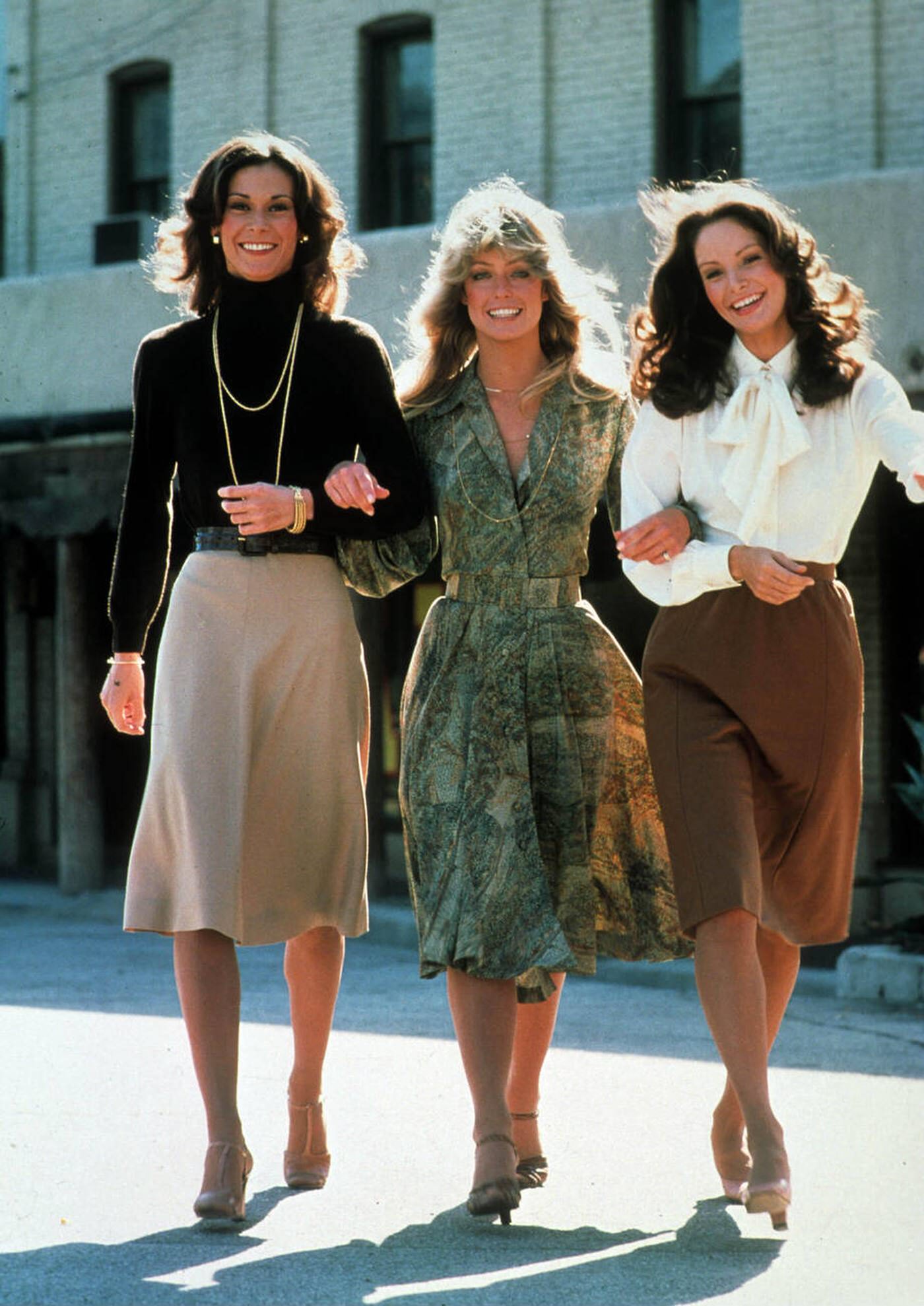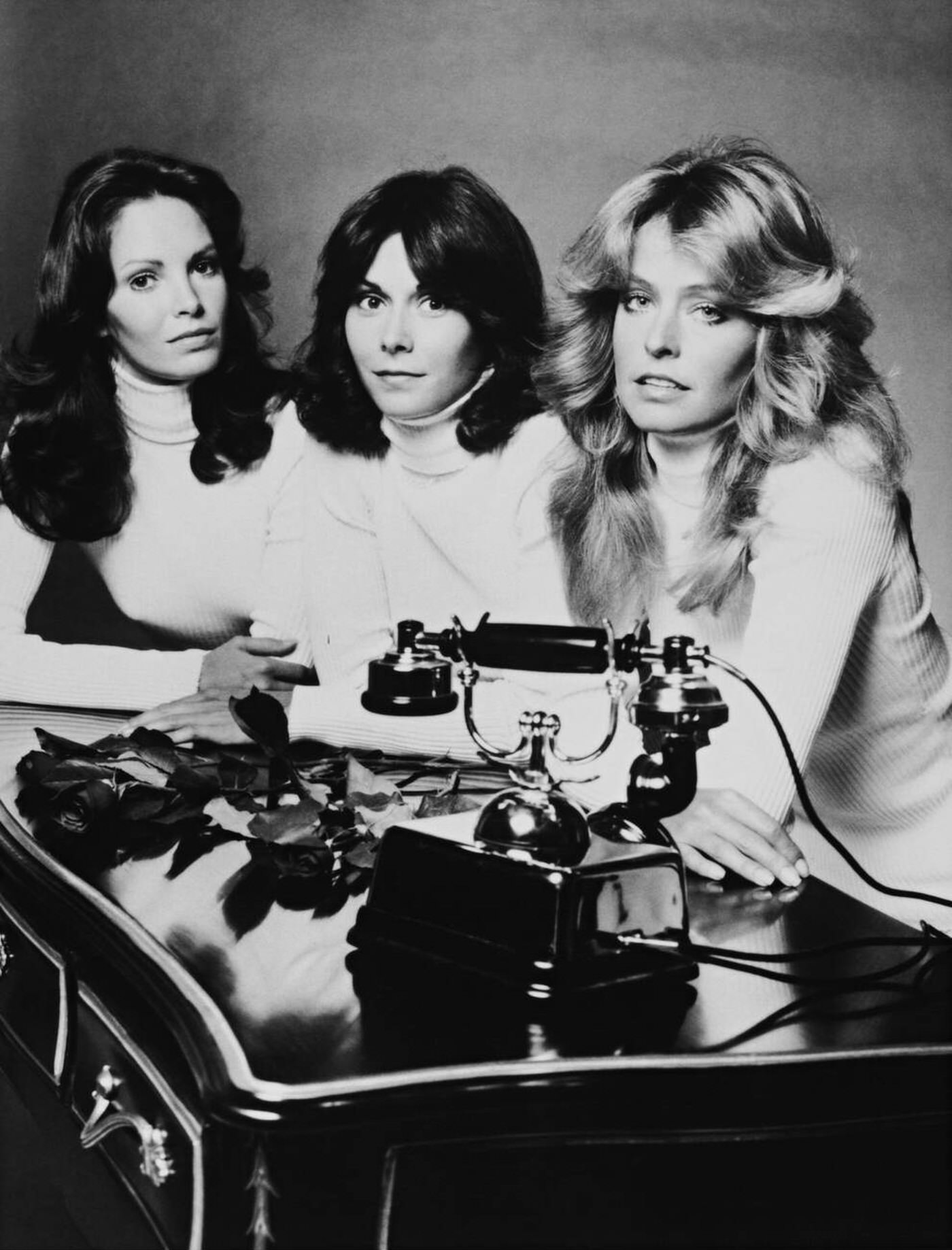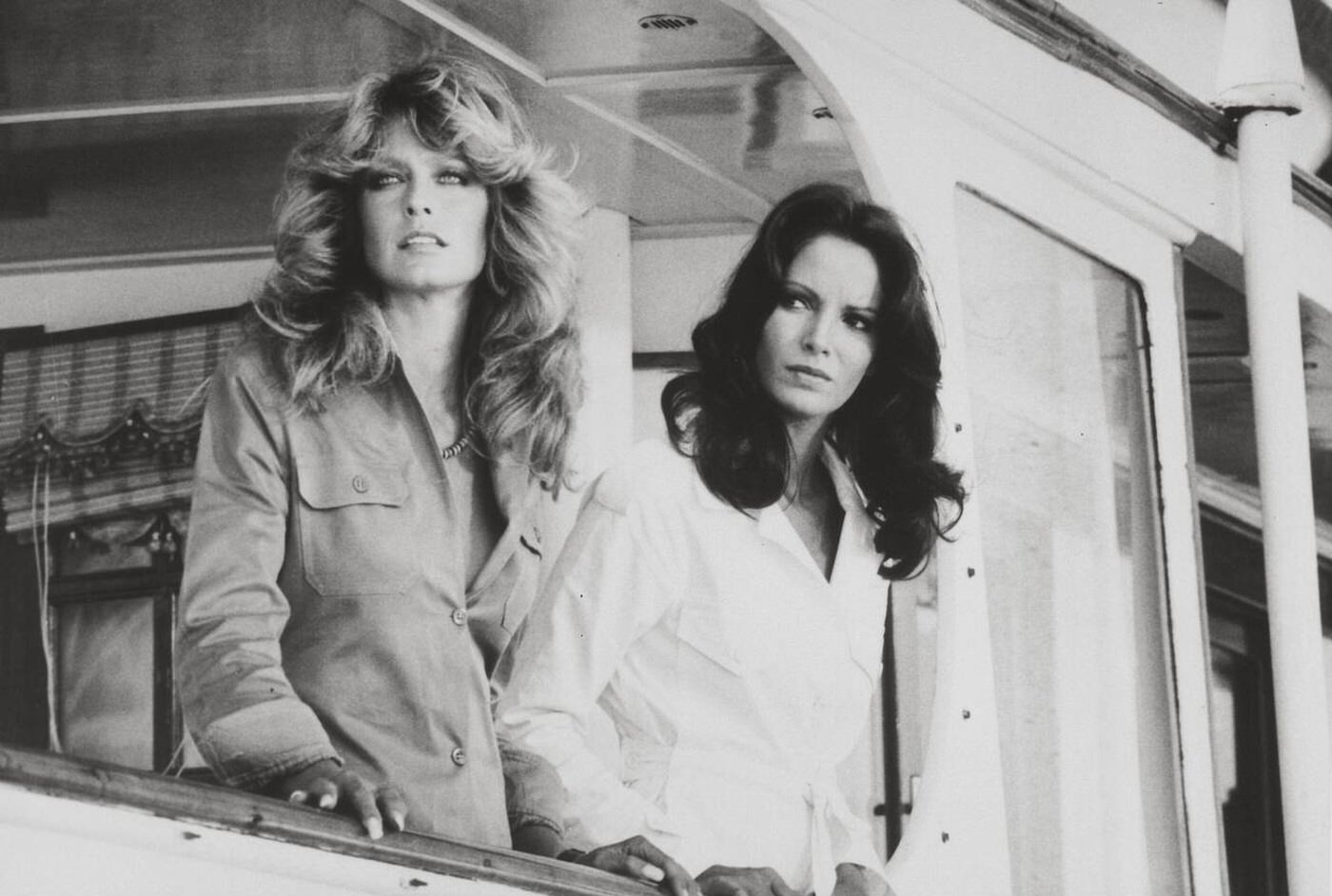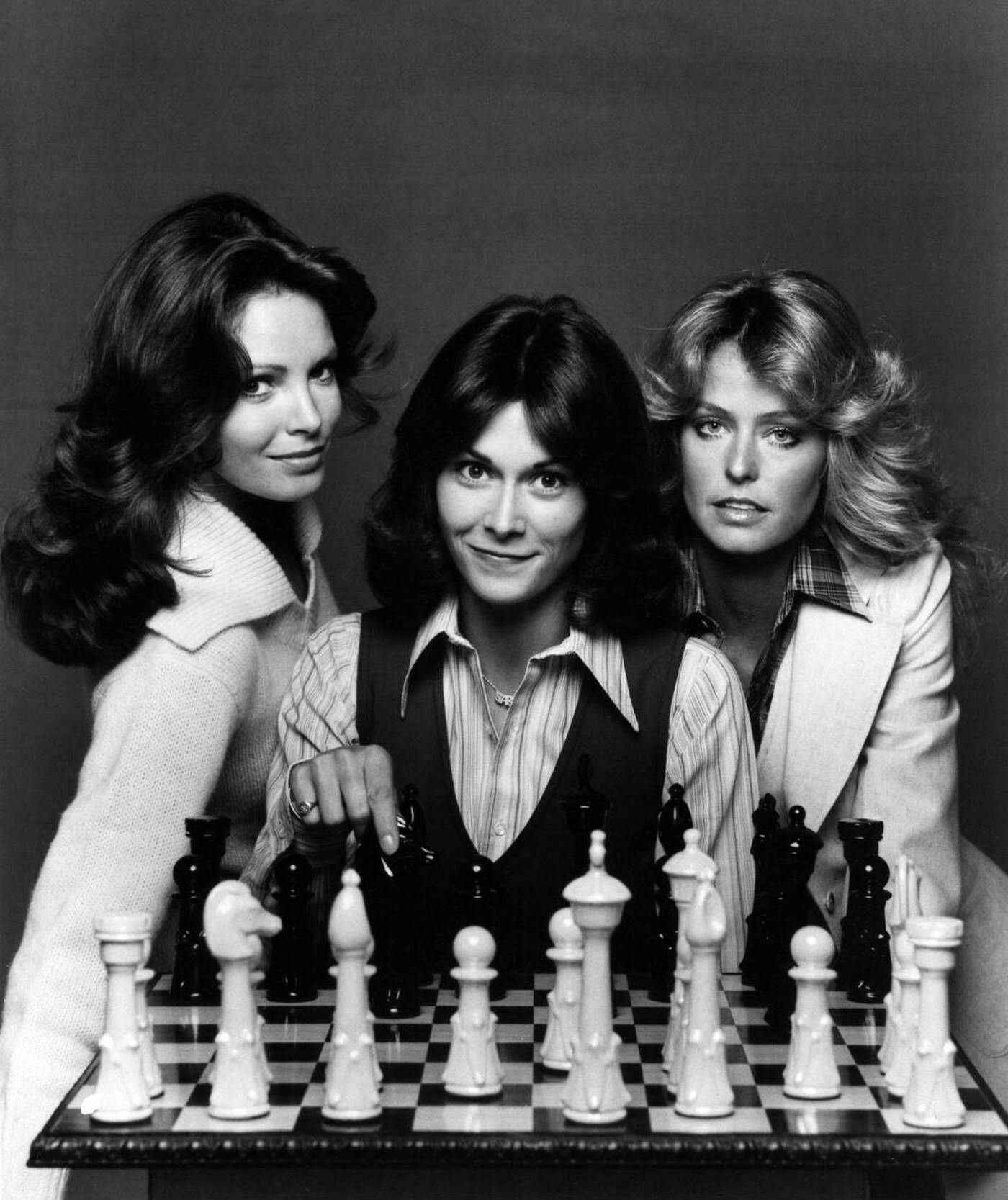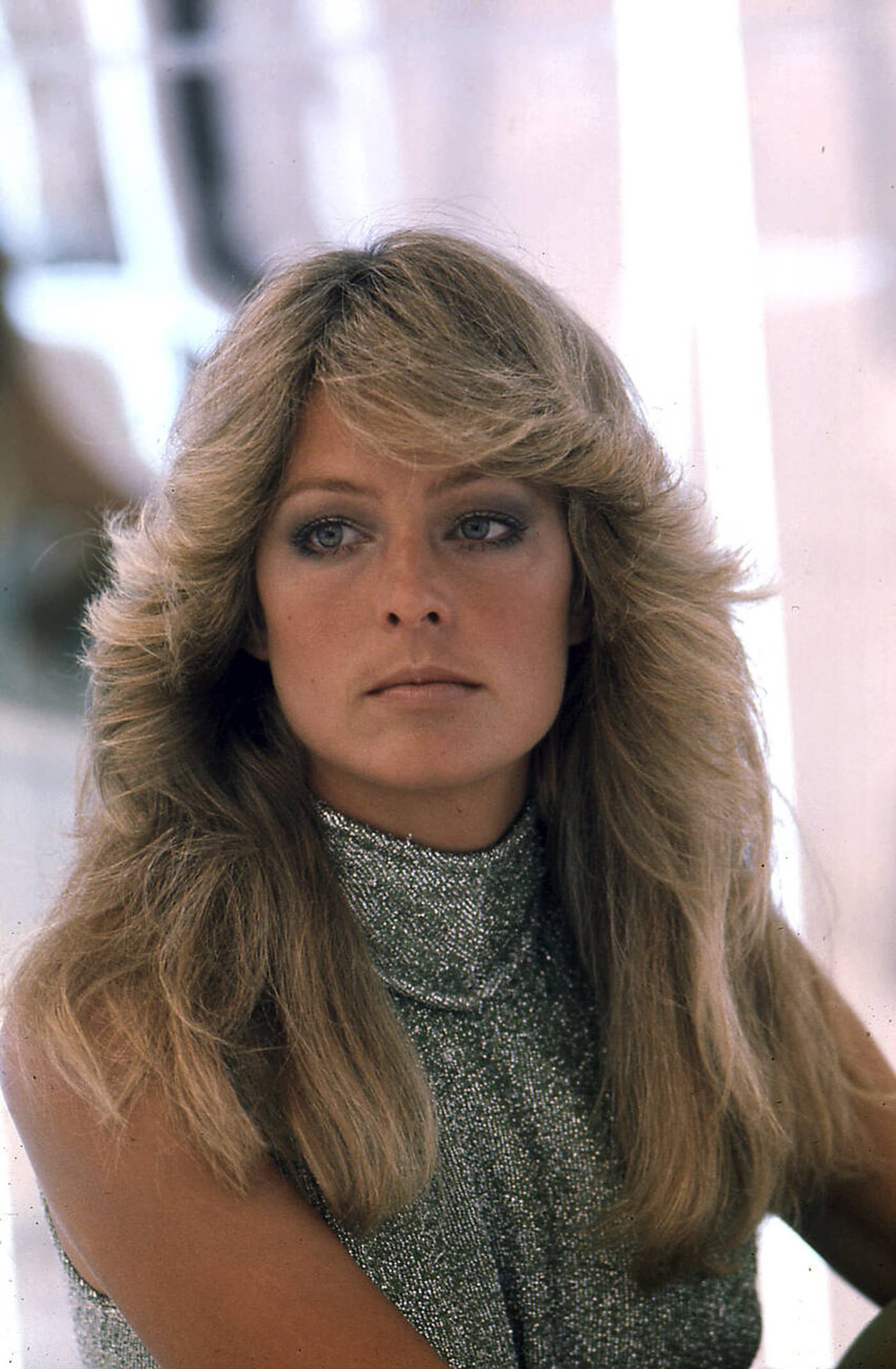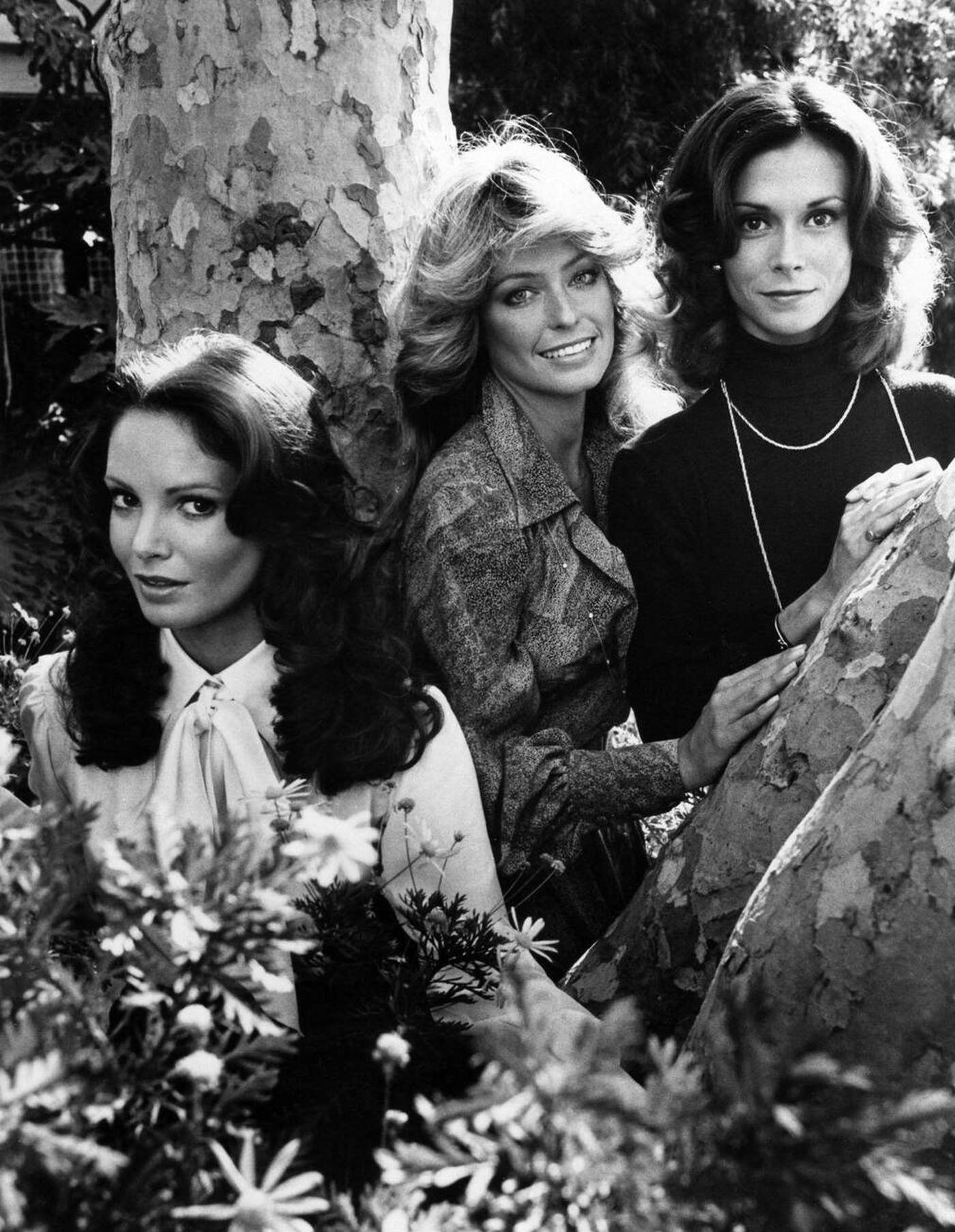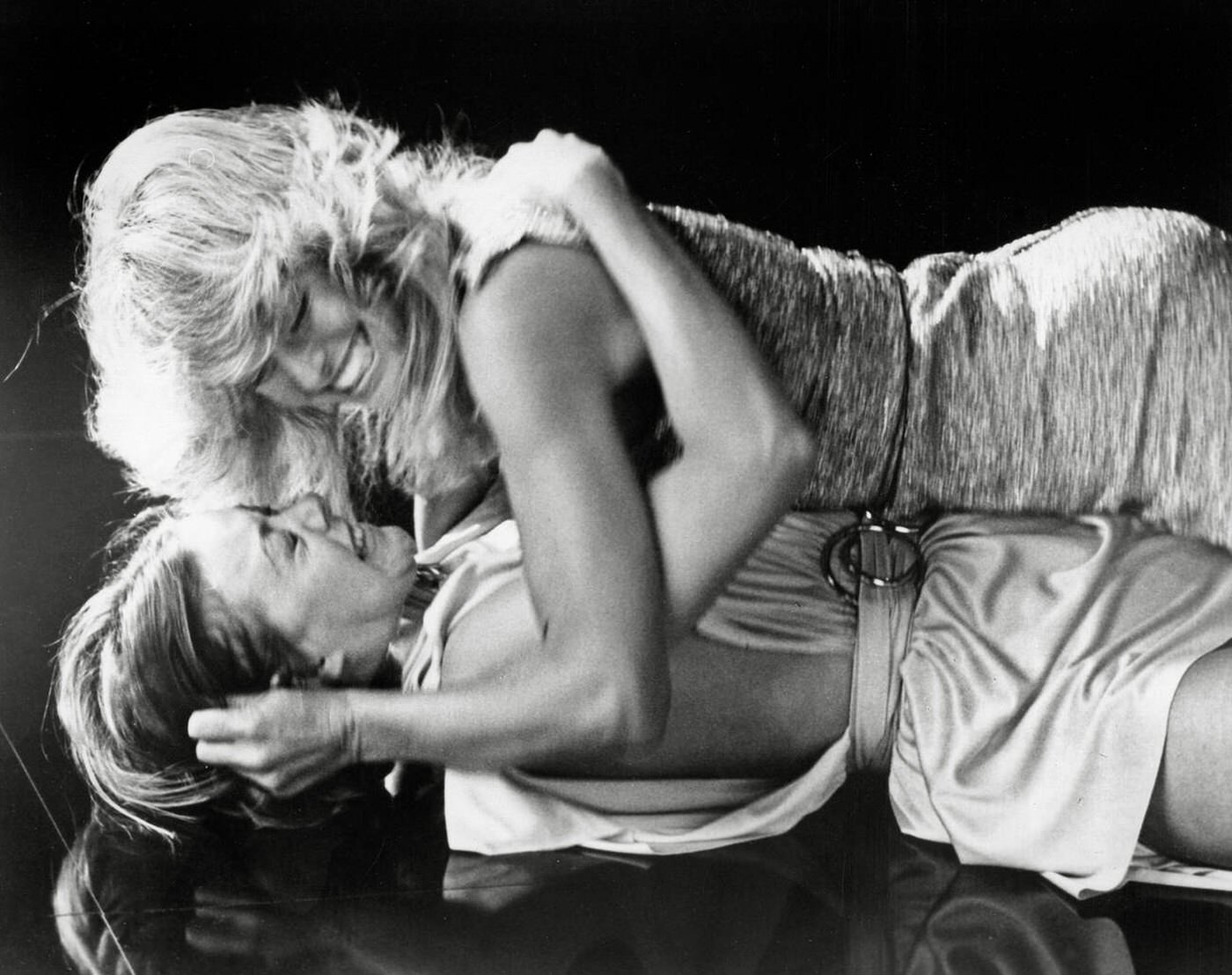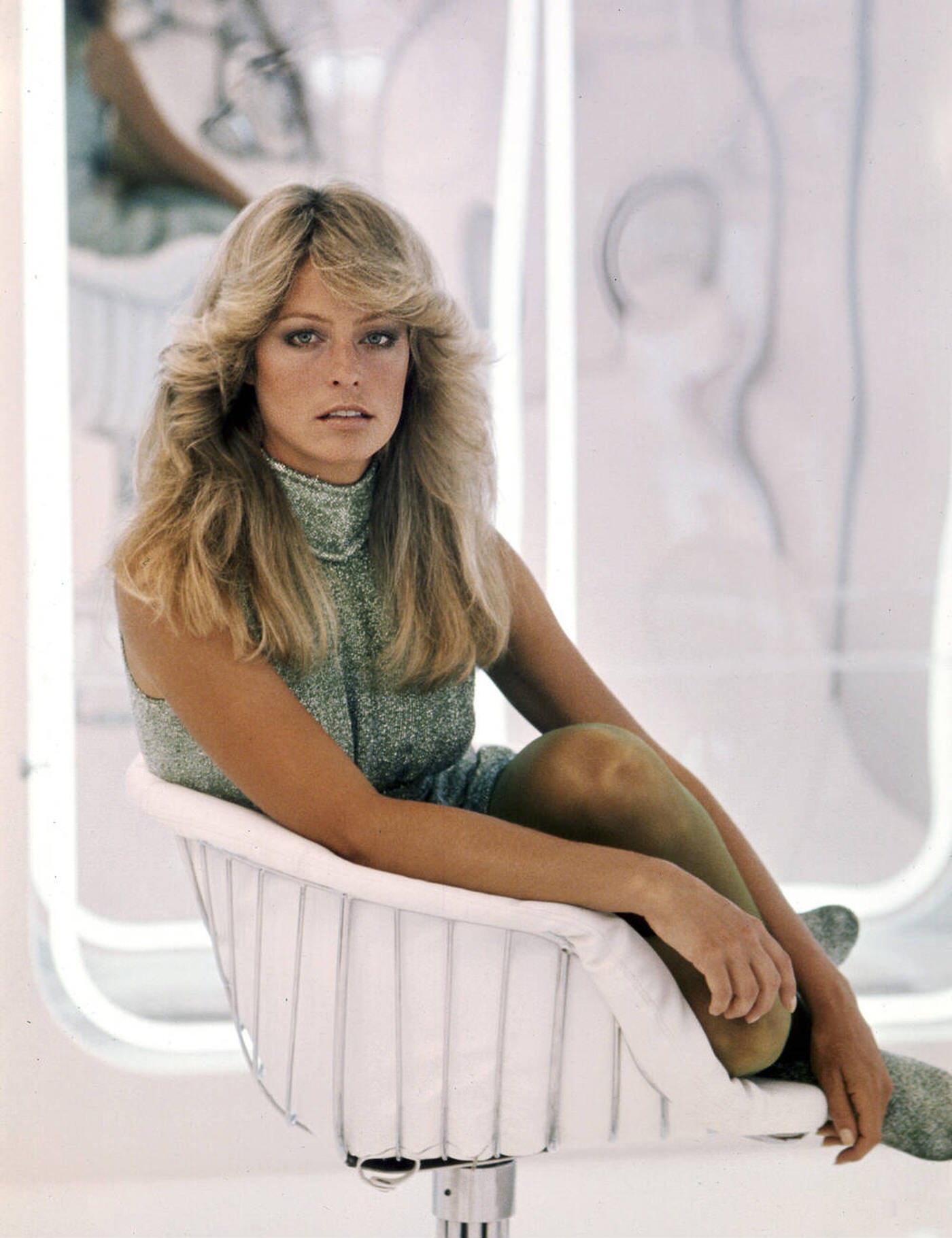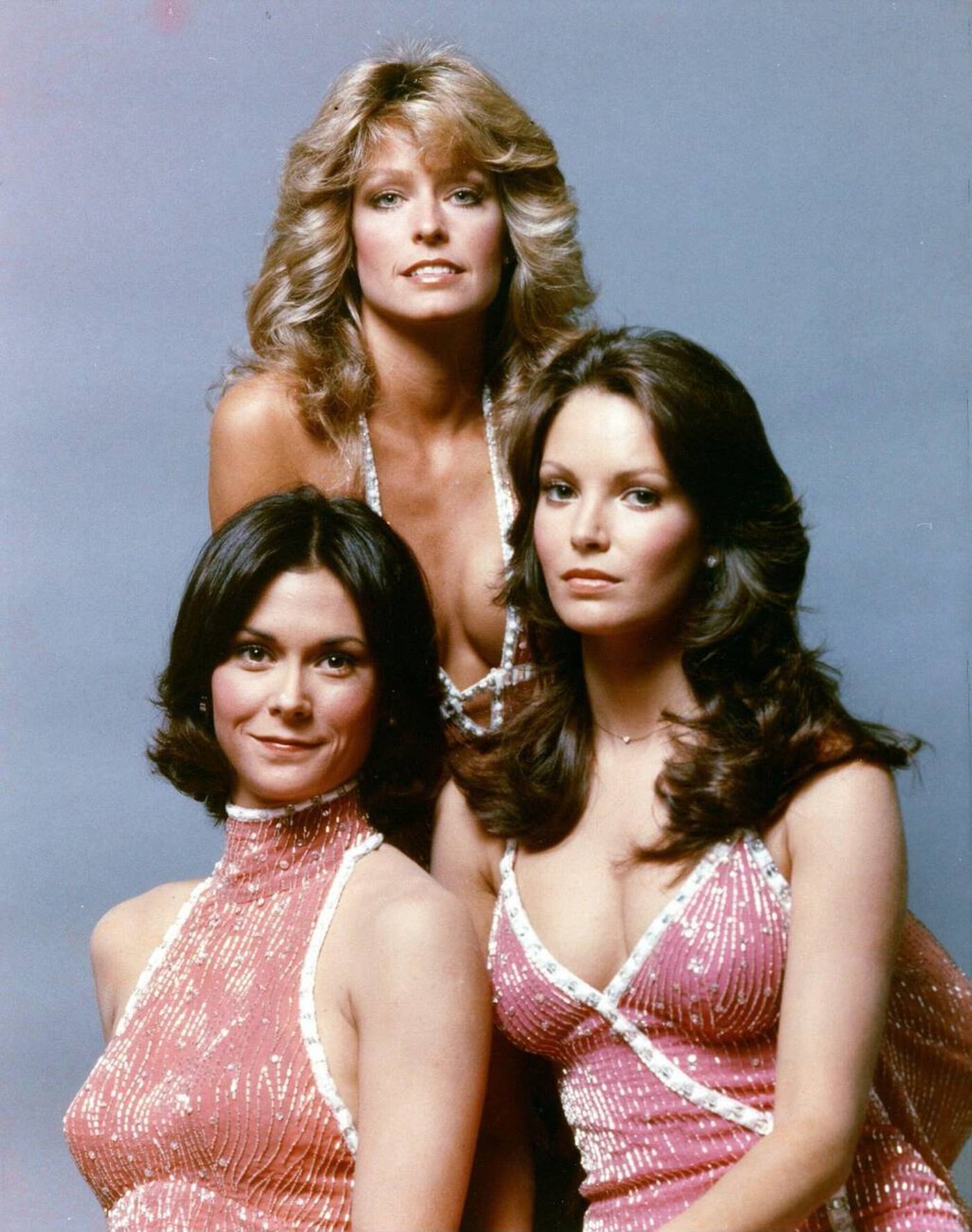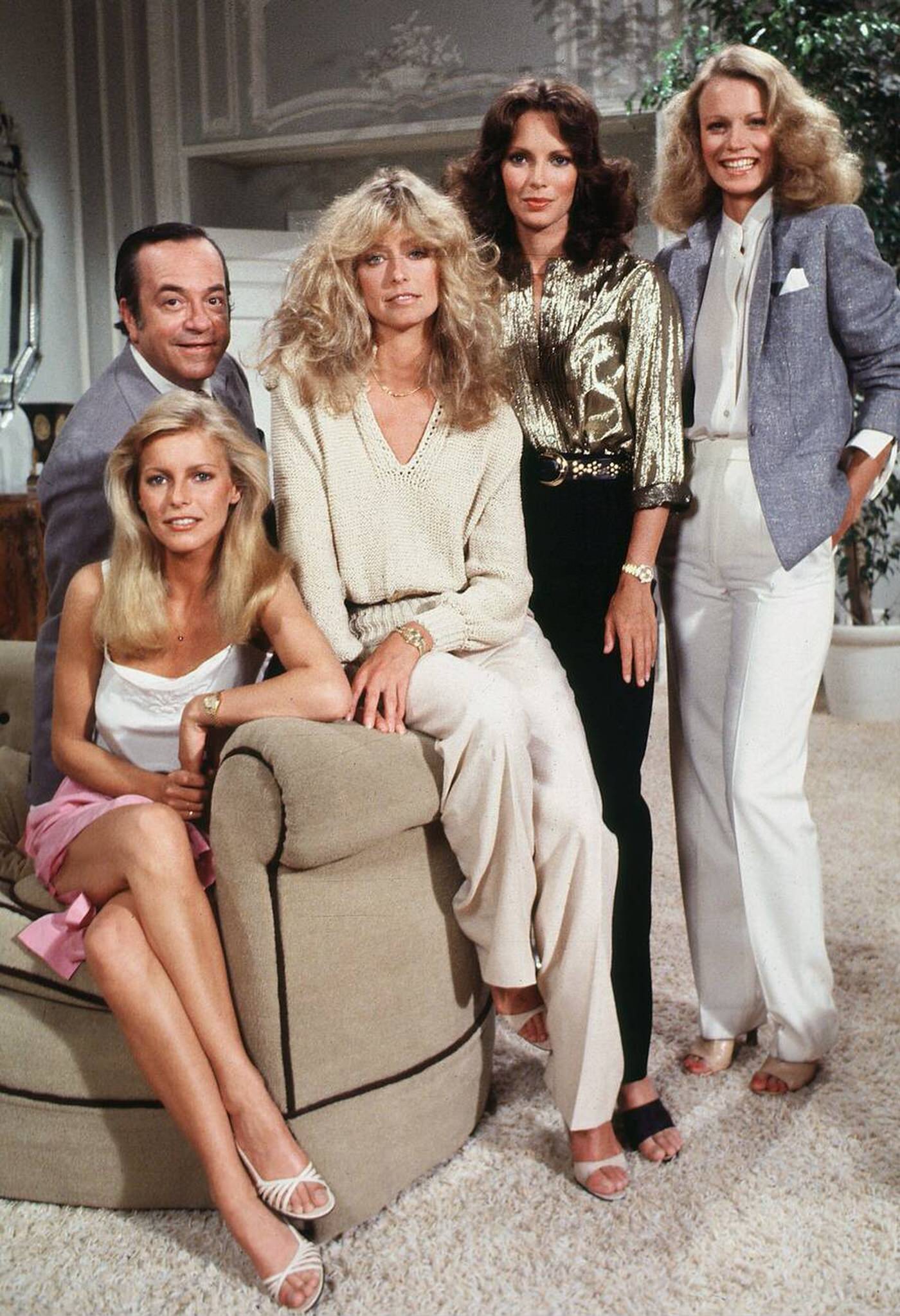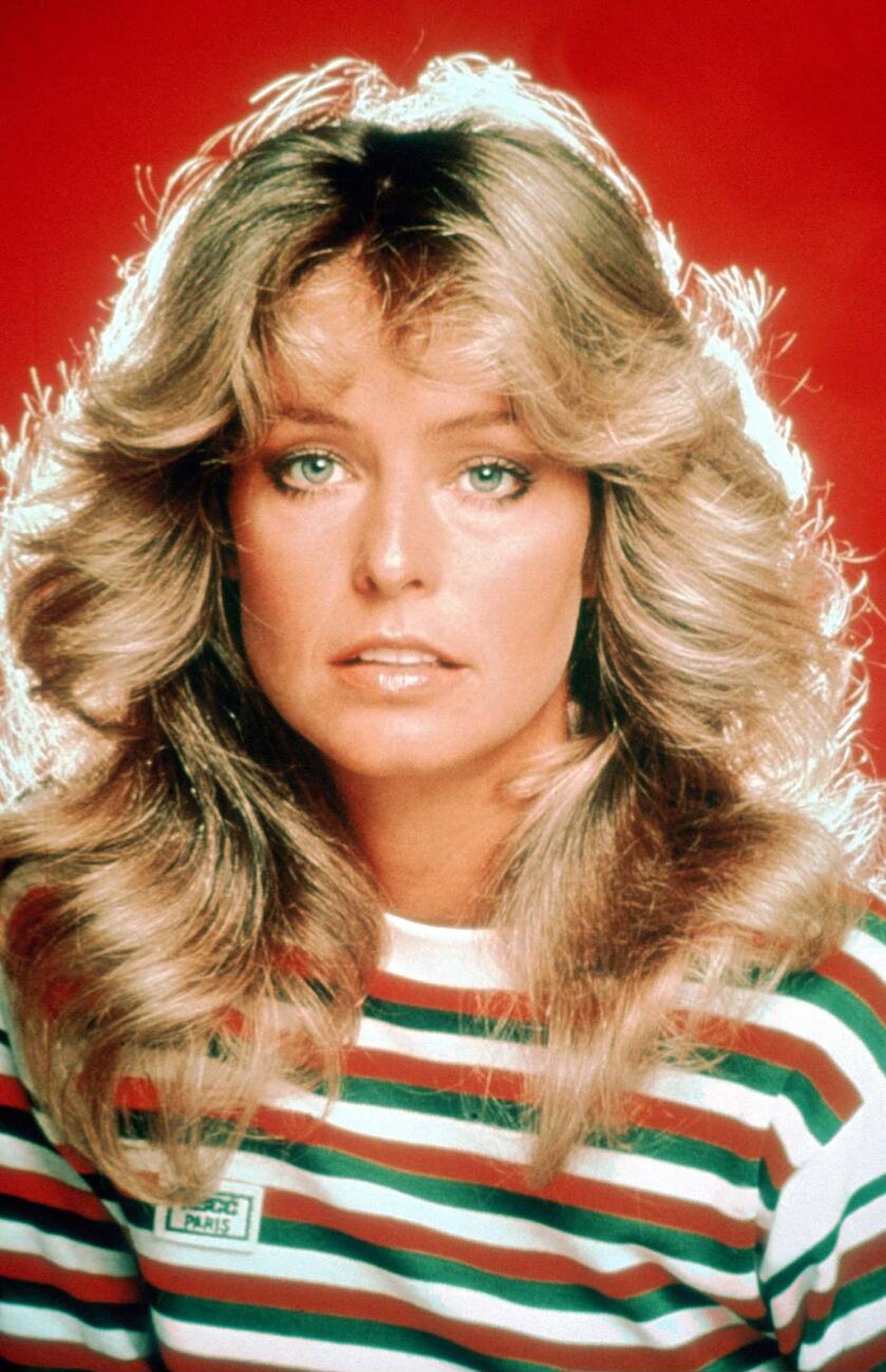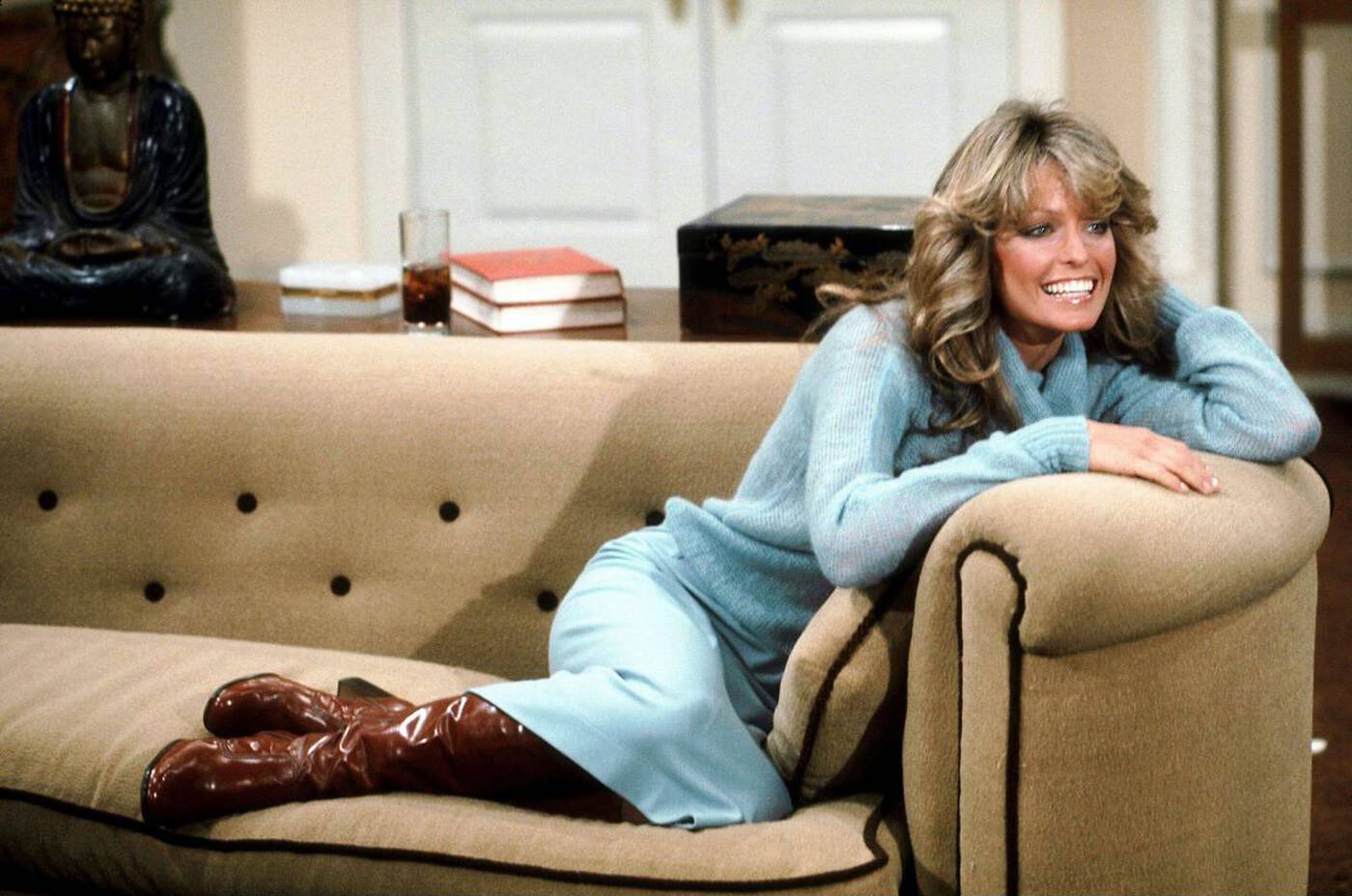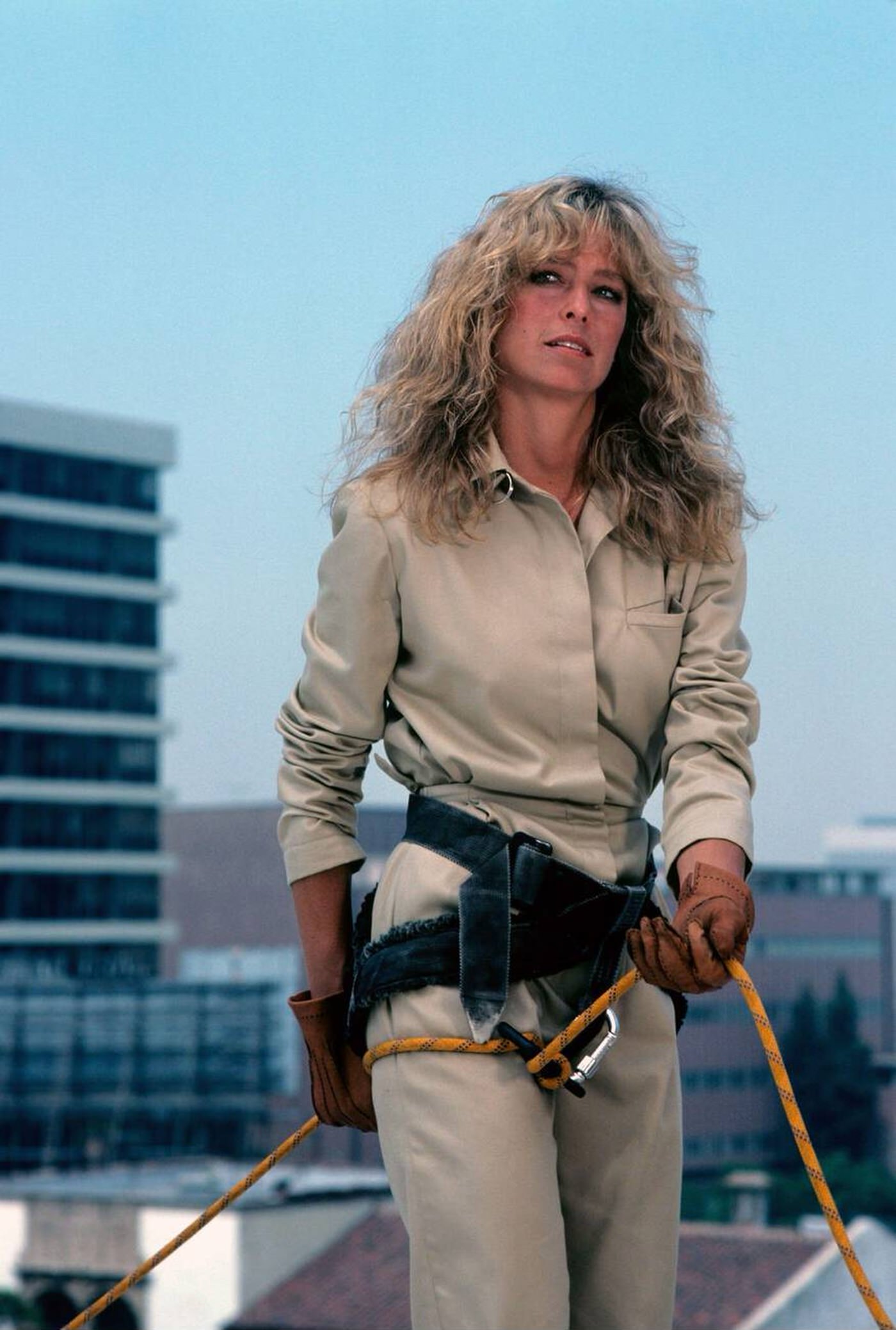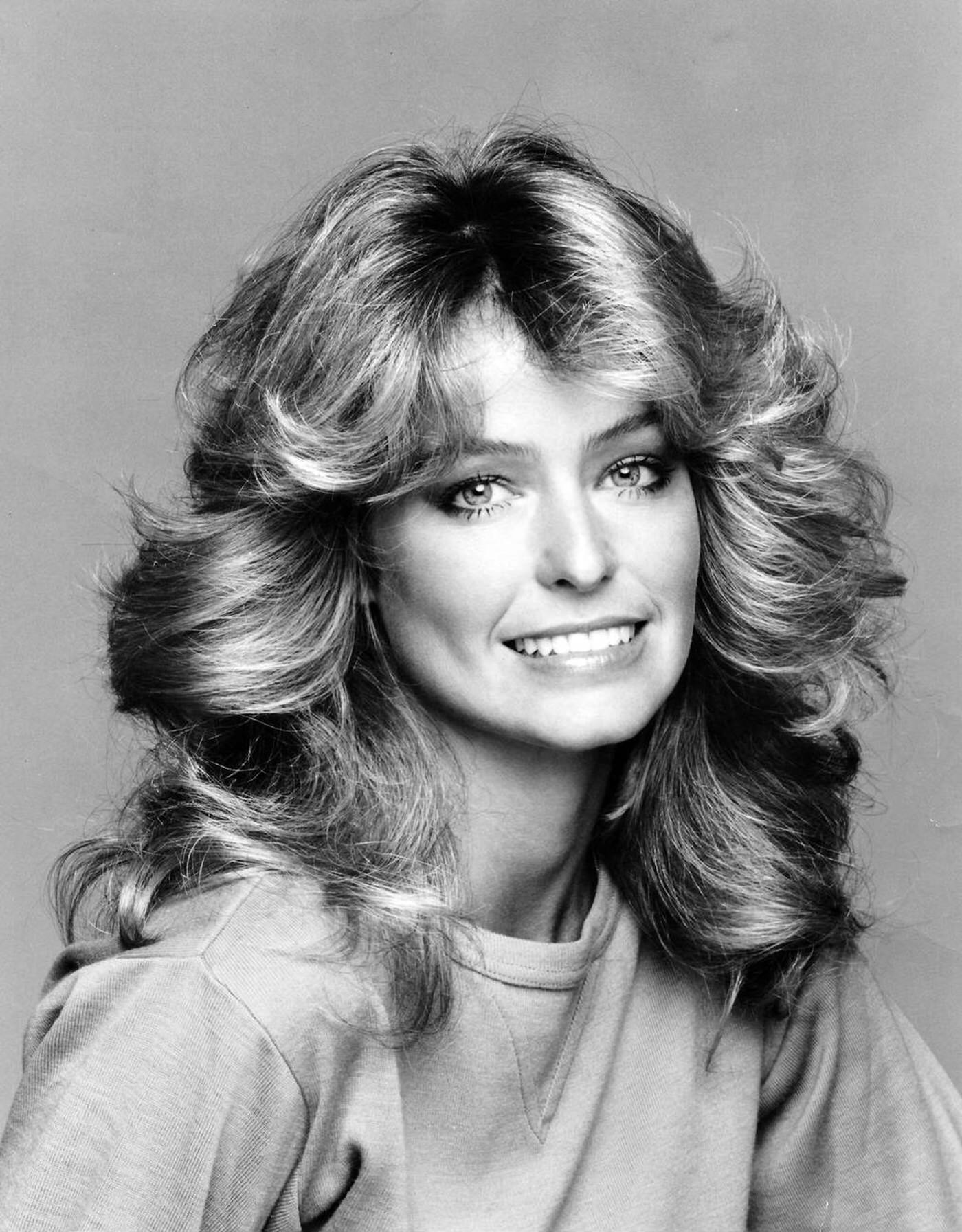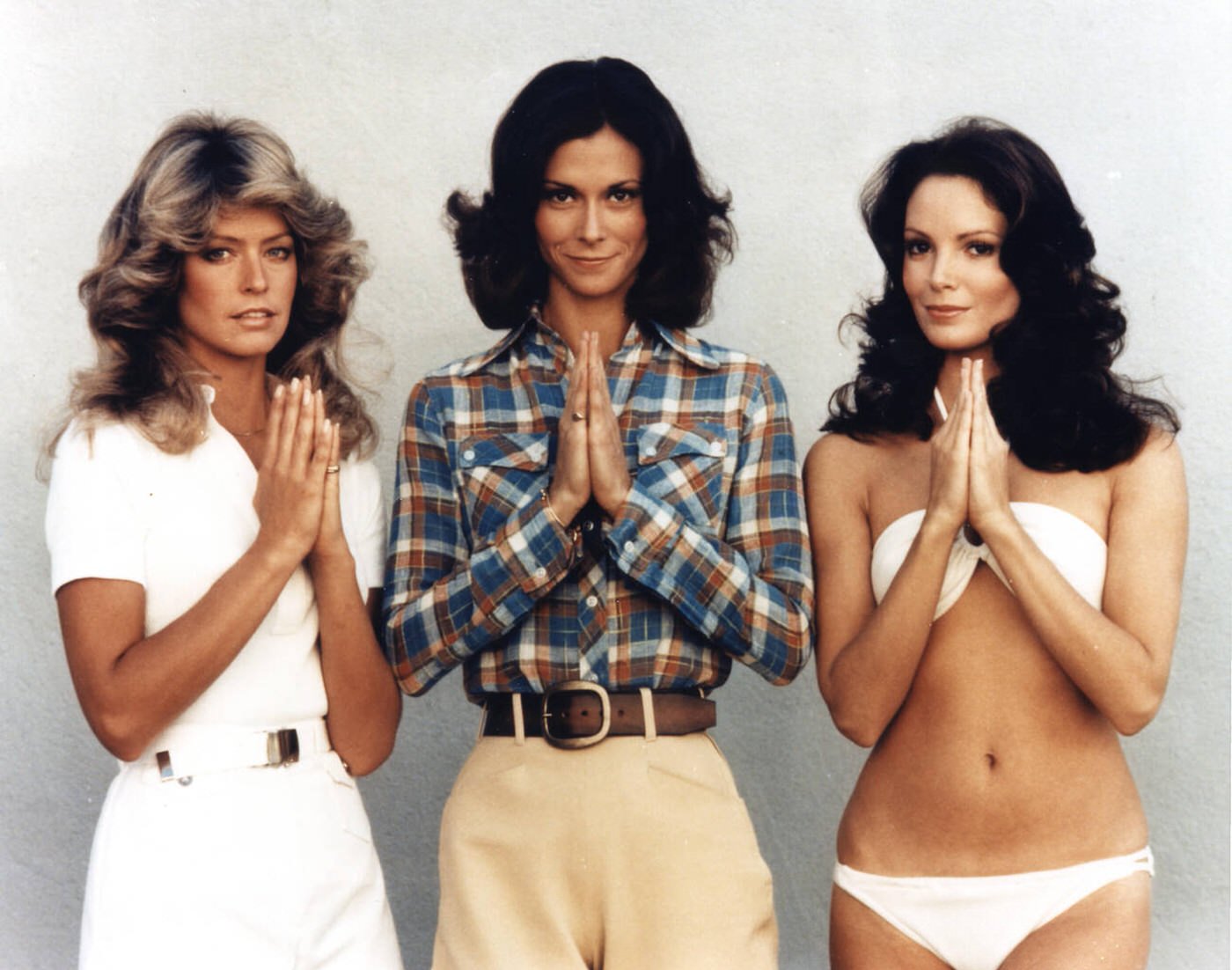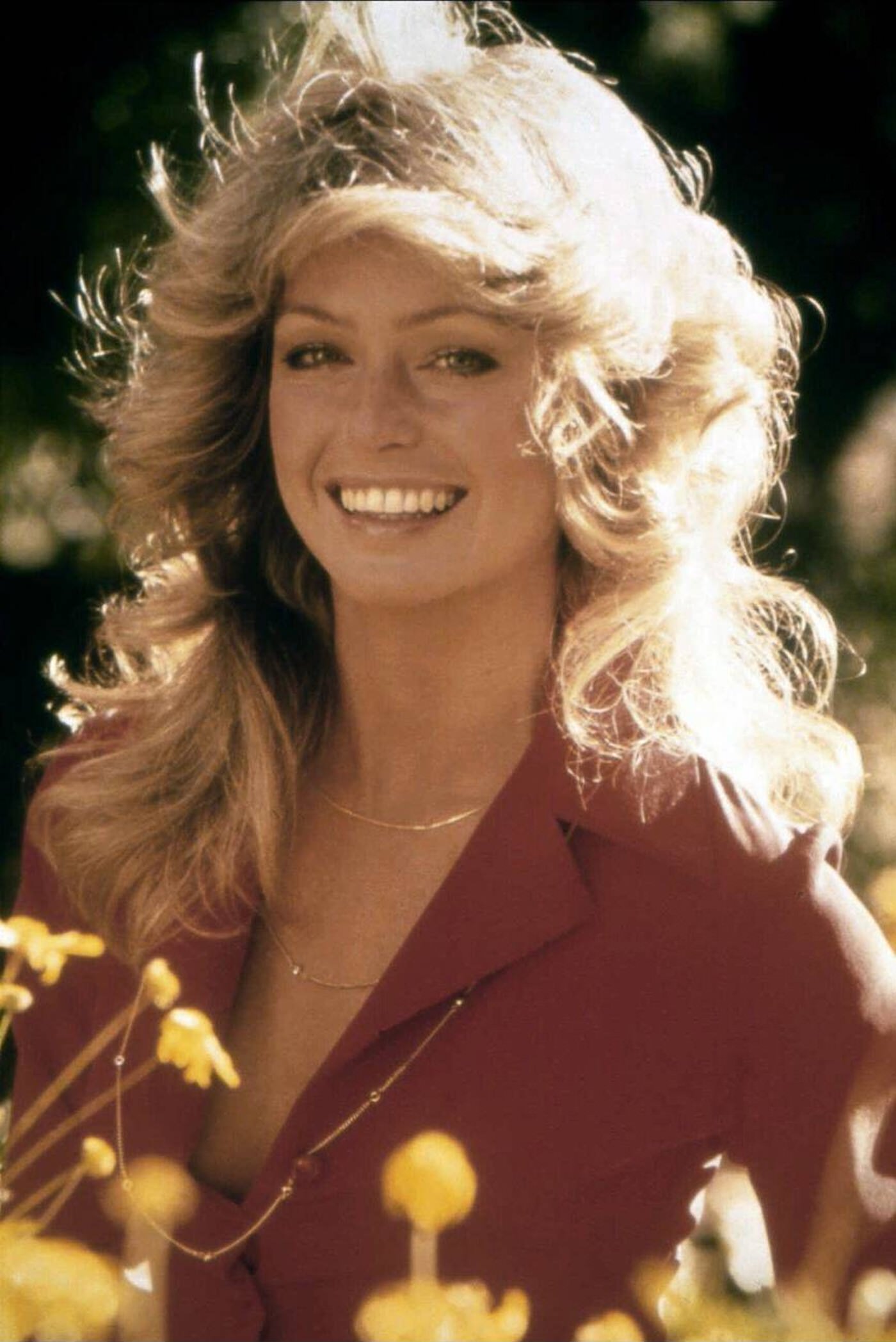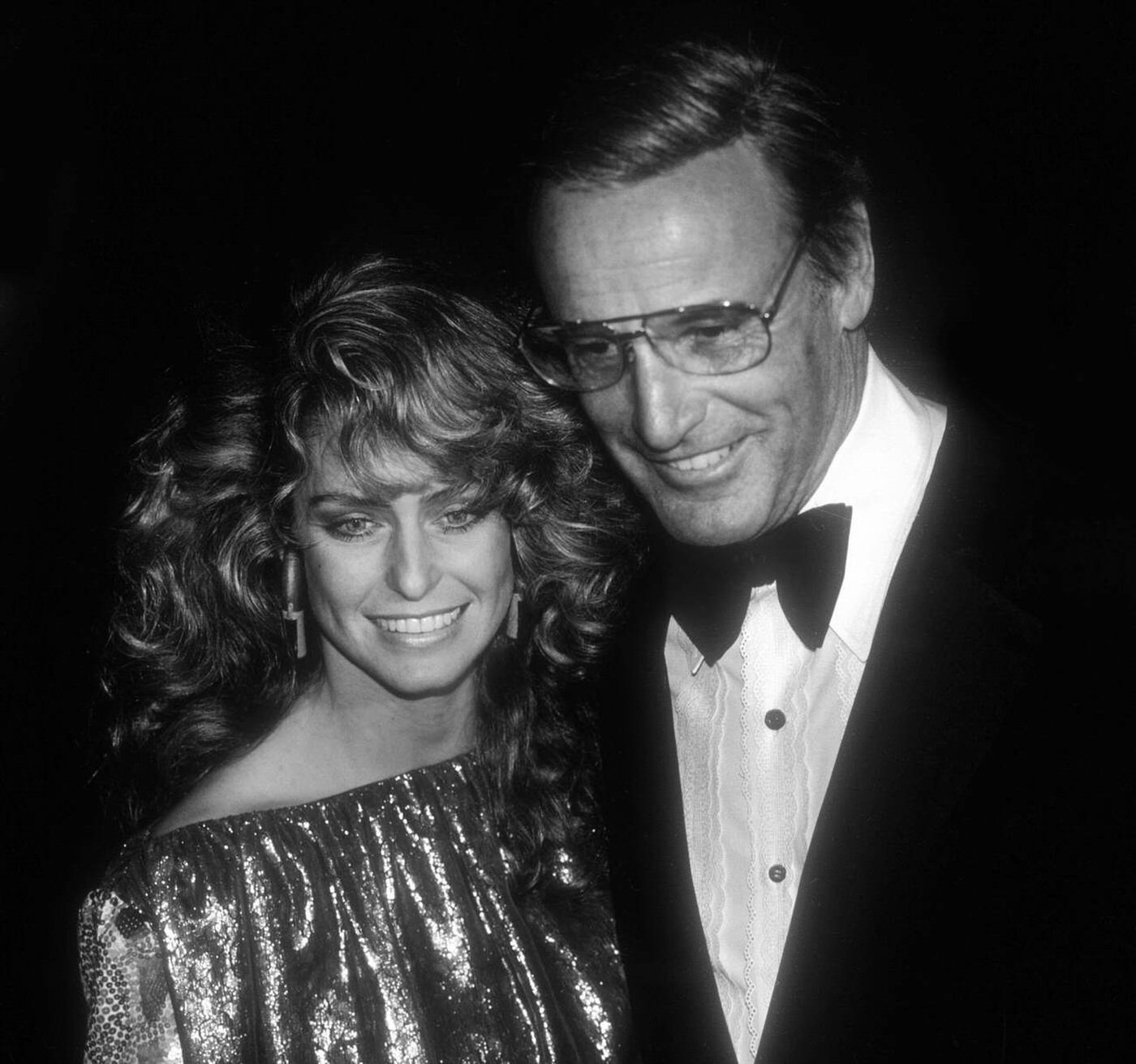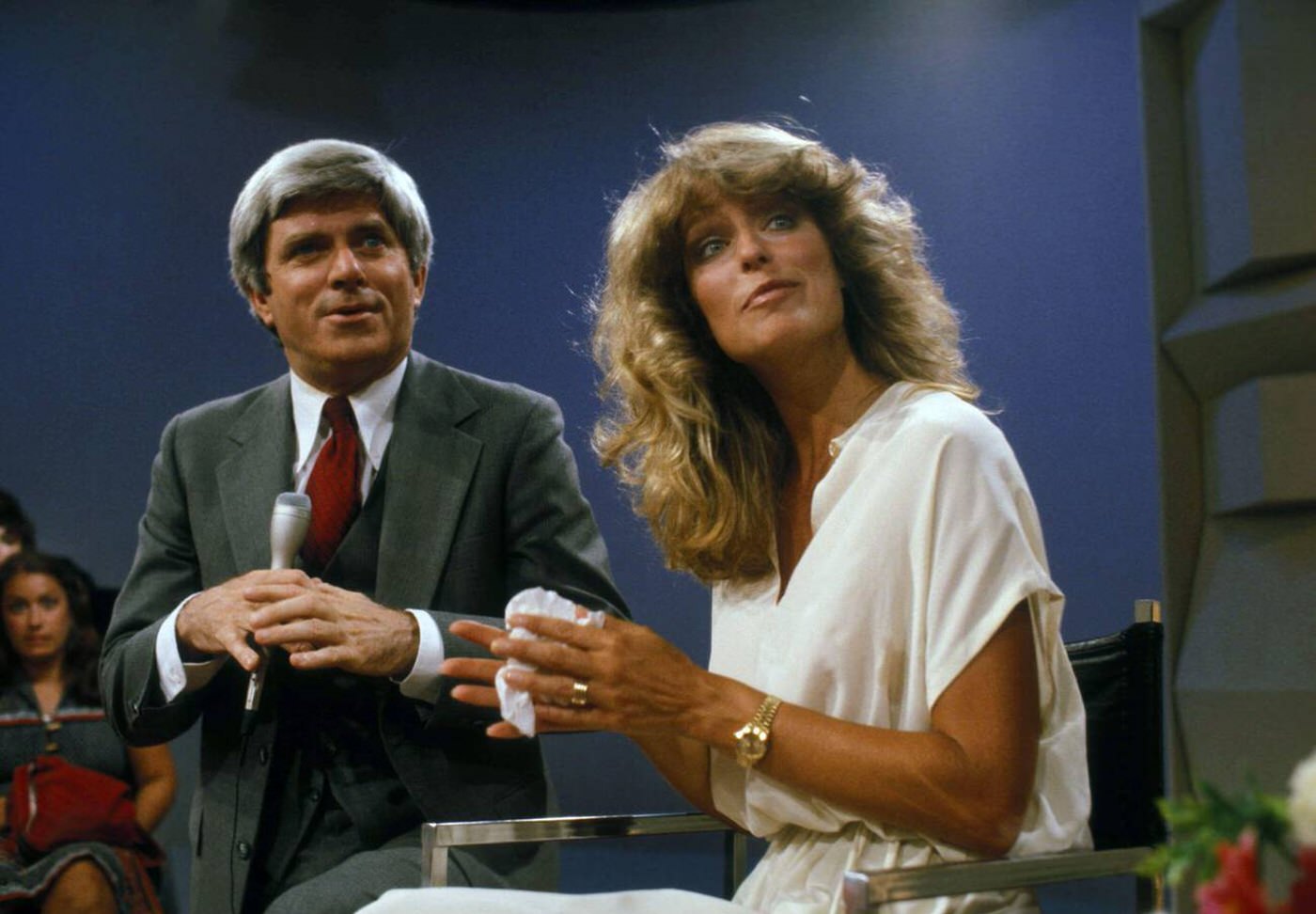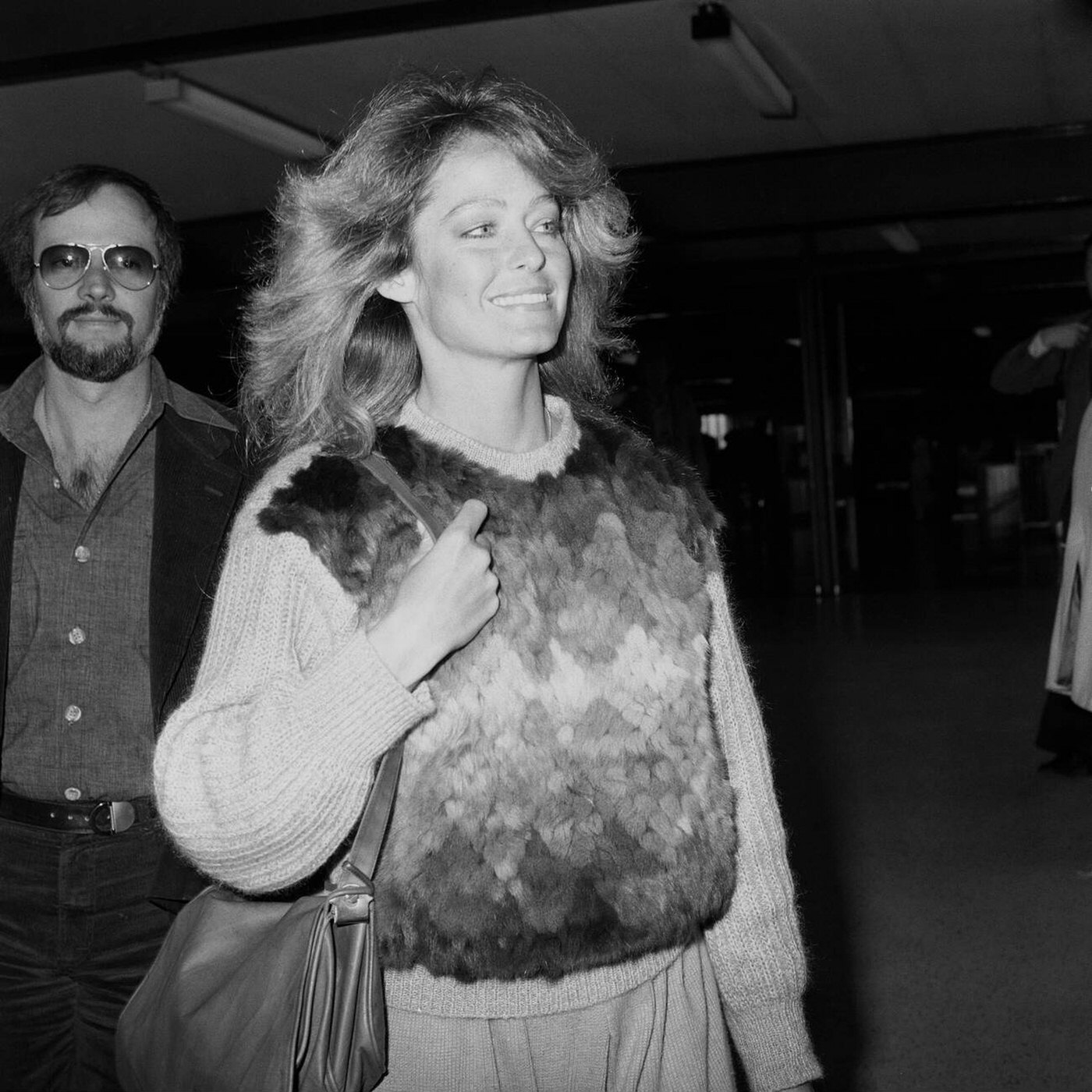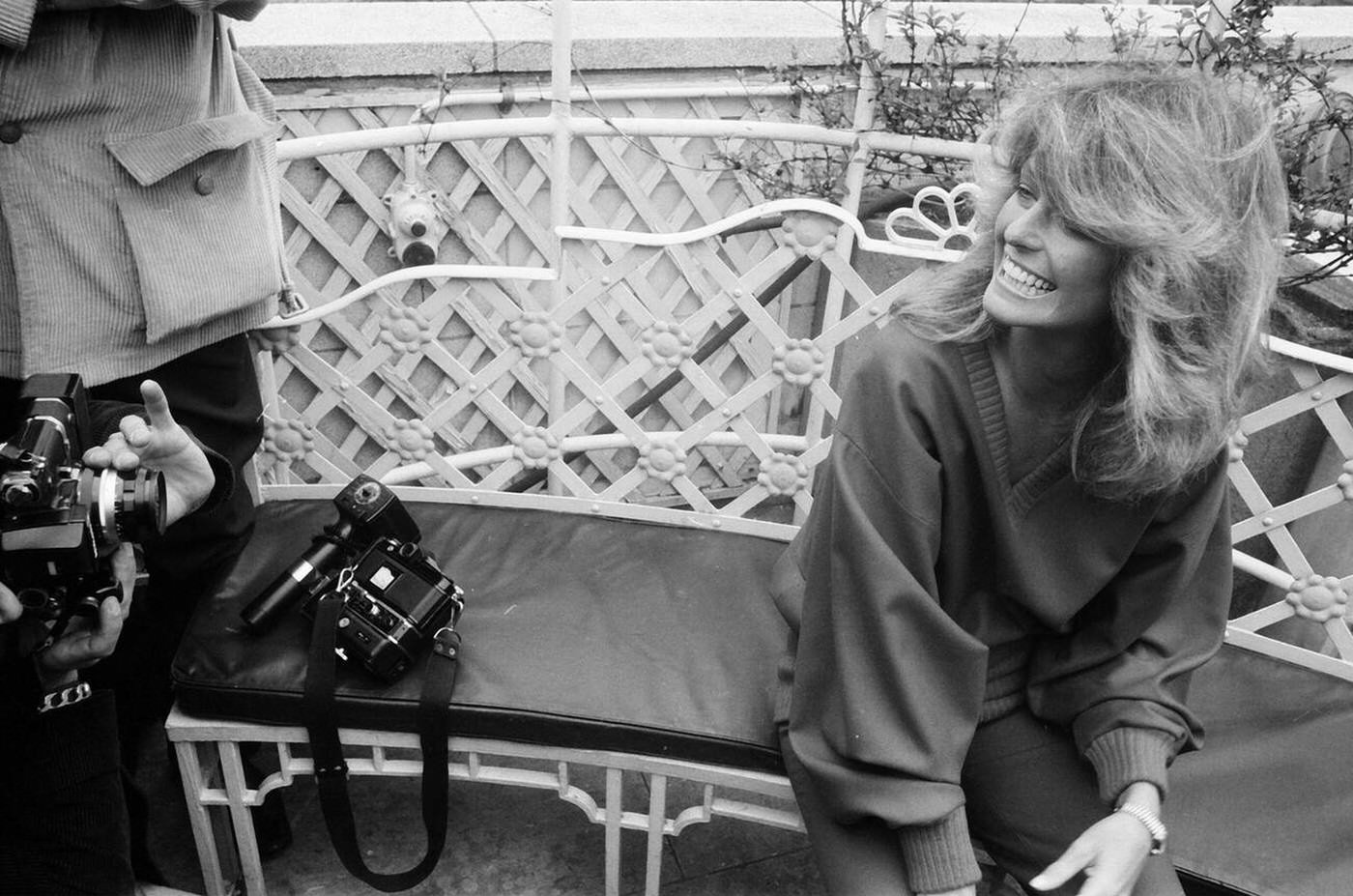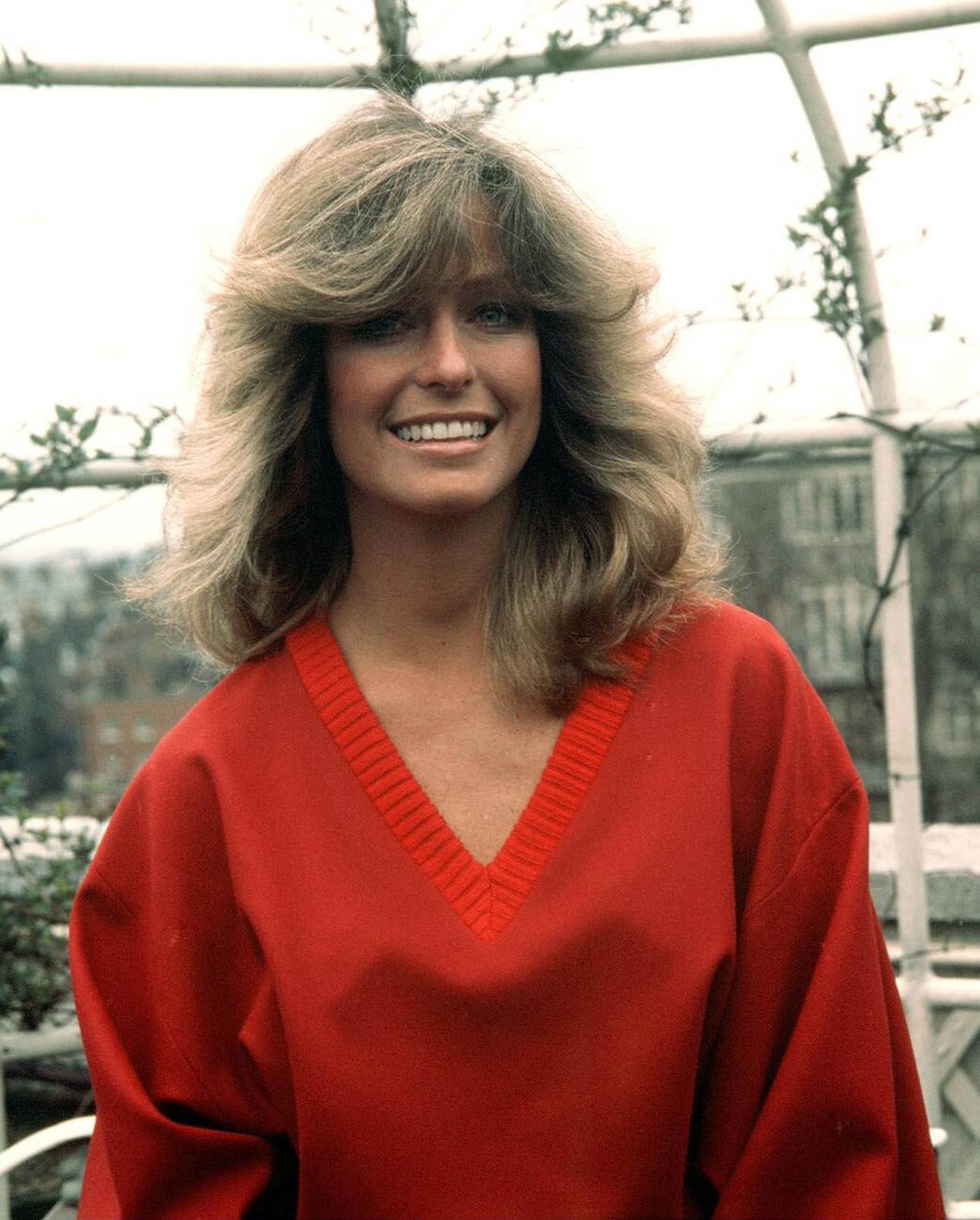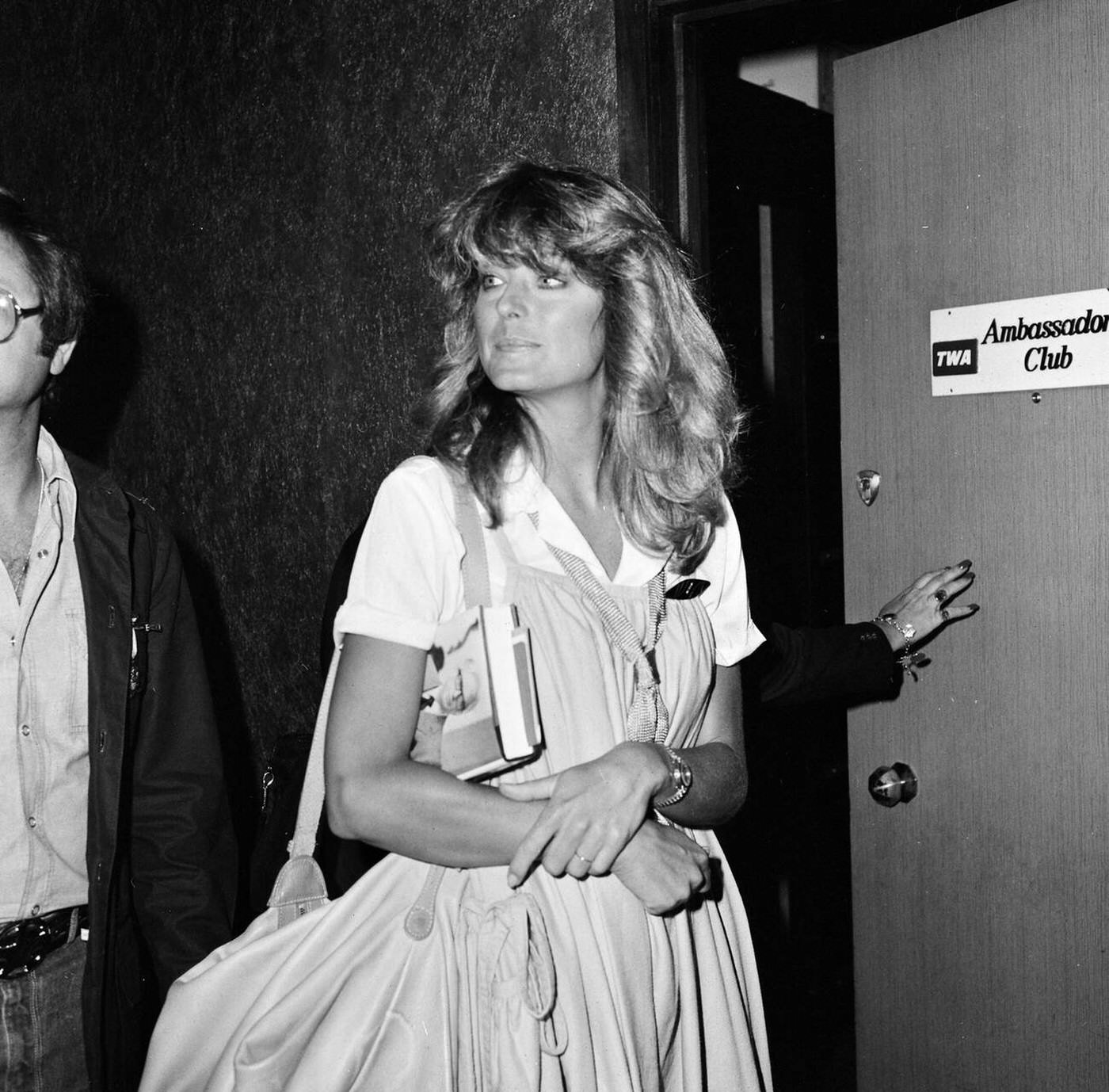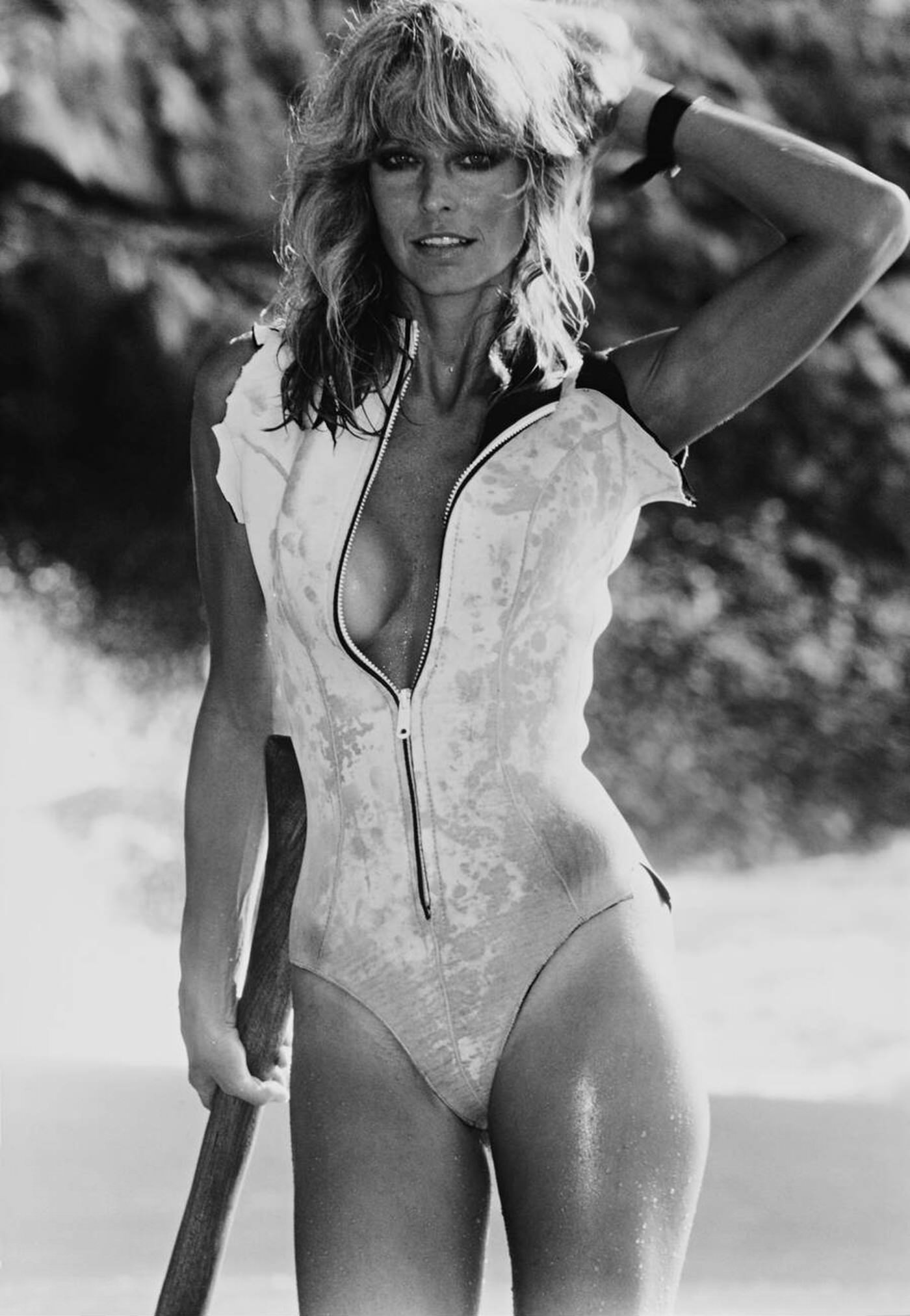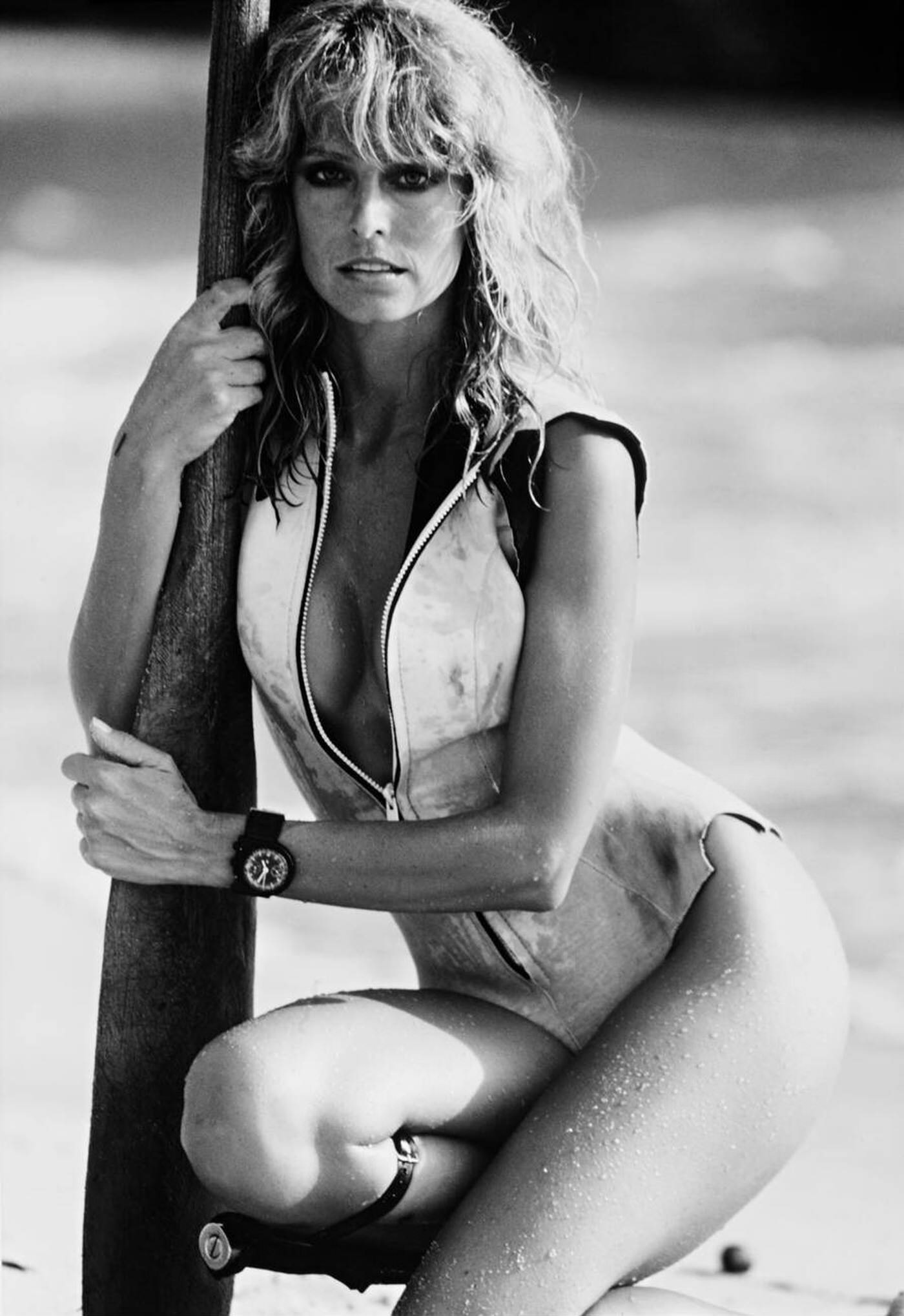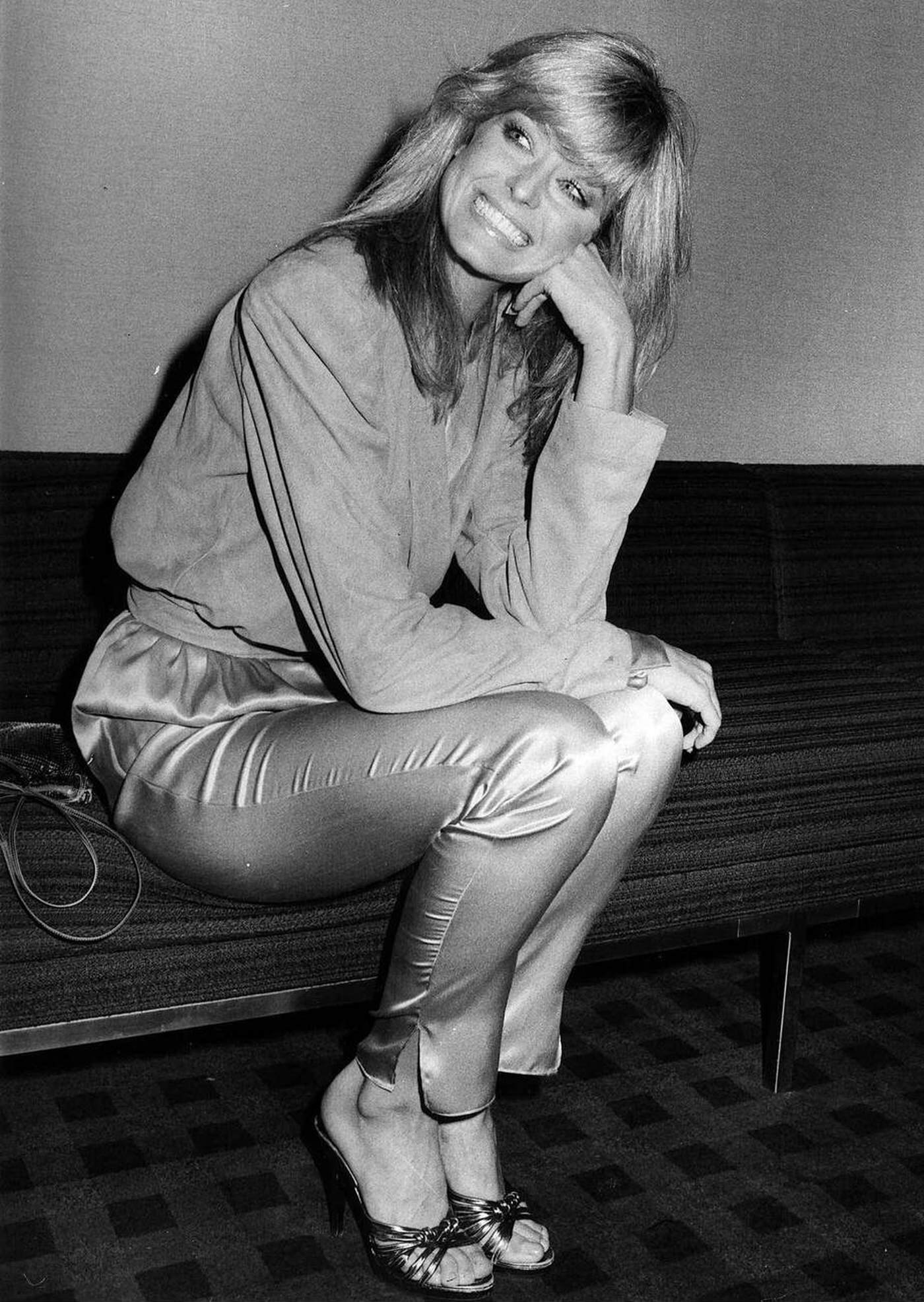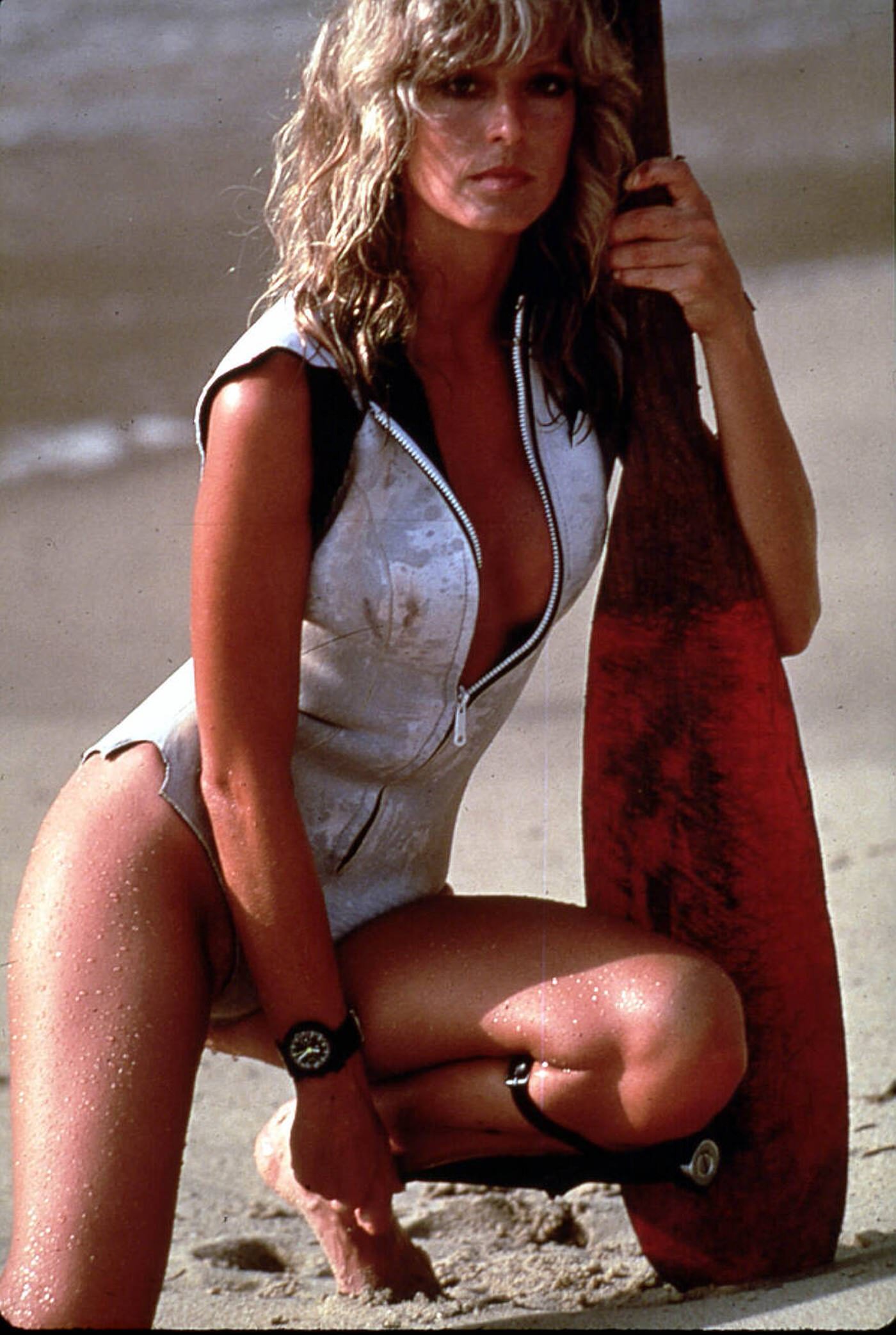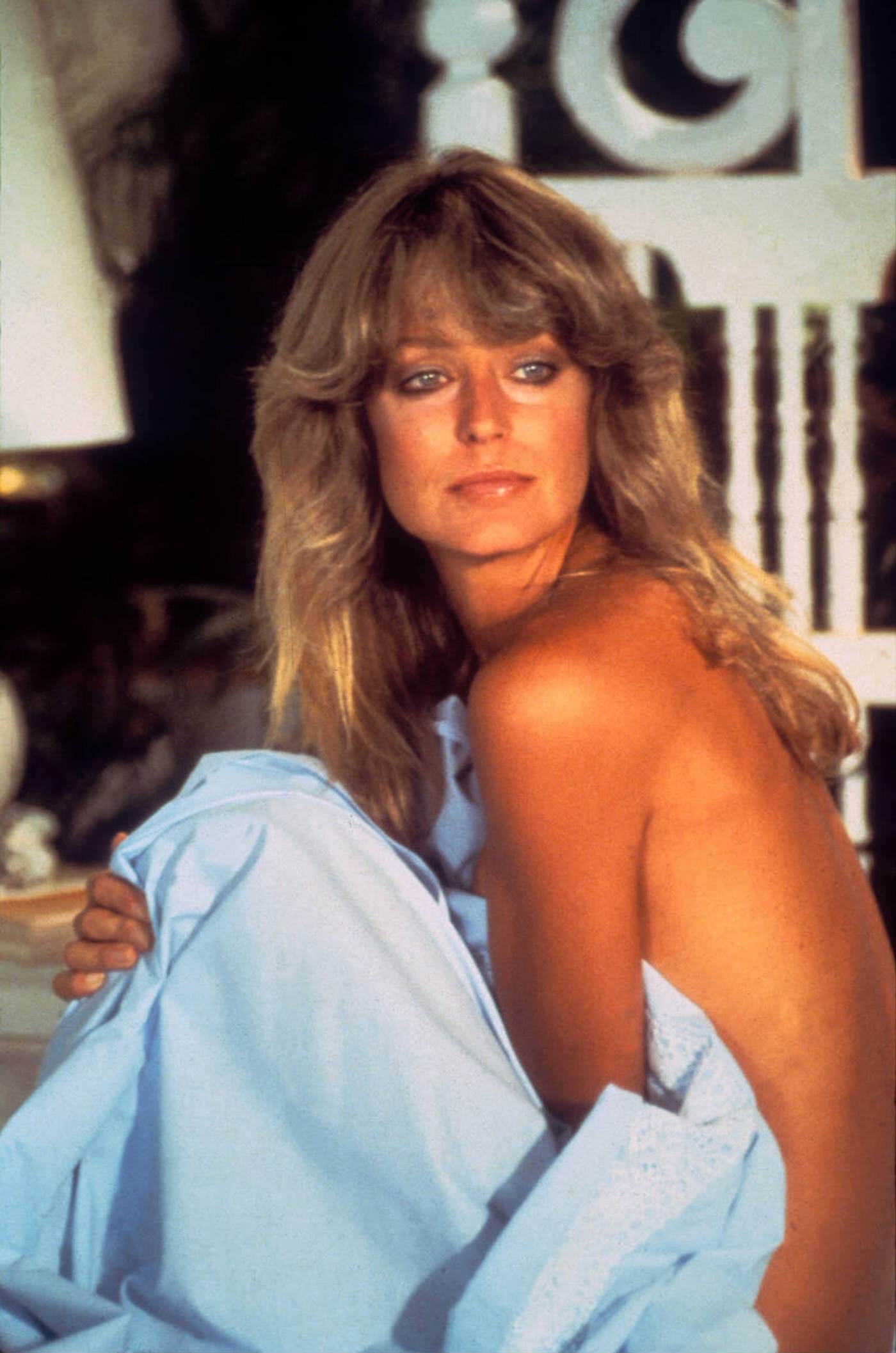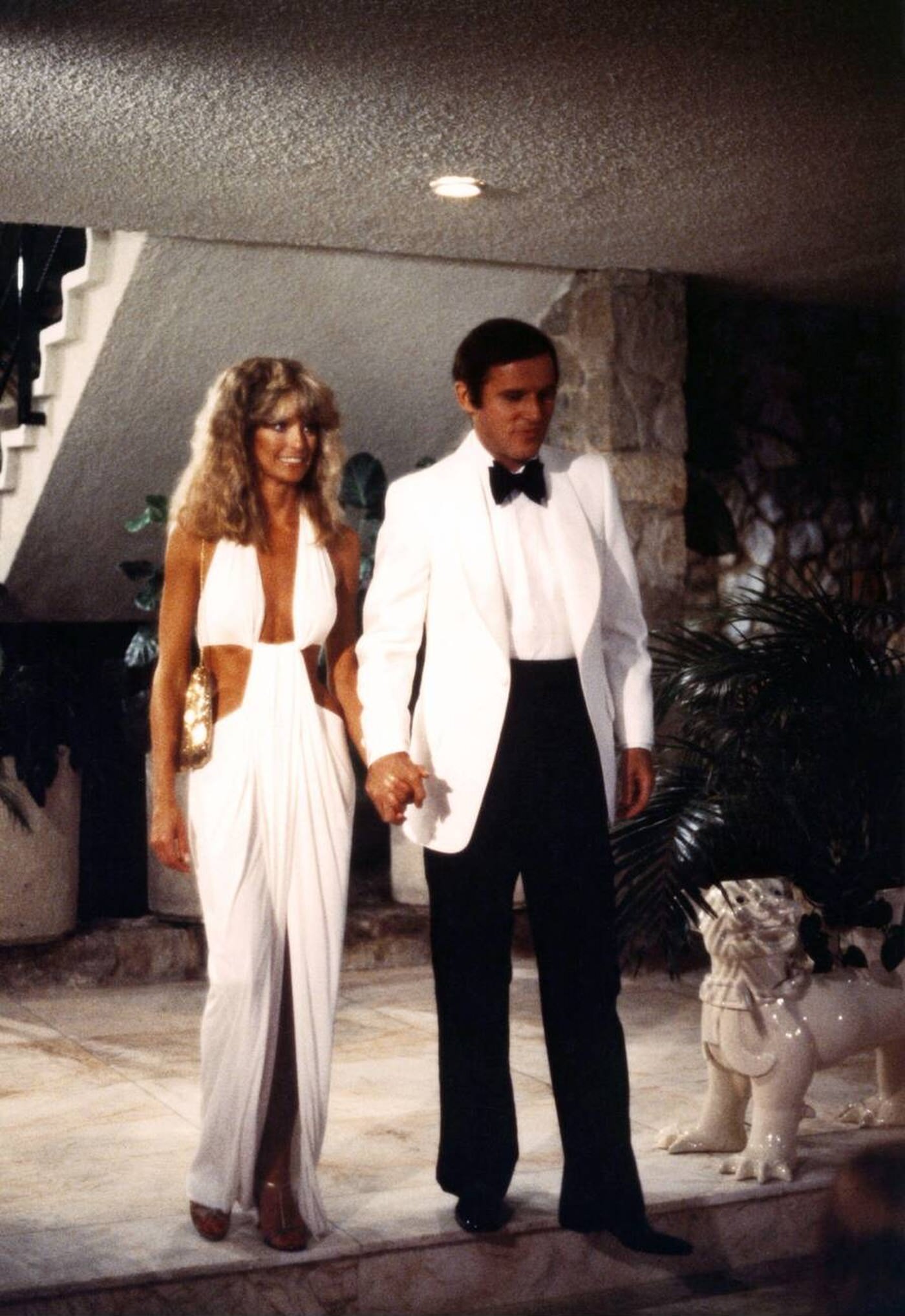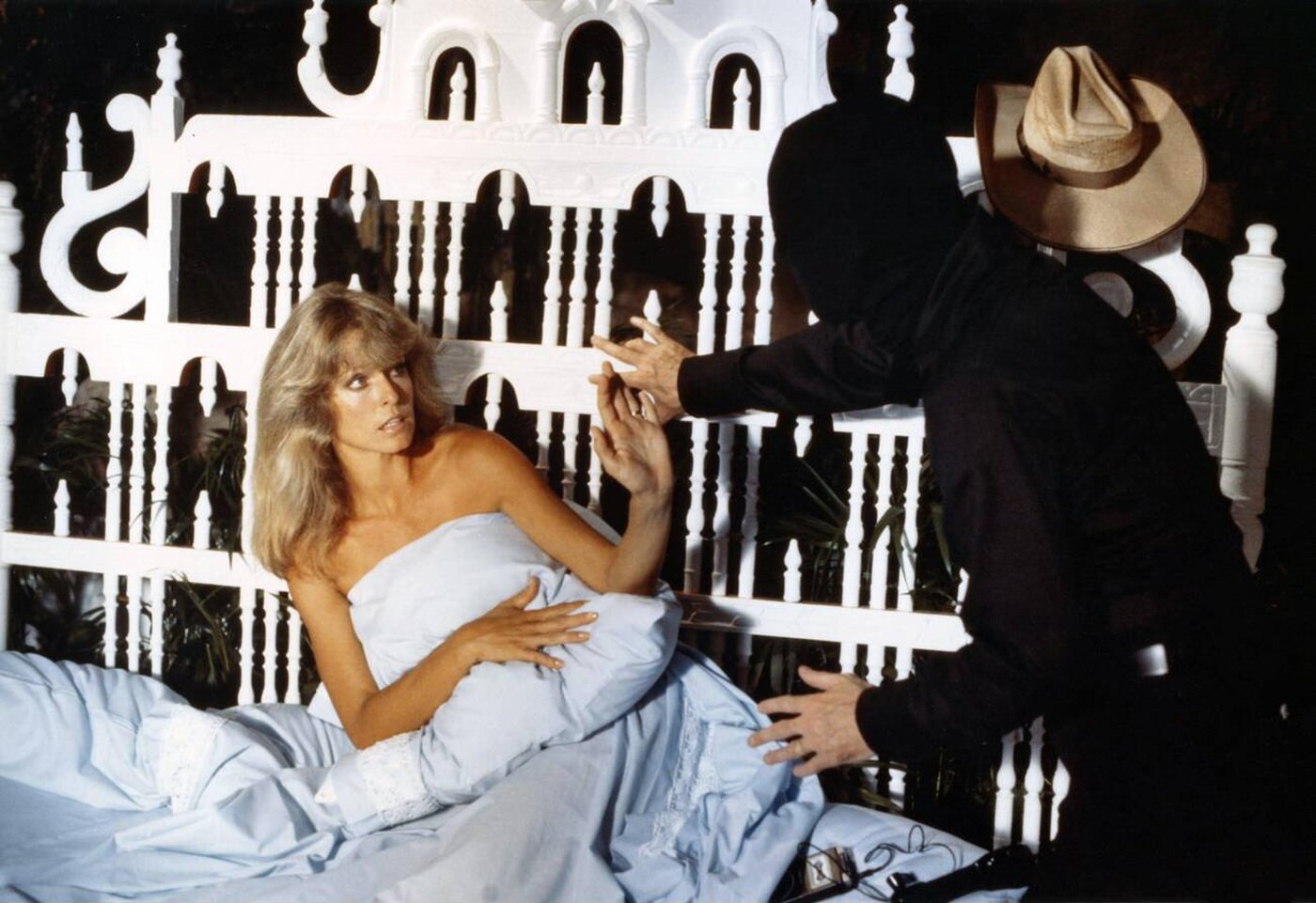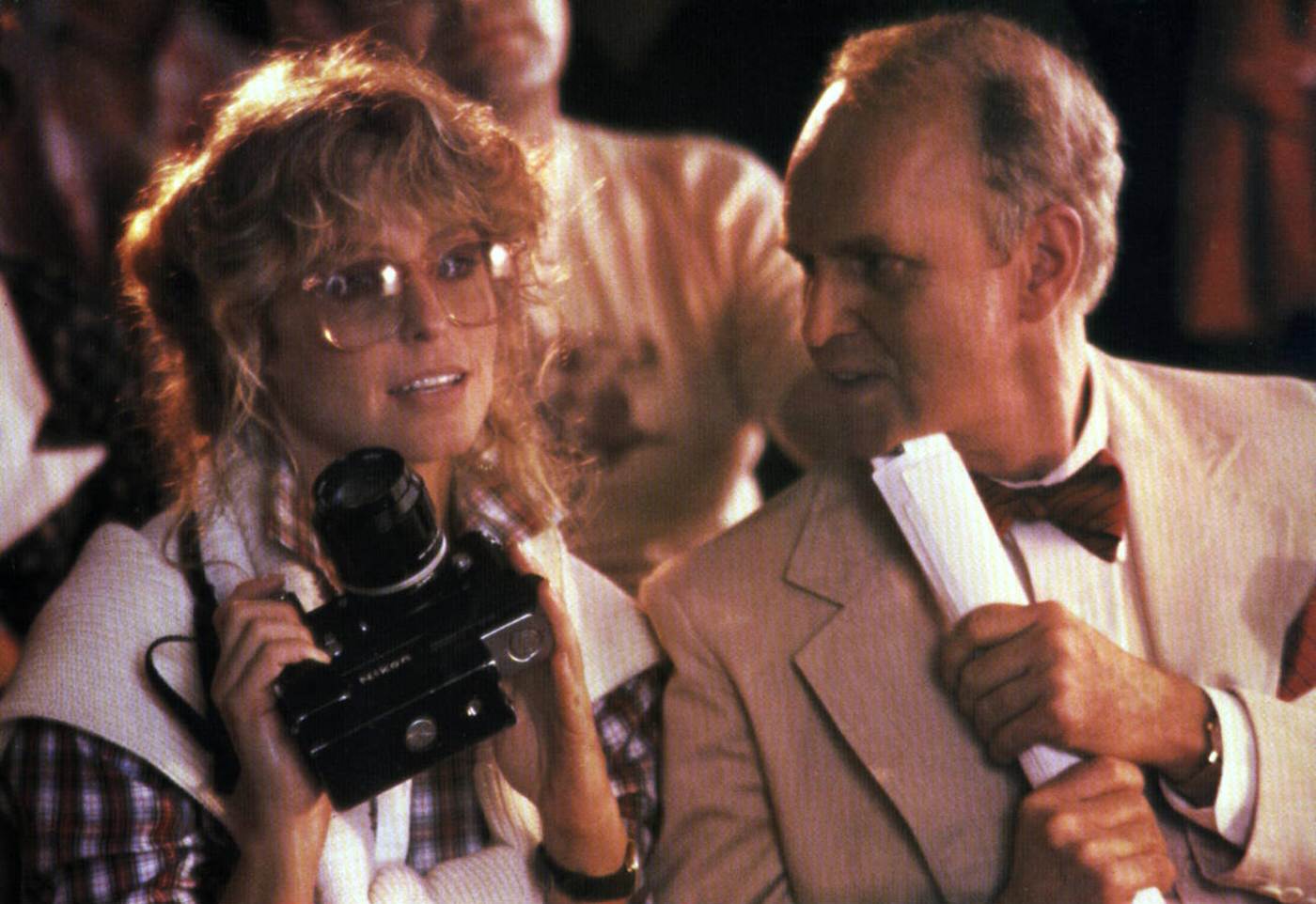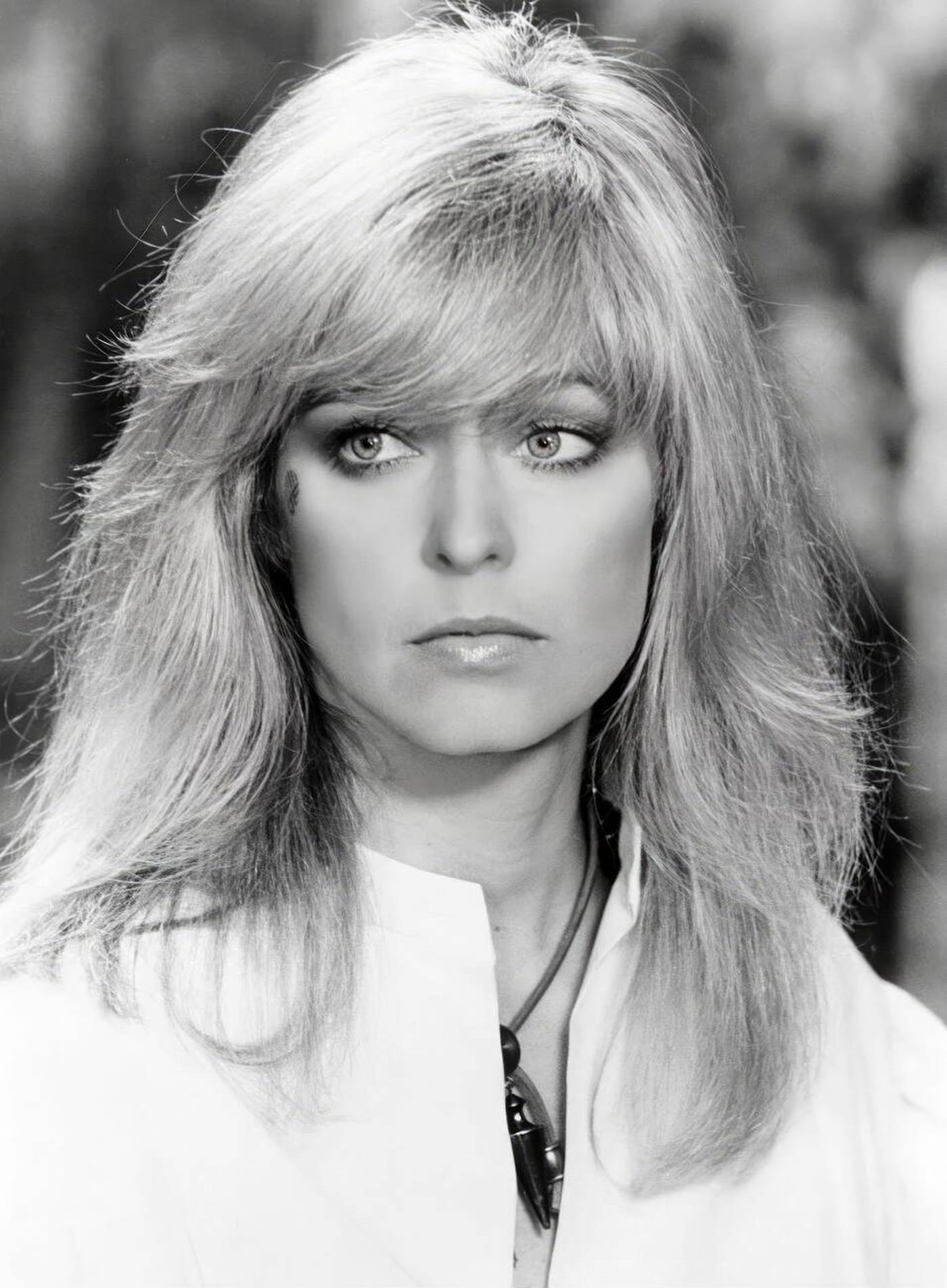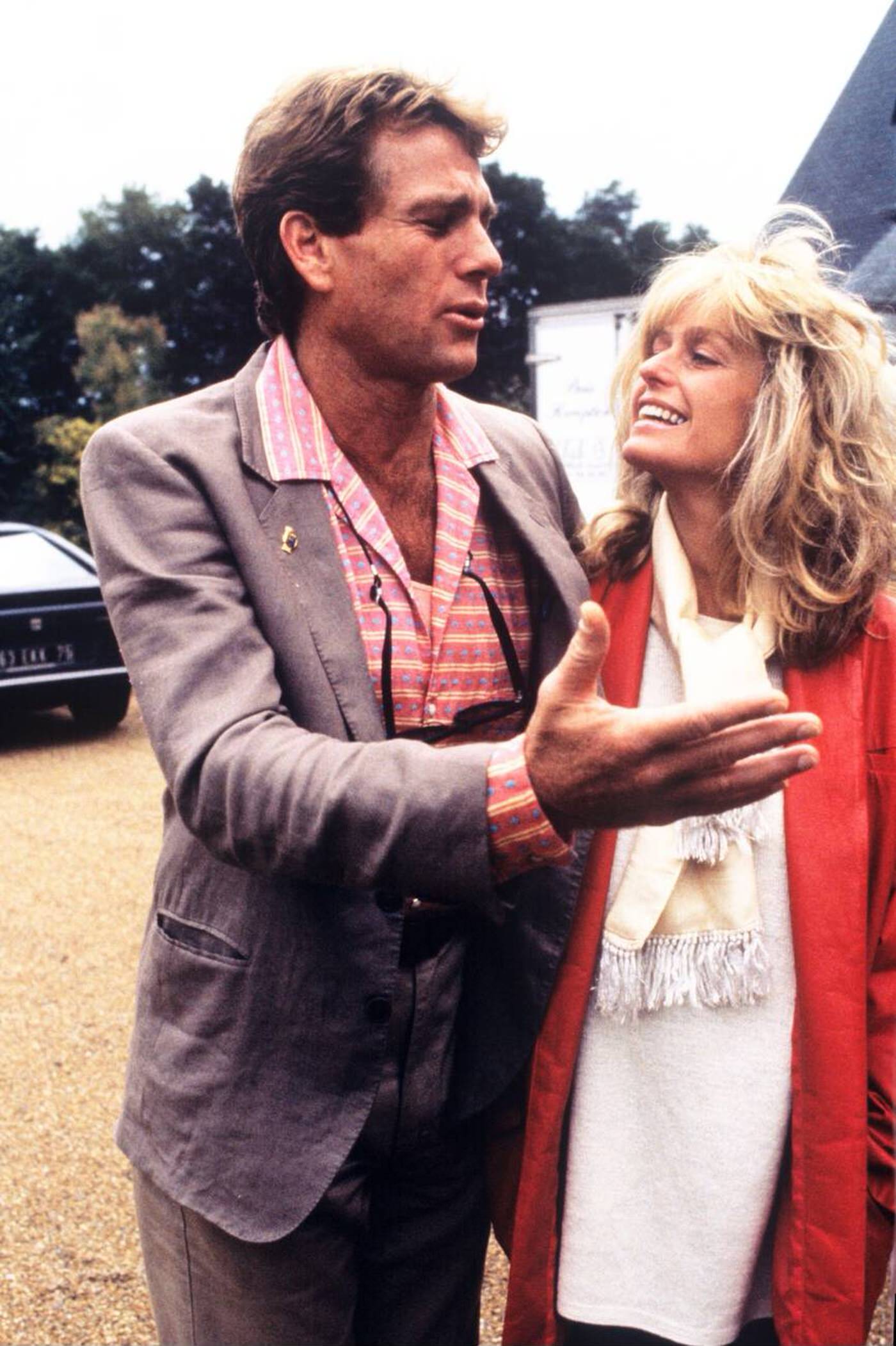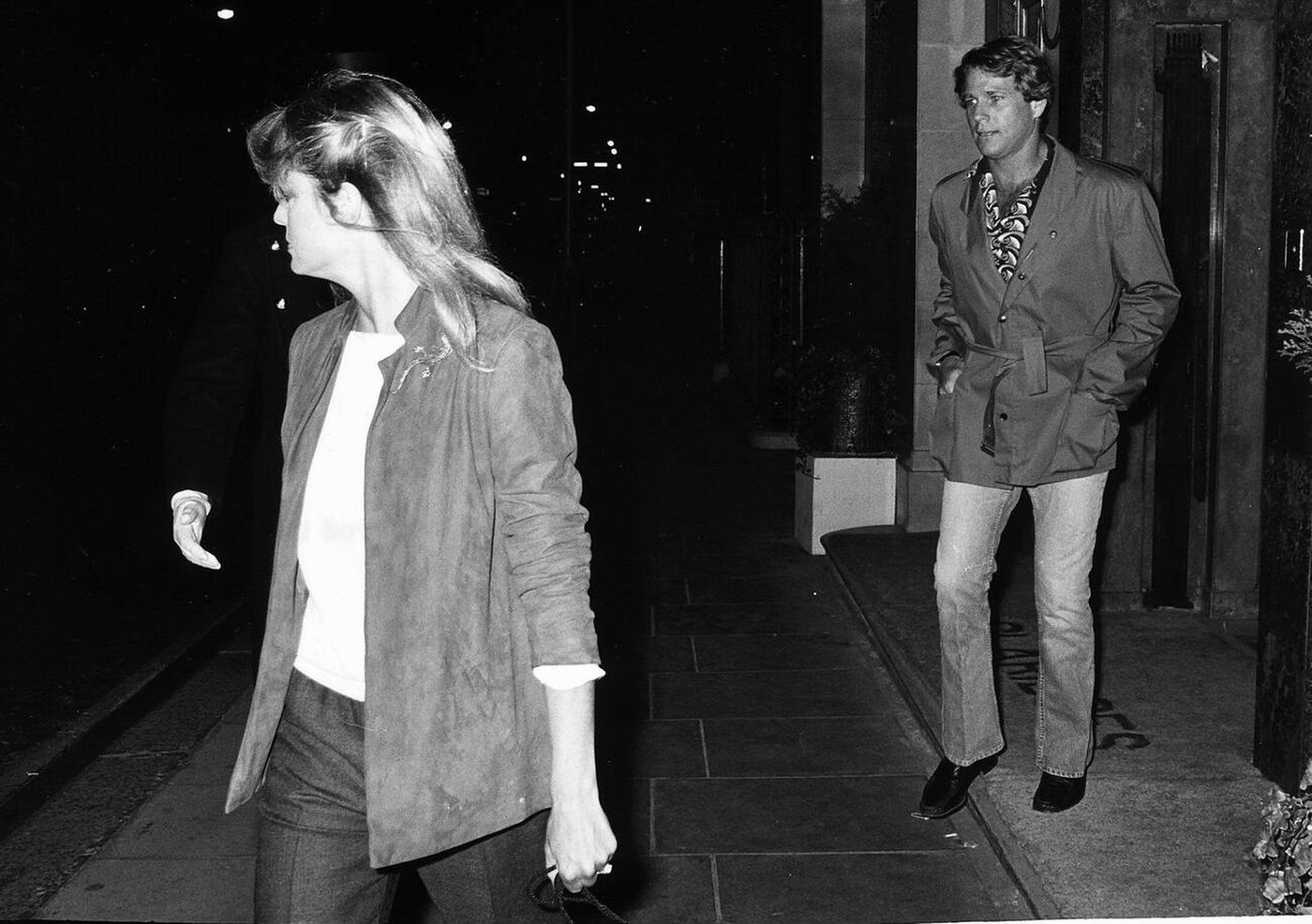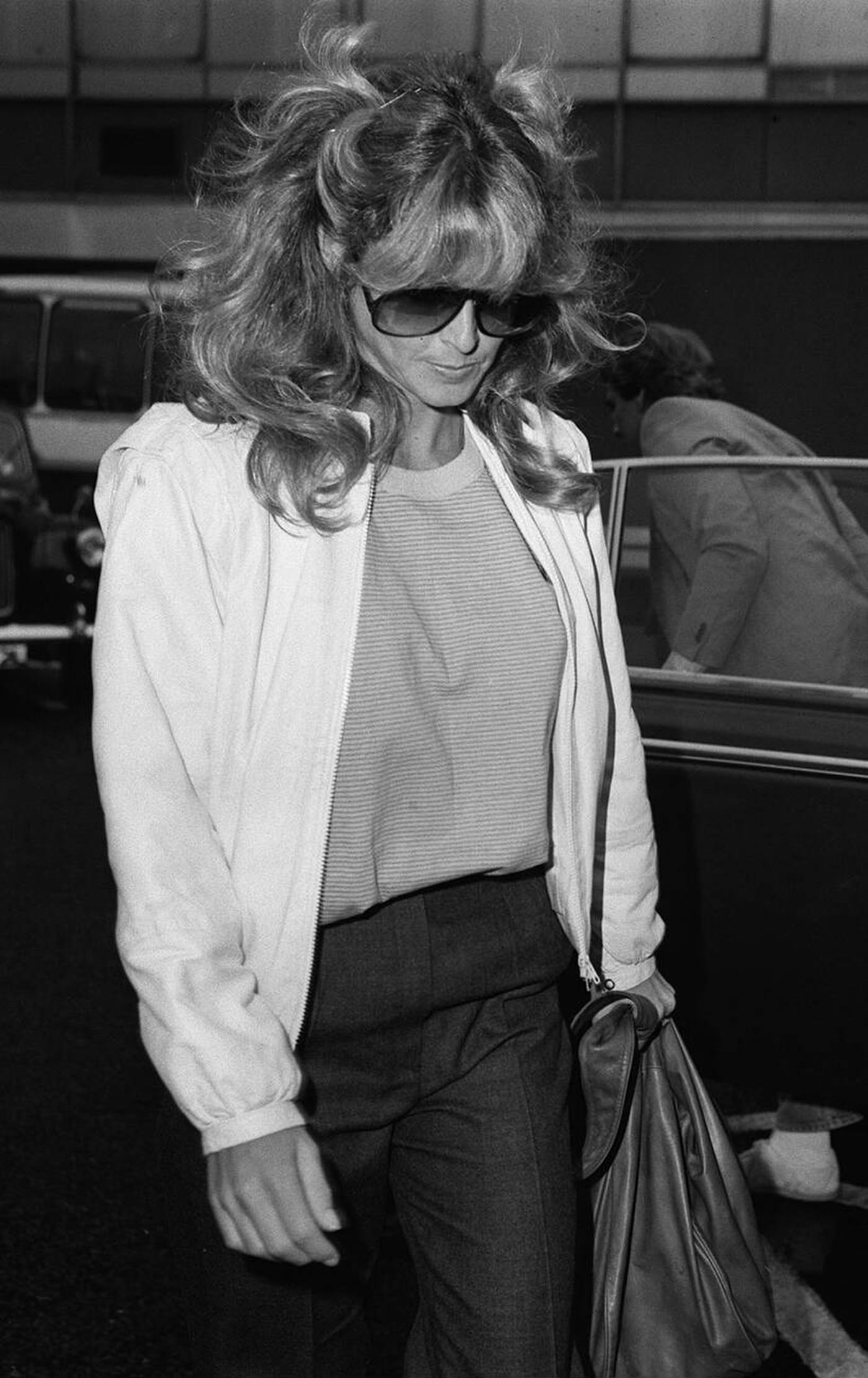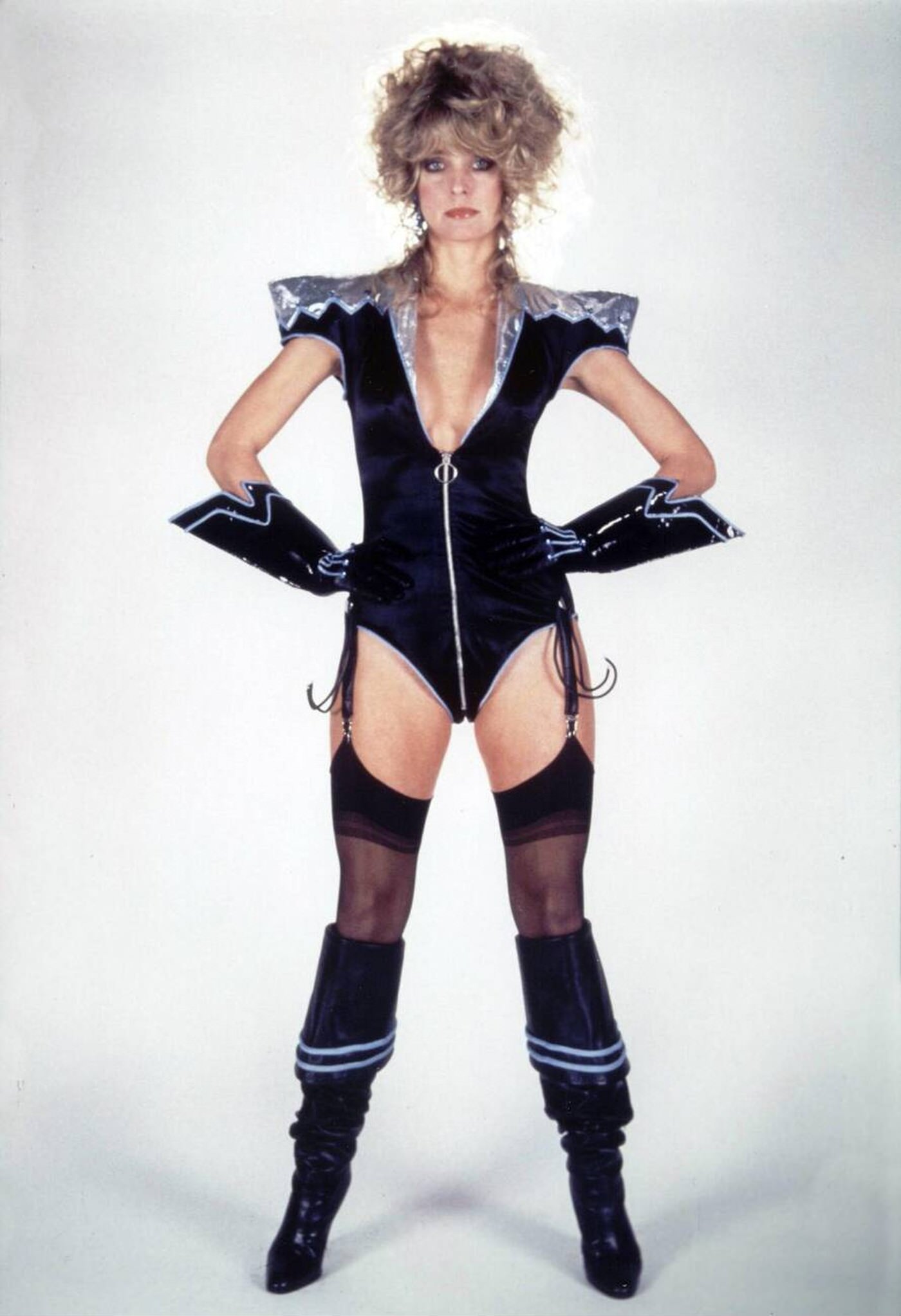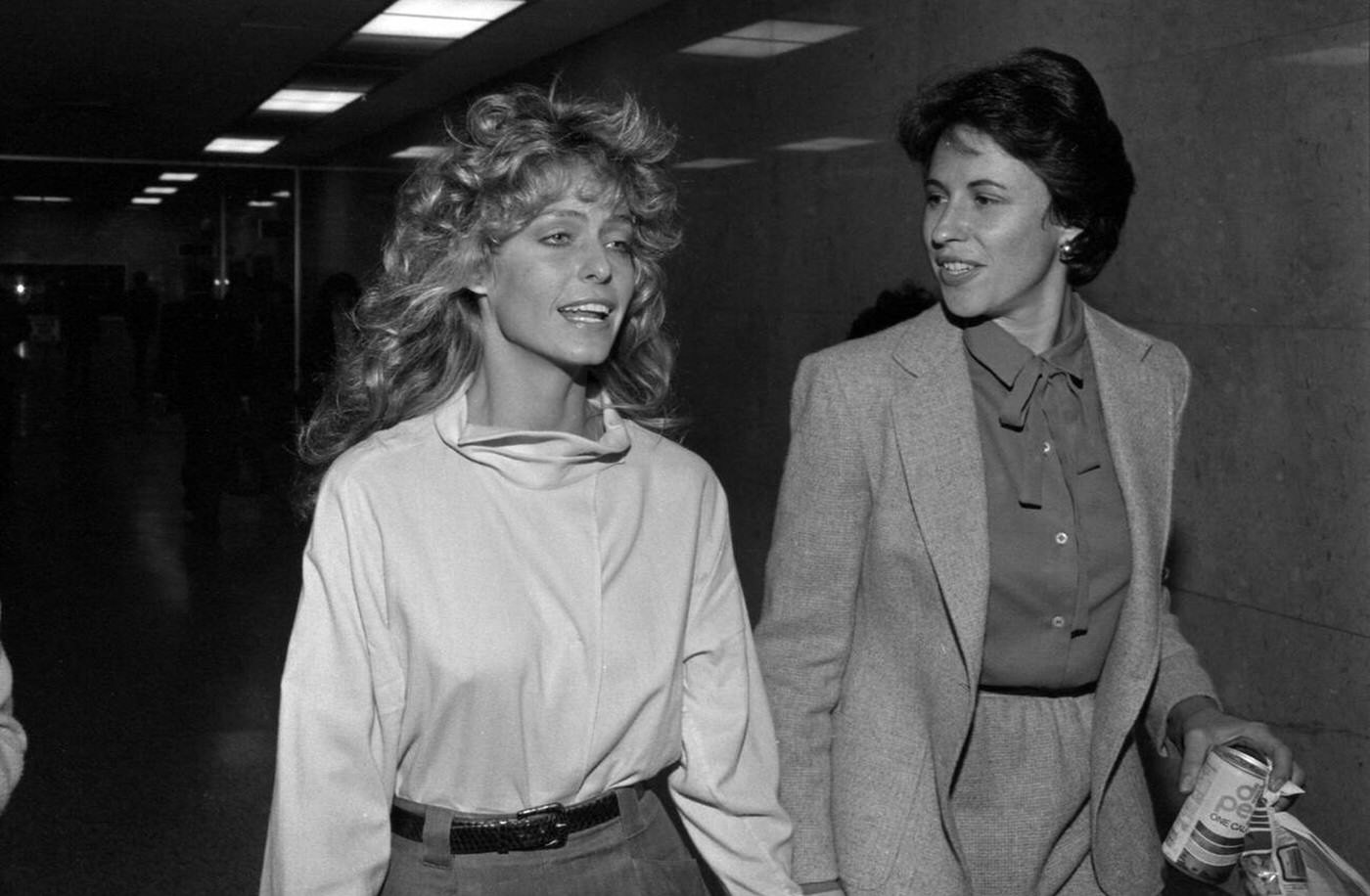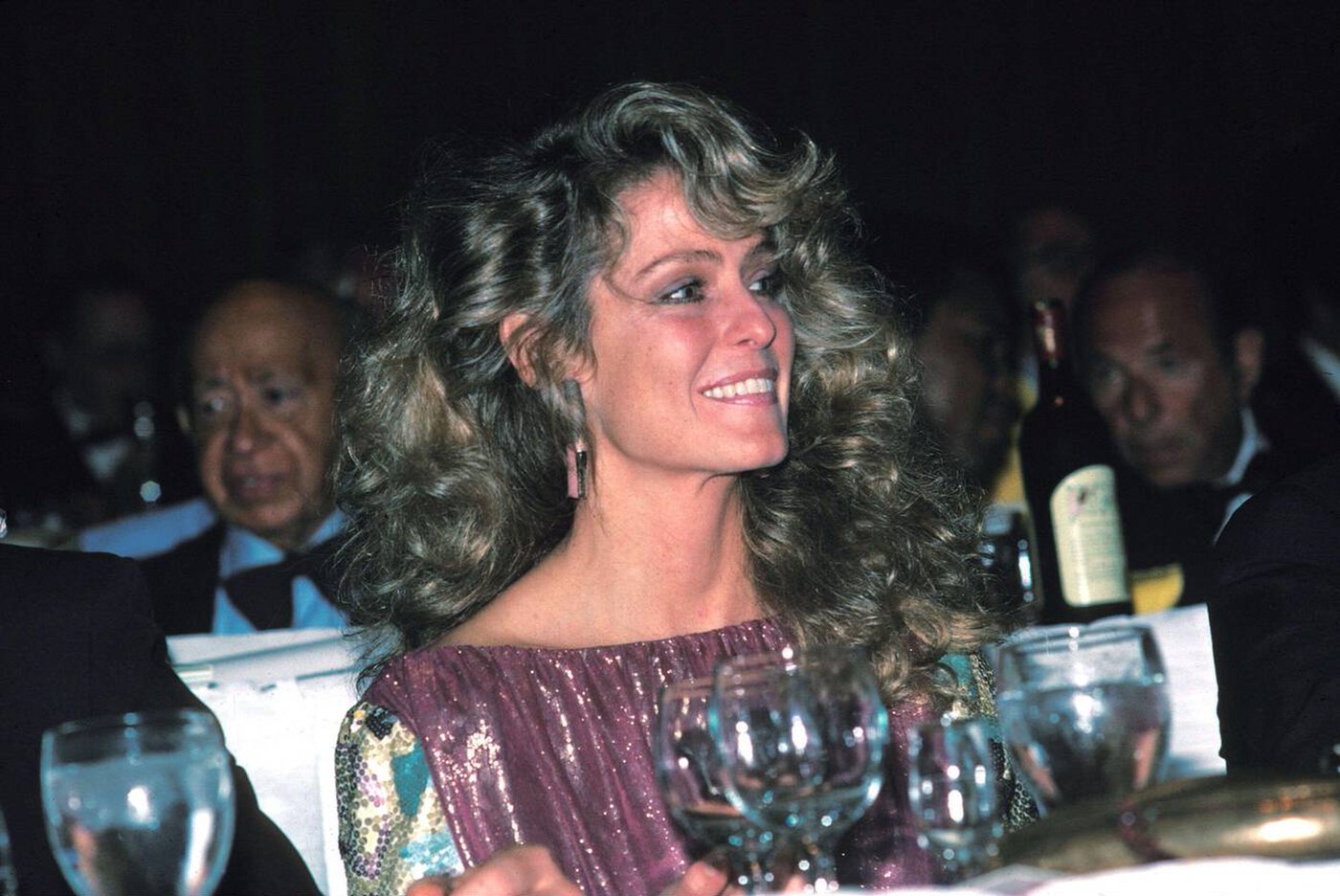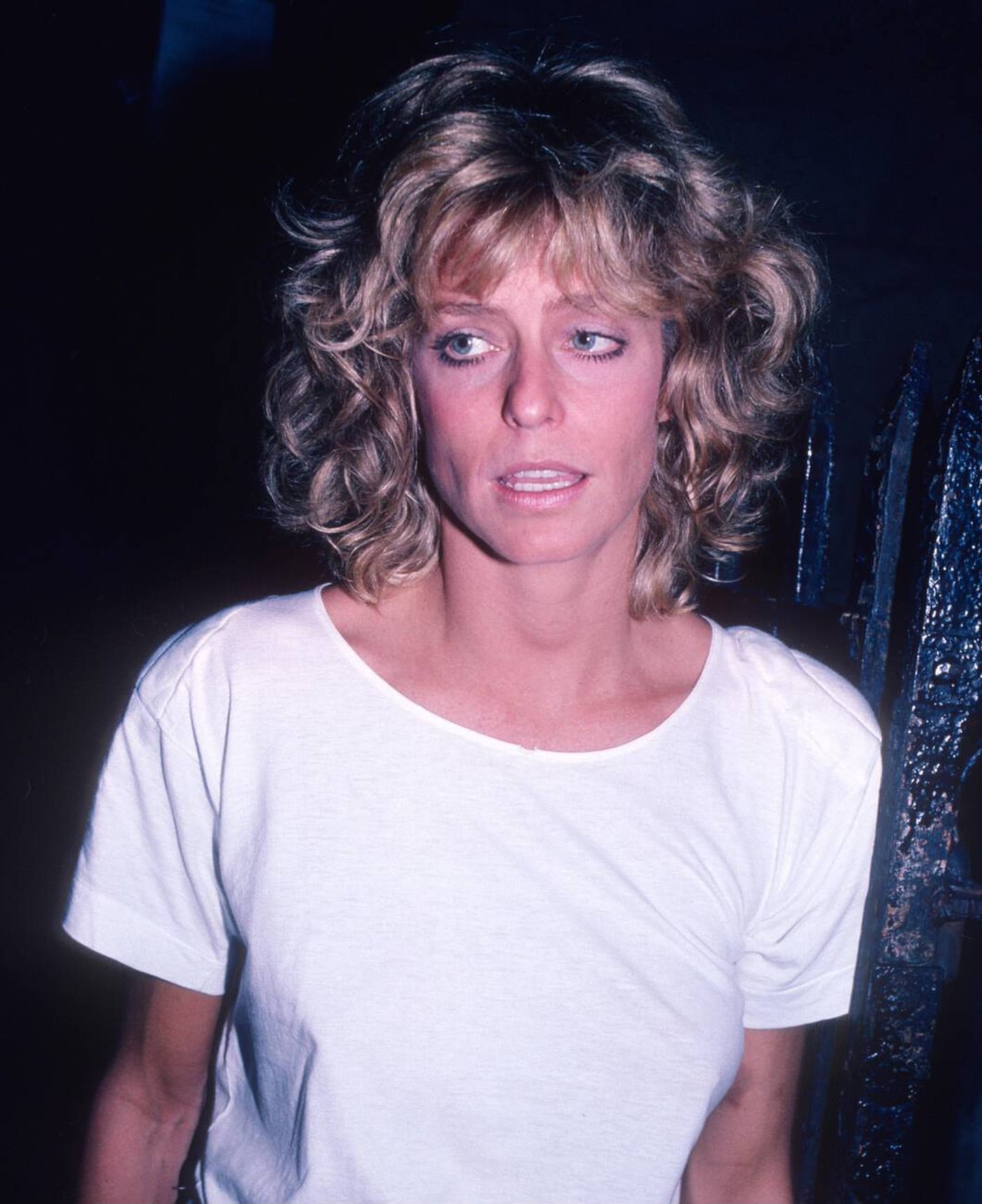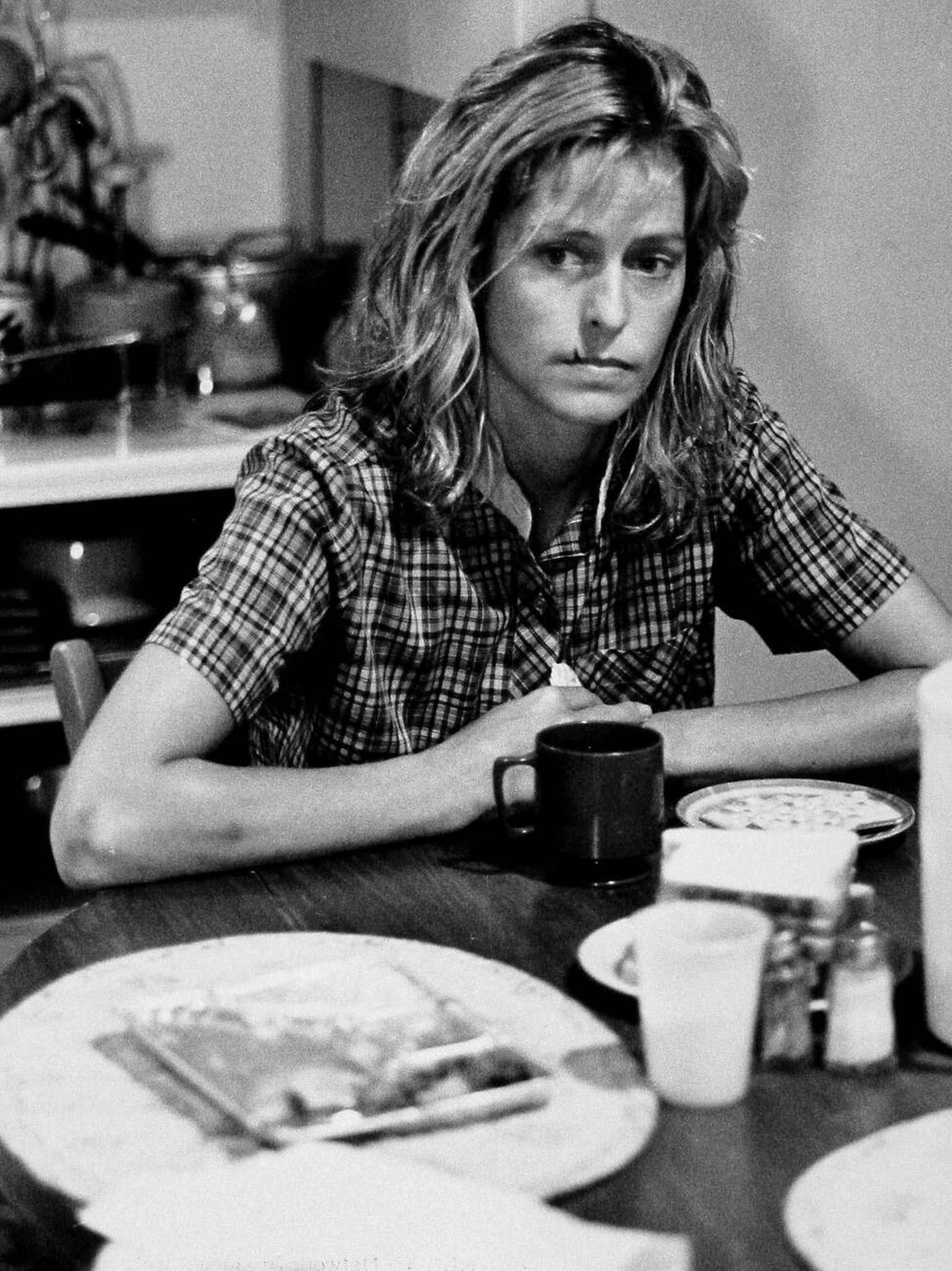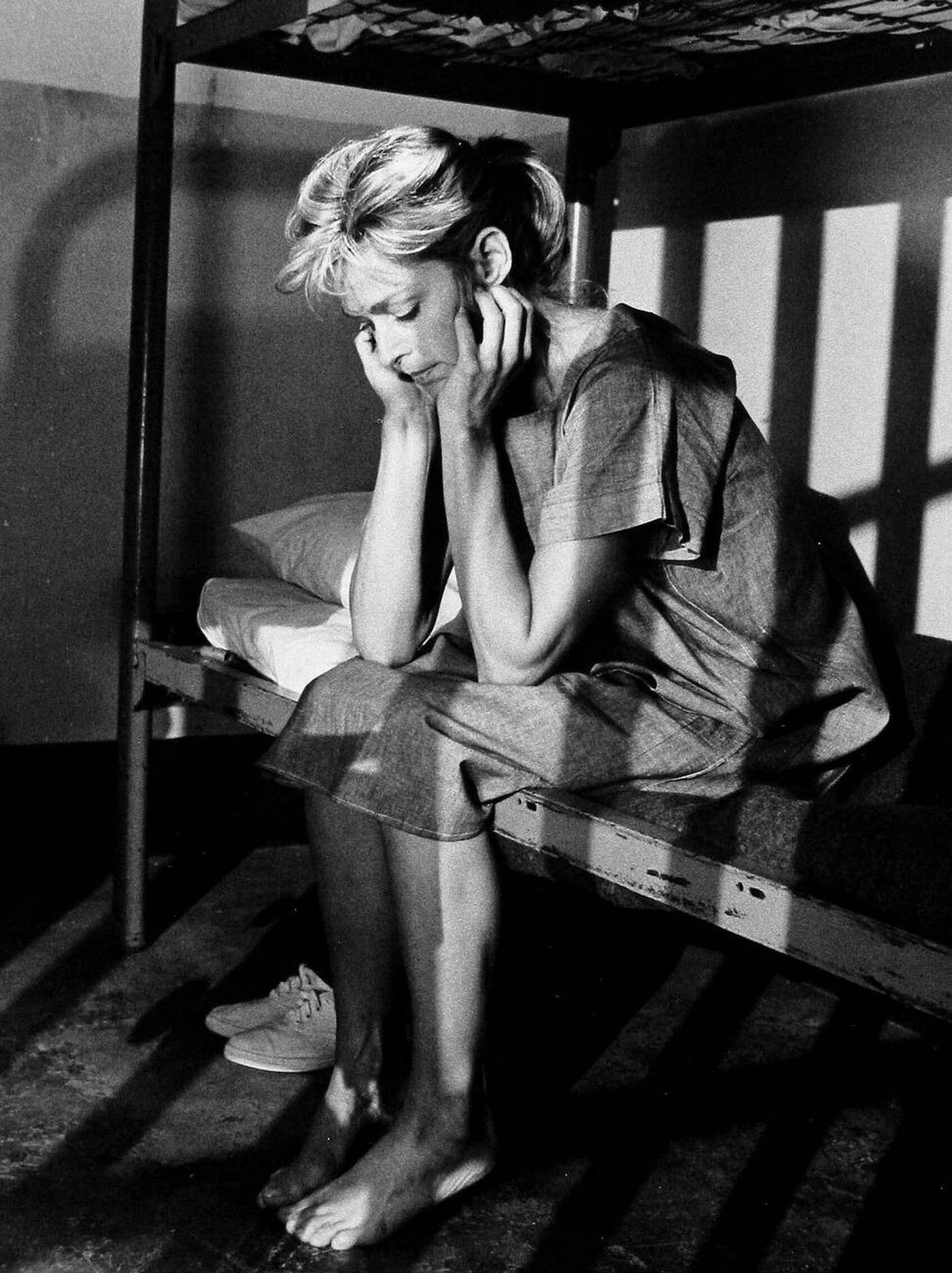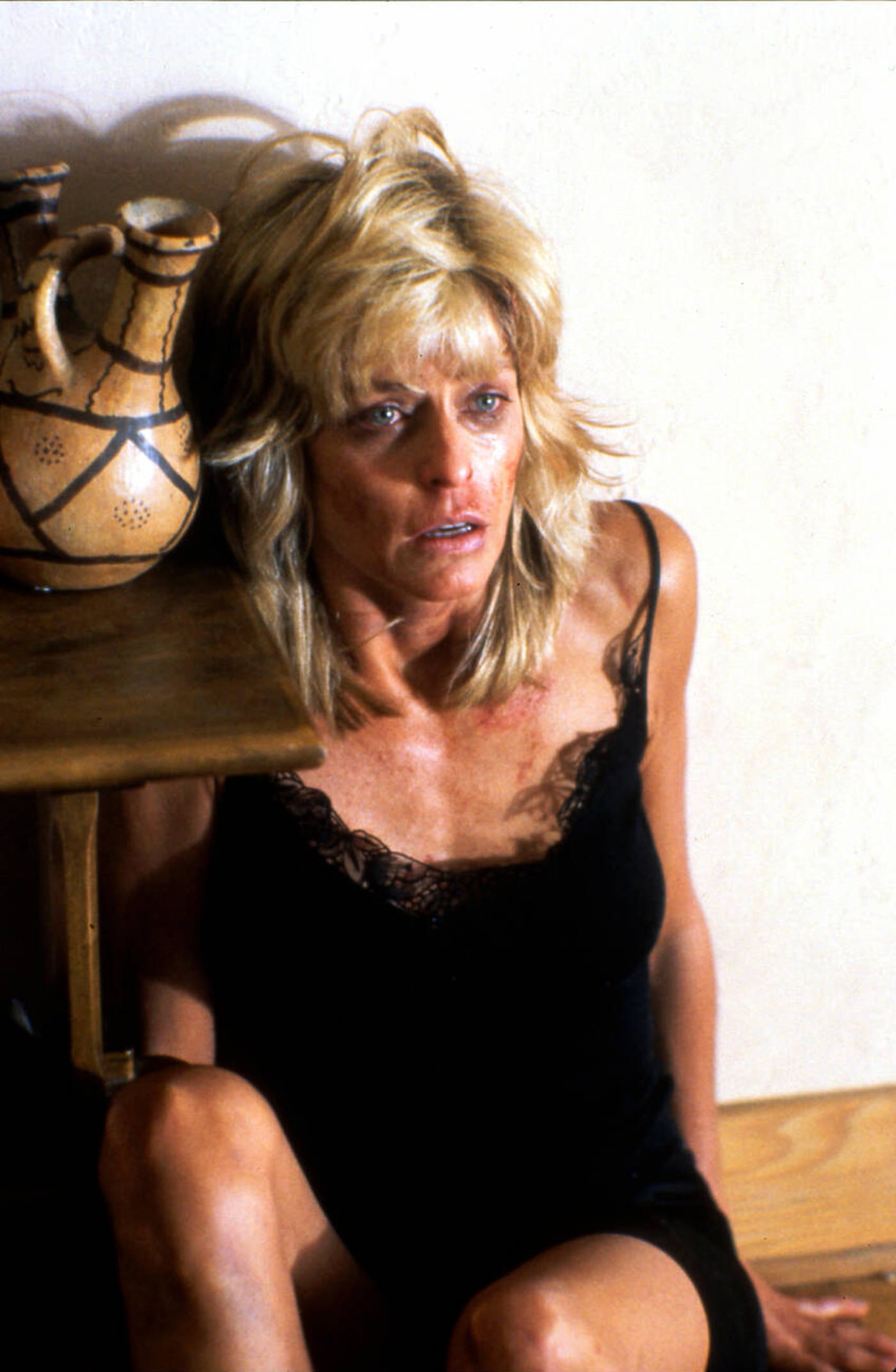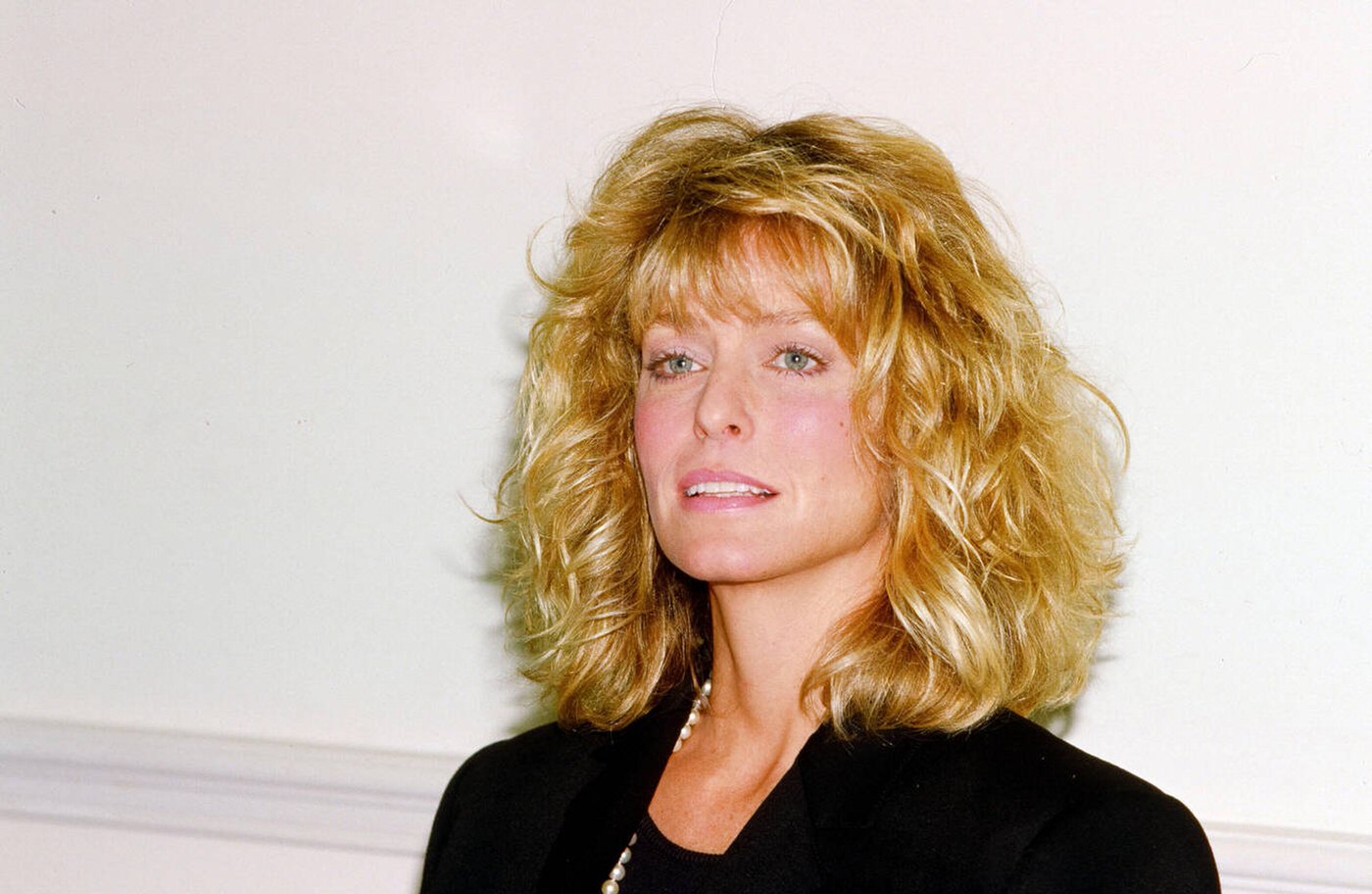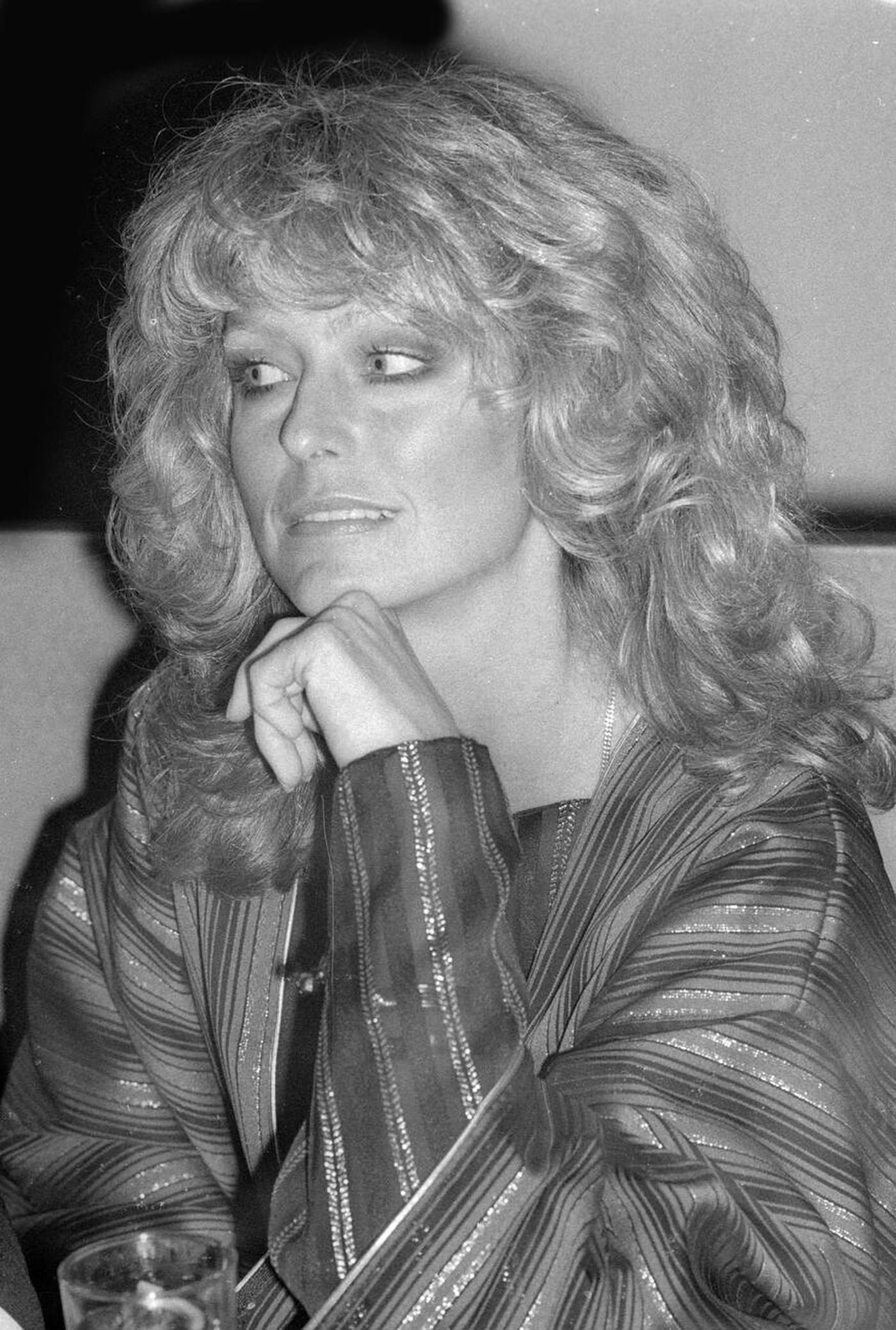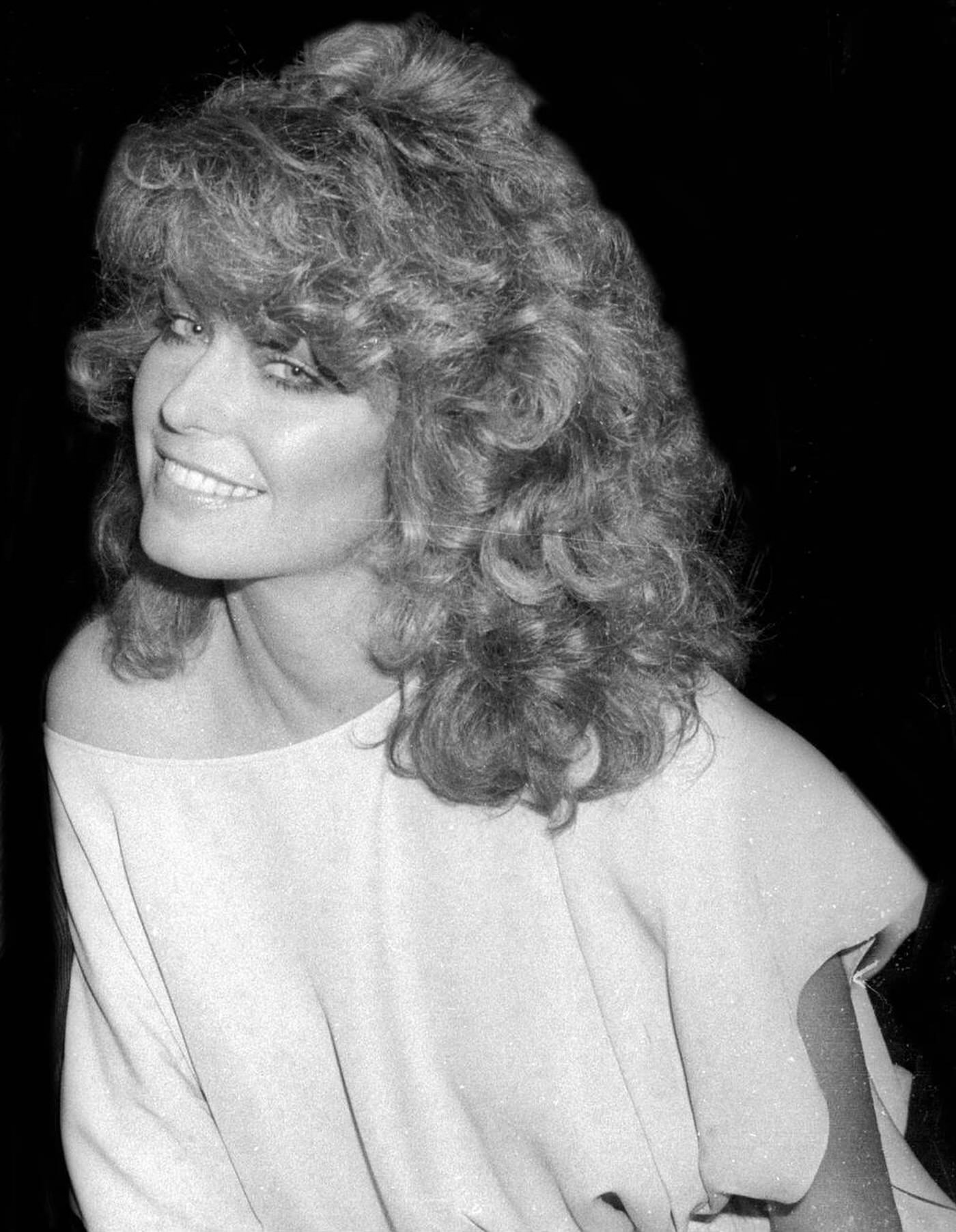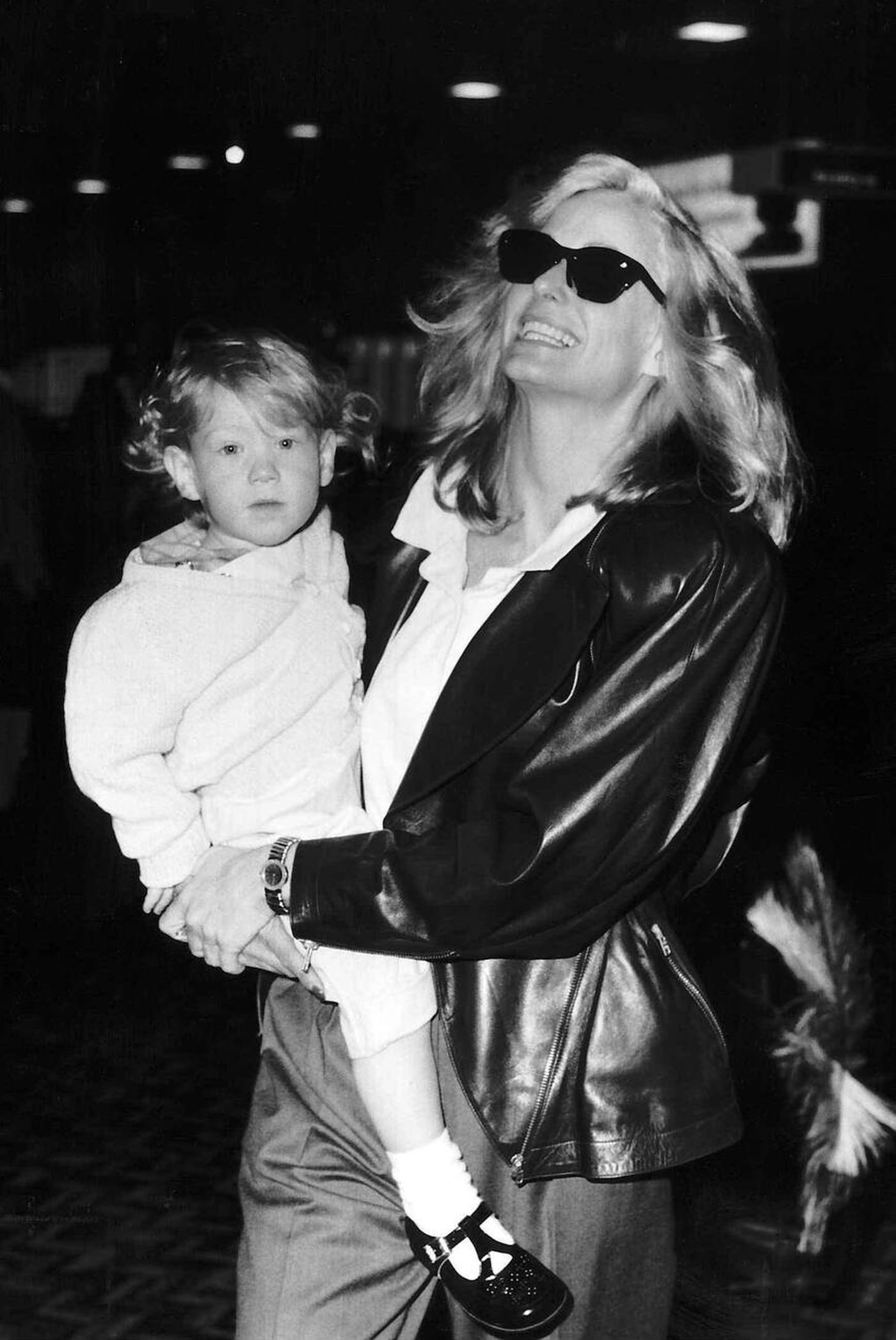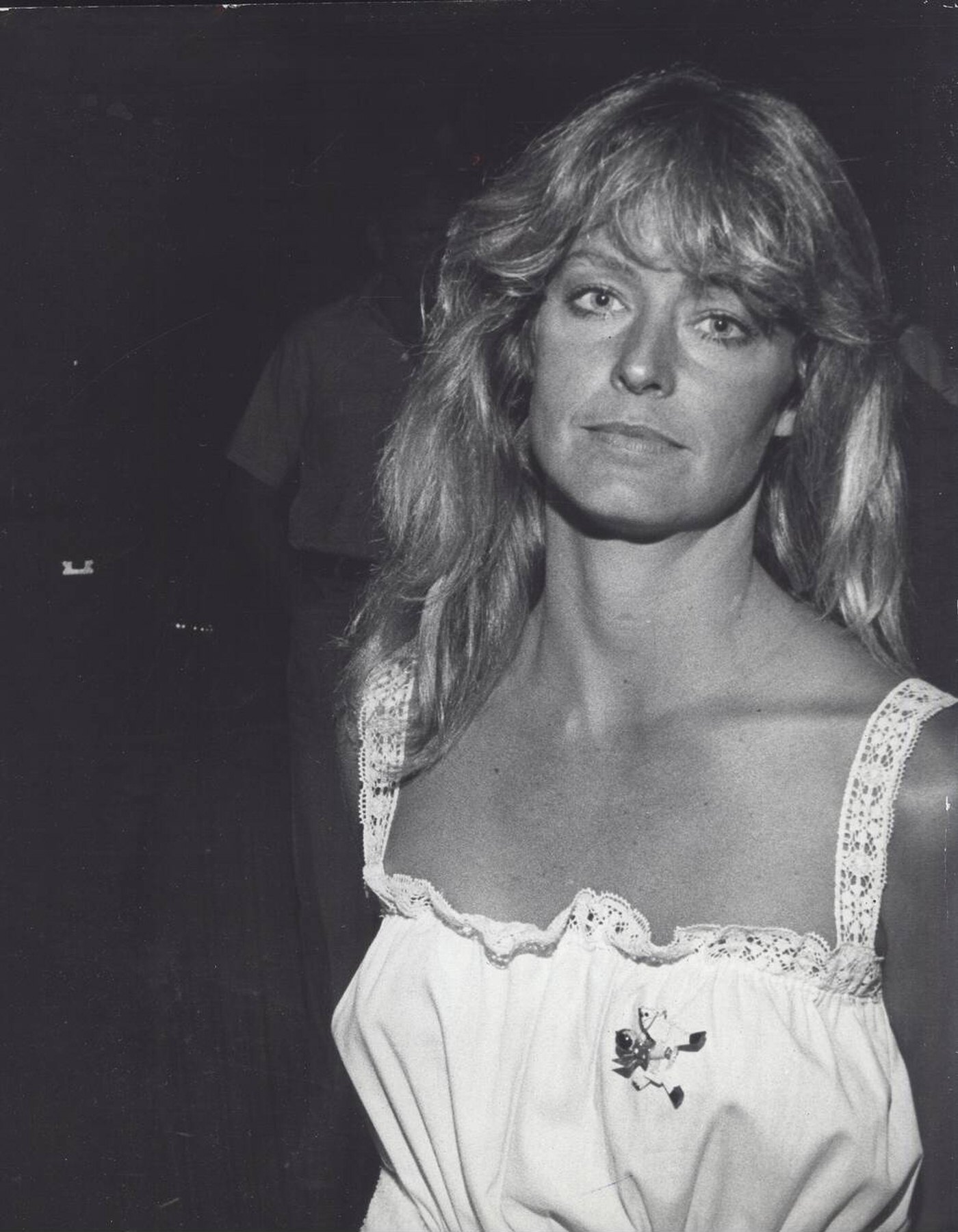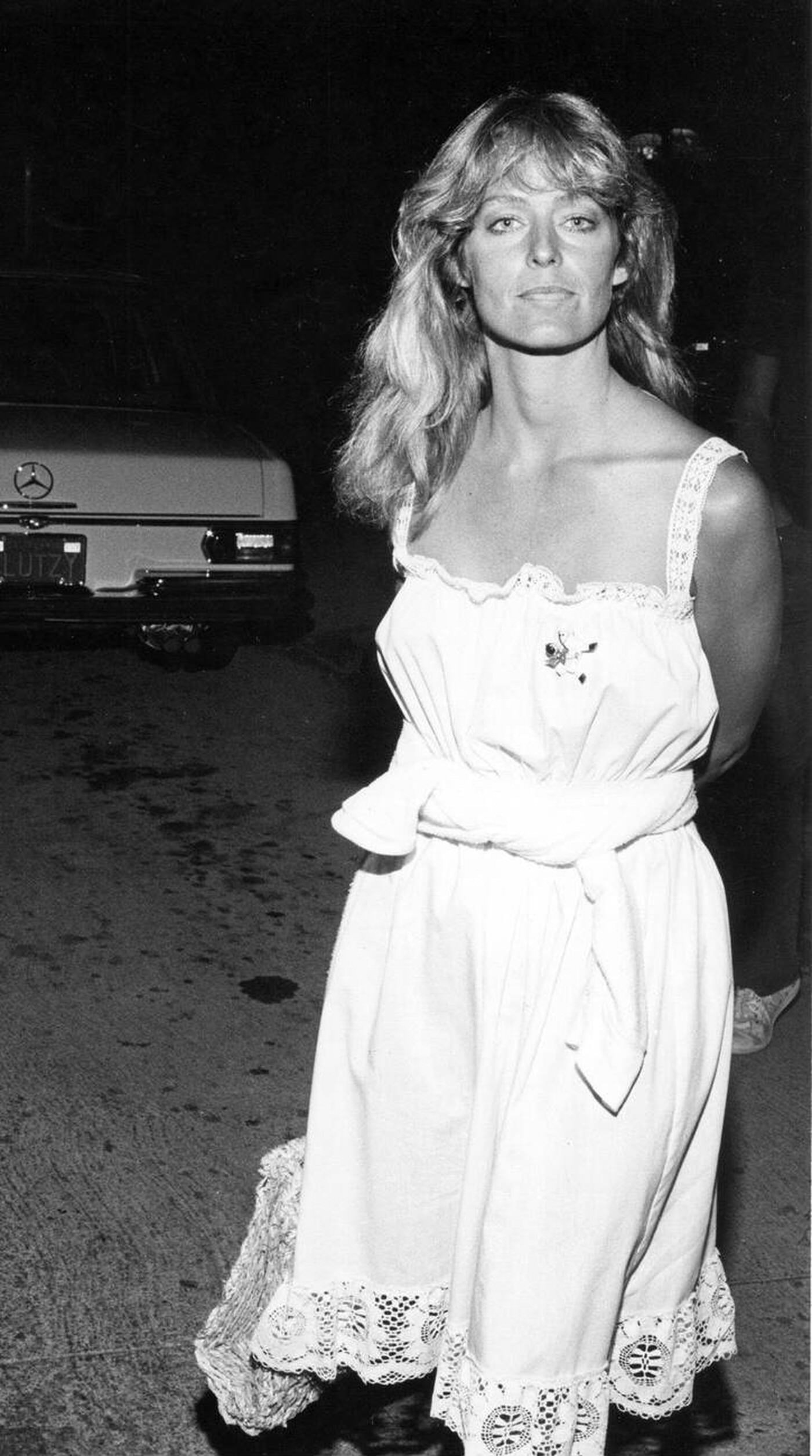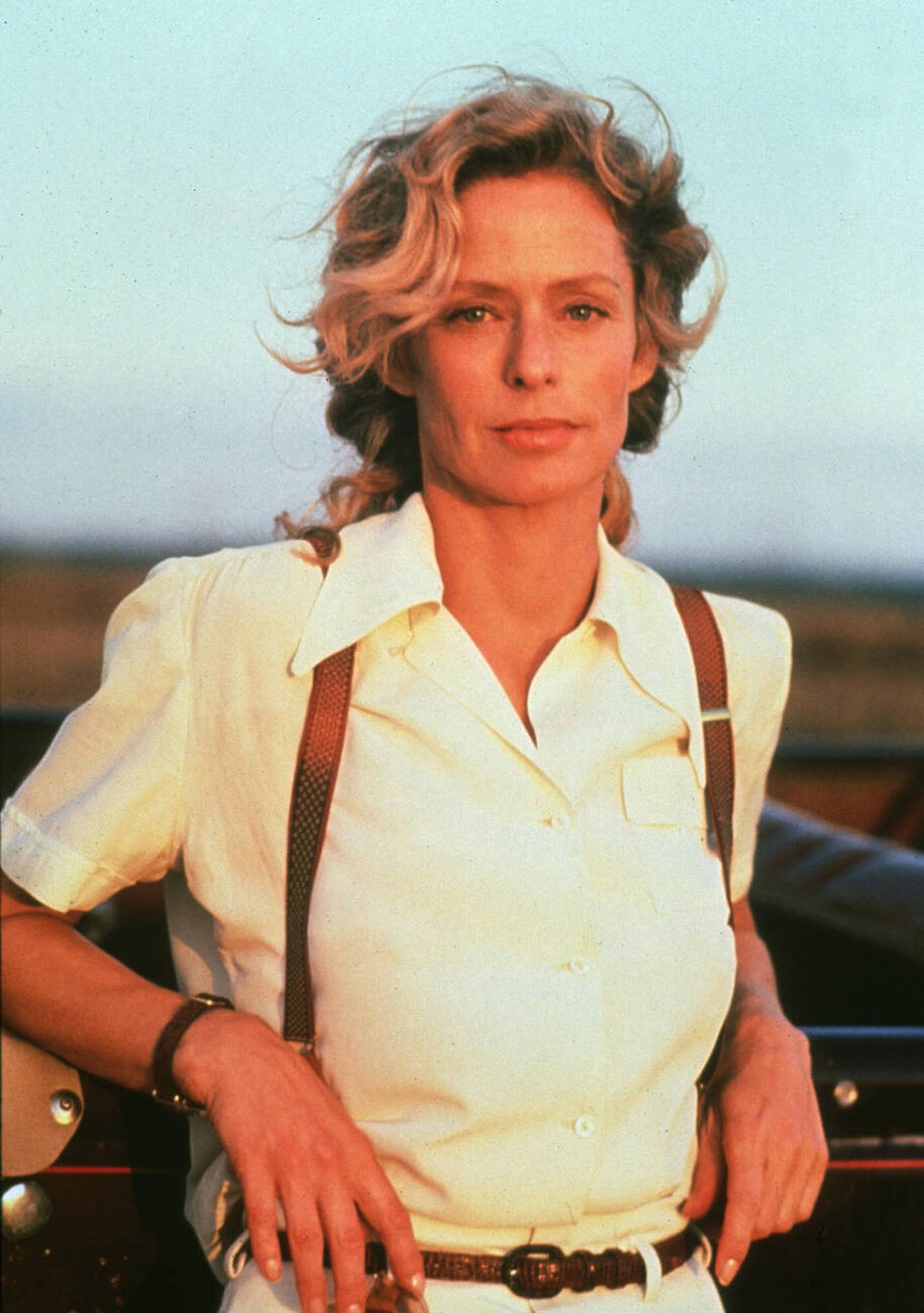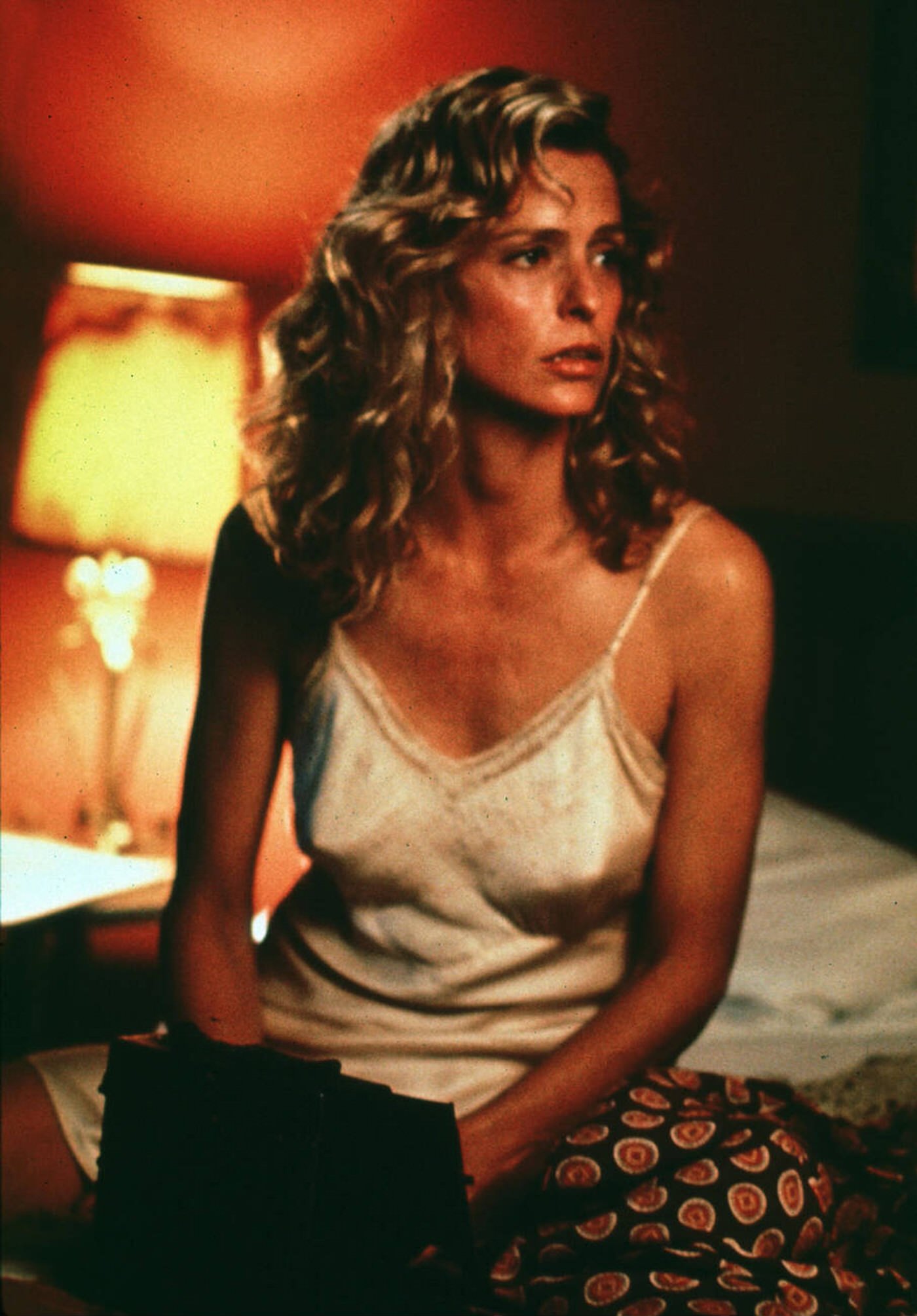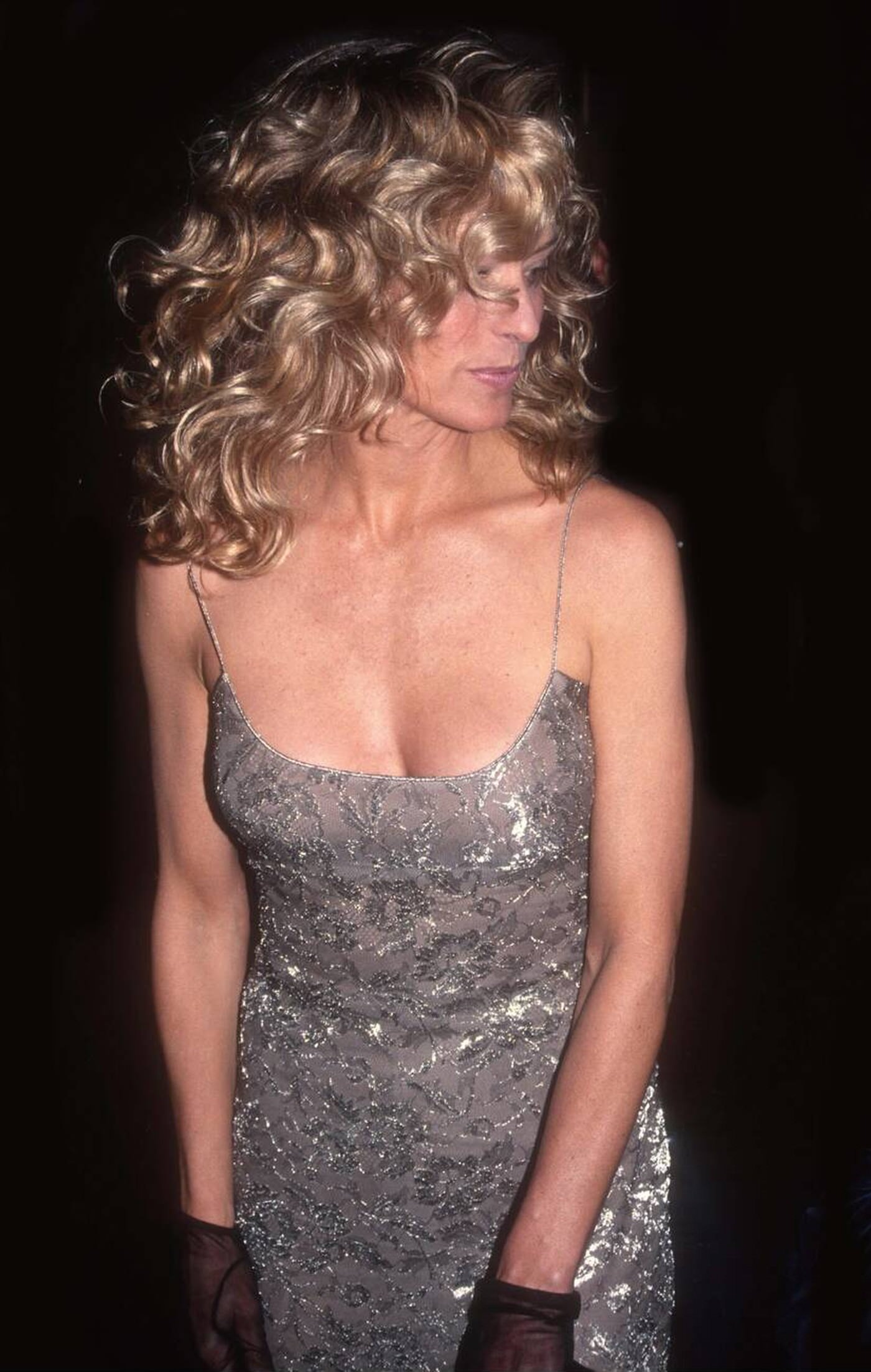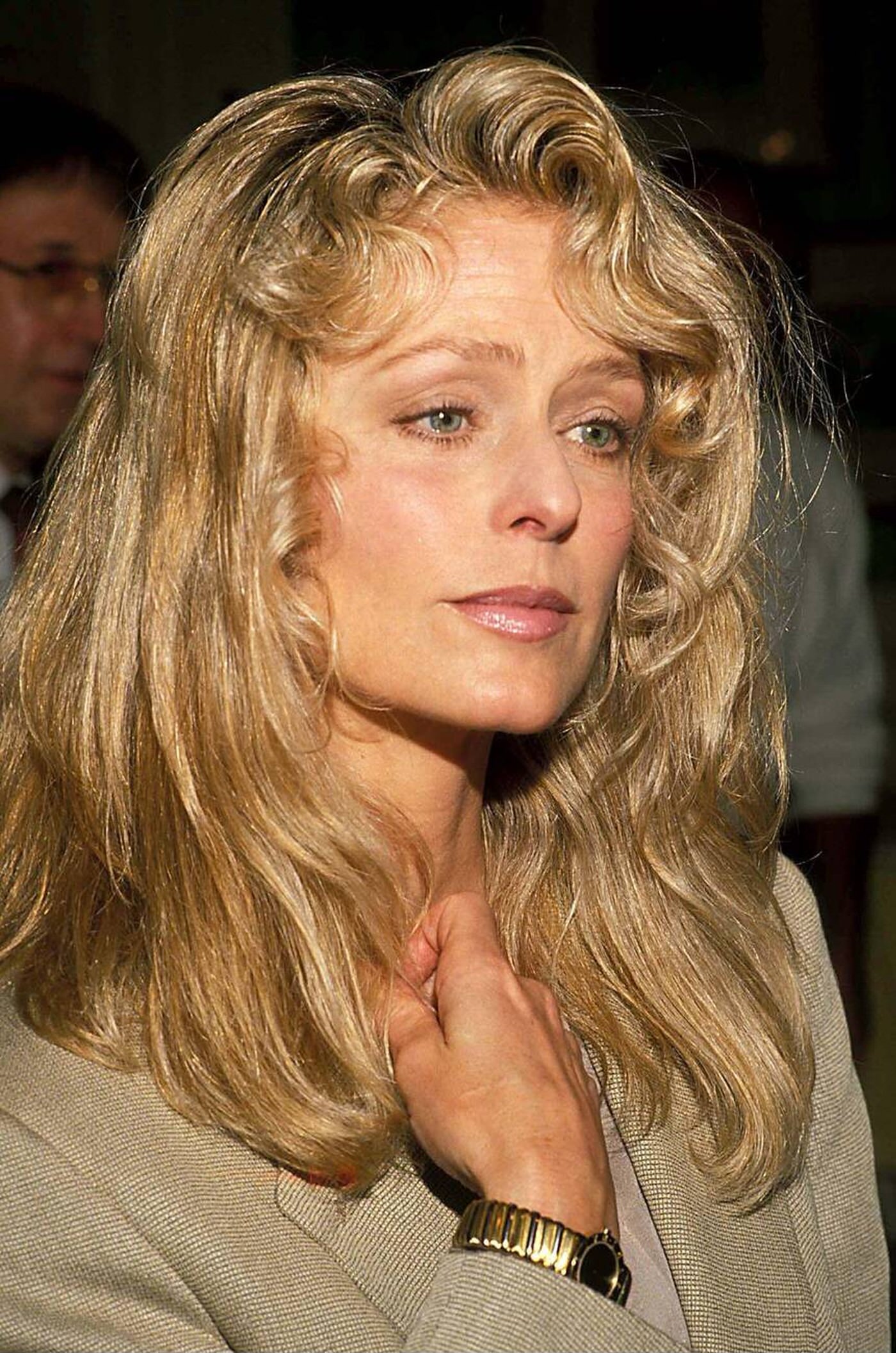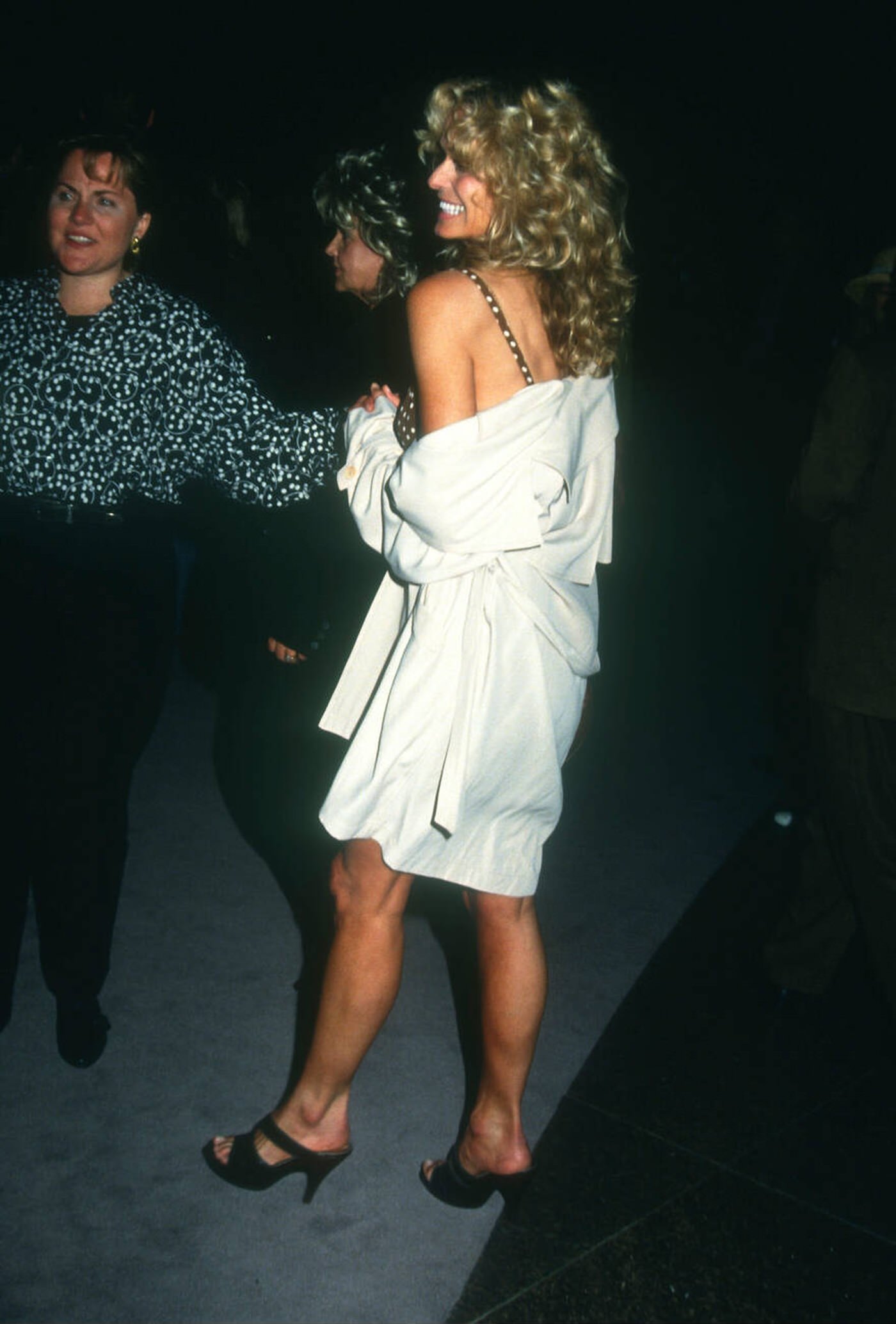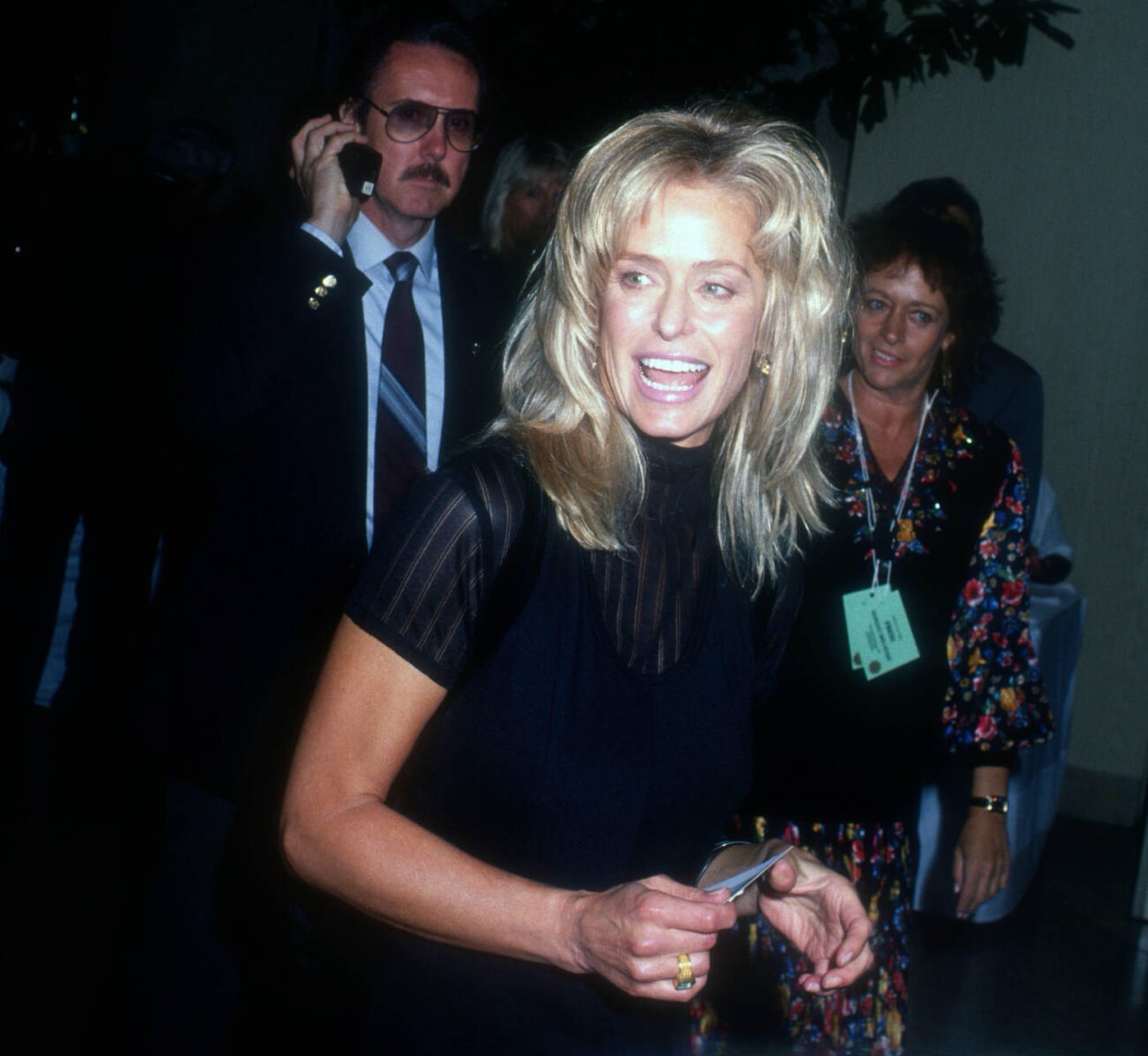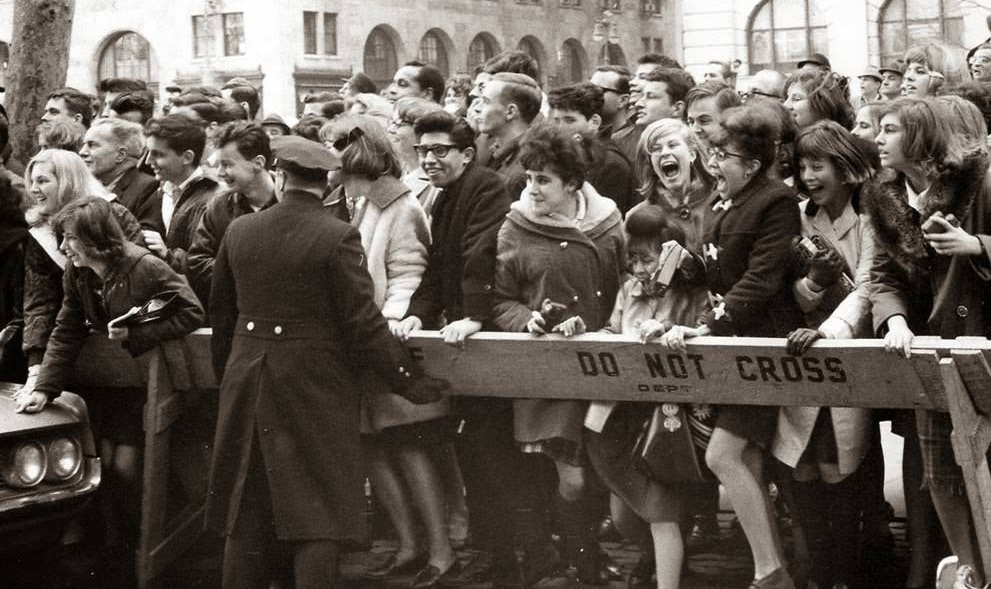Long before she was a global icon, she was Ferrah Leni Fawcett, a girl from Corpus Christi, Texas, with a dazzling smile and an unstoppable athletic spirit. Born in 1947 to an oil field contractor and a homemaker, she was raised in a traditional Catholic household. From a young age, Farrah was the quintessential all-American girl. She was a gifted athlete, excelling on the tennis court, and her sun-kissed beauty was so undeniable that her high school classmates voted her “Most Beautiful” without a second thought. This Texas sunbeam had a glow that was impossible to ignore, and it was only a matter of time before the rest of the world noticed.
A Campus Queen Catches Hollywood’s Eye
In the mid-1960s, Farrah enrolled at the University of Texas at Austin to study art. As a member of the Delta Delta Delta sorority, her legendary beauty quickly became the talk of the campus. Her fame grew beyond the university grounds when a campus publicist submitted her photo to a national magazine, which featured her in a story on the country’s most beautiful college students.
That feature changed her life forever. In Hollywood, an agent named David Mirisch saw her picture and was instantly convinced he had found a star. He began a relentless campaign to get her to Los Angeles, calling her repeatedly at her sorority house. Farrah was hesitant. Her protective parents wanted her to finish her degree and were wary of the Hollywood scene. But Mirisch was persistent. Finally, Farrah and her parents agreed to a deal: she would go to Hollywood for the summer to try her luck, and if things didn’t work out, she would return to Austin in the fall to complete her education. She arrived in Los Angeles in 1968. She never went back to college.
Read more
Commercials, Guest Spots, and a Famous Husband
Fame did not come overnight. Farrah’s early career was a steady grind of building a reputation one small job at a time. She quickly became a fresh, in-demand face for television commercials. Her radiant smile and girl-next-door charm made her a natural at selling products. One of her most memorable early gigs was for Wella Balsam shampoo, an ad that helped make her soon-to-be-famous hair a topic of conversation. She also famously appeared in a series of commercials for the Mercury Cougar, where she posed elegantly next to the powerful, sleek car and its live animal namesake.
These successful ad campaigns opened the door to acting roles. Throughout the early 1970s, she became a familiar face to television viewers, landing a string of guest spots on the era’s biggest shows, including I Dream of Jeannie, The Partridge Family, and Owen Marshall, Counselor at Law.
It was during this time that her personal life began to make headlines. Soon after arriving in Hollywood, she was set up on a blind date with Lee Majors, the handsome, rugged star of the hit TV western The Big Valley. The connection was immediate. They became one of Hollywood’s most glamorous and photographed couples. In 1973, they married, and she became Farrah Fawcett-Majors. Her husband was about to become an even bigger star as the lead in the new hit series The Six Million Dollar Man, and Farrah often appeared in guest roles on his show. Their high-profile marriage elevated her from a working actress to a genuine Hollywood celebrity.
The Poster That Stopped the World
In 1976, two events happened that transformed Farrah from a celebrity into a global phenomenon. The first was a photoshoot for a poster company. A marketing company approached her about doing a pin-up poster, and she agreed, but only on her own terms. She would have complete creative control.
She hired her own photographer and chose the location: the backyard of the Bel Air home she shared with Lee Majors. She did her own hair, styling it into the feathered, windswept waves that were becoming her signature. She did her own makeup, keeping it fresh and natural. Rejecting a bikini, she selected a simple, one-piece red bathing suit. For a backdrop, she grabbed a cheap, striped Mexican blanket and draped it over a chair.
The resulting image was pure lightning in a bottle. It was a perfect storm of sun-kissed California beauty, natural charm, and effortless sex appeal. The poster became a cultural landmark. It sold an astonishing 12 million copies, making it the best-selling poster of all time. It was pinned to the bedroom walls of teenage boys and tacked up in college dorms and military barracks across the world. It was more than a picture; it was the definitive image of 1970s beauty and the launching pad for a new level of superstardom.
An Angel Takes Flight
The second world-changing event of 1976 was a call from producer Aaron Spelling. He was casting a new, innovative TV series about three beautiful female private detectives who take their orders from a mysterious, unseen millionaire. The show was called Charlie’s Angels.
Farrah was cast as Jill Munroe, the sporty, athletic Angel, alongside the sophisticated Kate Jackson and the elegant Jaclyn Smith. The show premiered in September 1976 and was an immediate, runaway hit. It was the ultimate escapist television, a perfect blend of action, glamour, and style.
While the show made all three women stars, Farrah became the breakout sensation. Her fame, already ignited by the red swimsuit poster, exploded into the “Farrah Phenomenon.” Her famous feathered hairstyle became the most requested hairdo of the decade. Women across the world flocked to salons with her picture, asking for “The Farrah.” Her face was suddenly everywhere—on lunchboxes, board games, dolls, and the cover of every major magazine. At the height of her popularity, at the end of the show’s first season, she made a decision that shocked Hollywood. Convinced she could become a serious film actress, she announced she was leaving Charlie’s Angels, a move that prompted a bitter and public lawsuit with the show’s producers. The most famous woman on television, the face of a cultural movement, was walking away from it all, betting everything on herself to prove she was more than just a poster on a wall.


